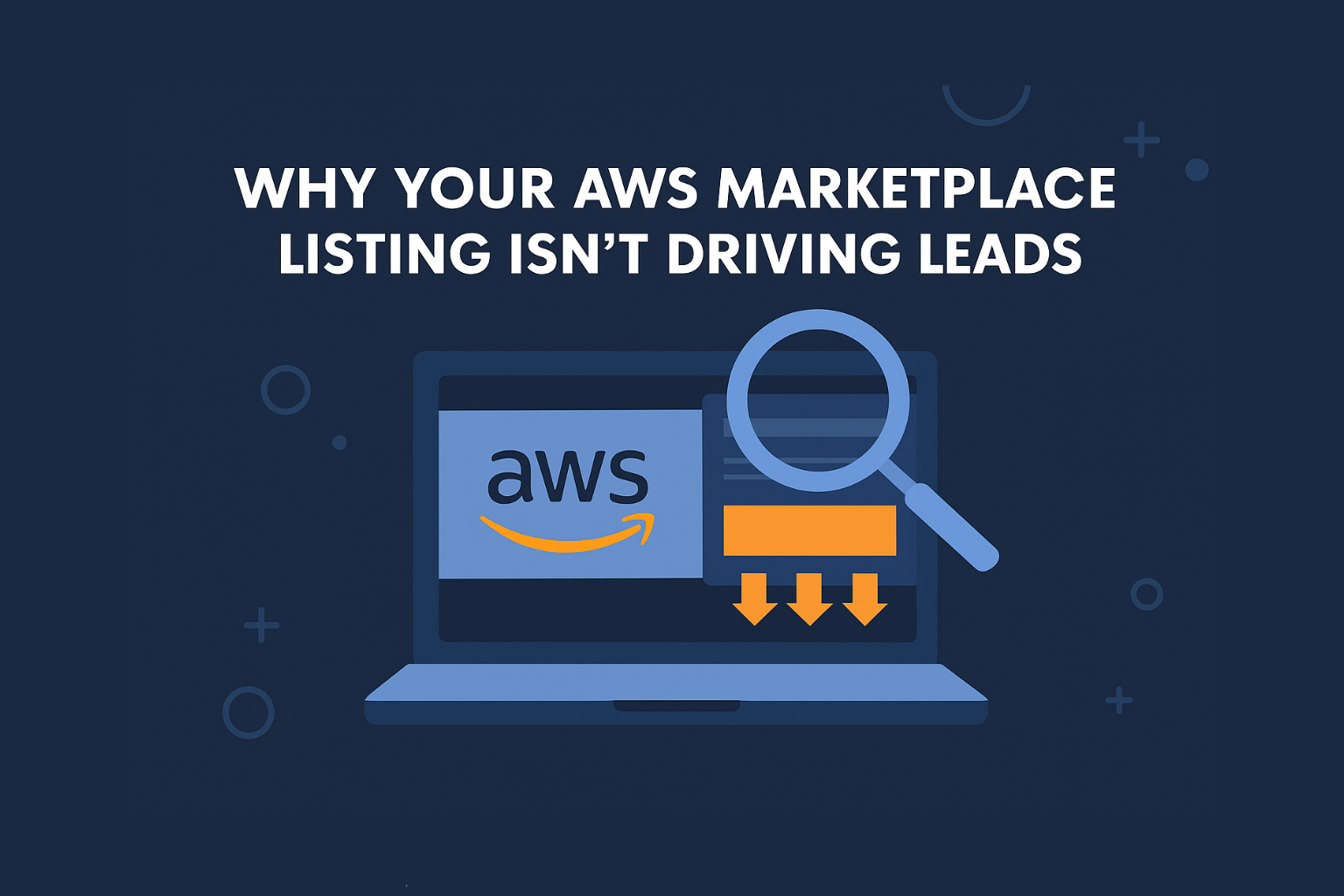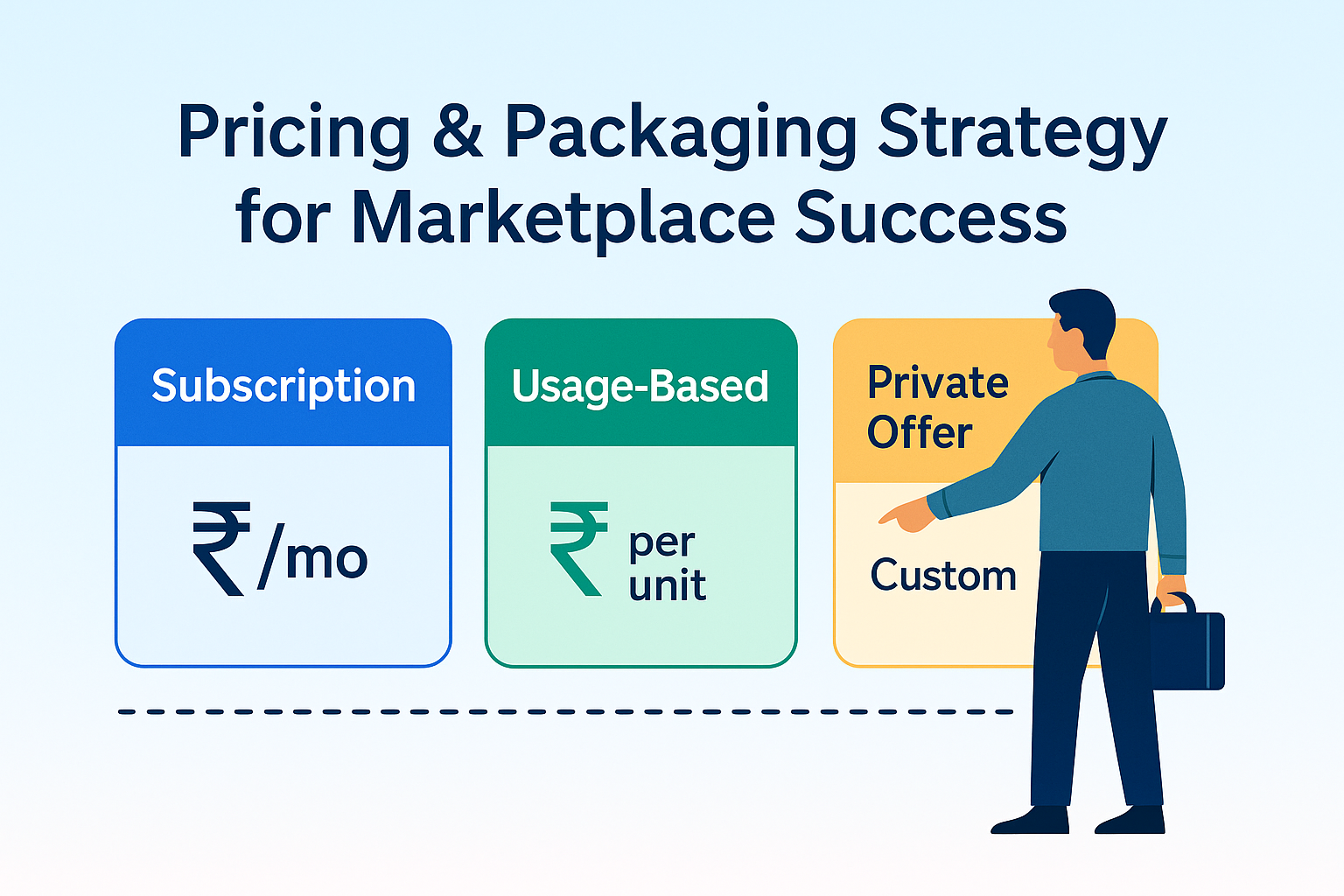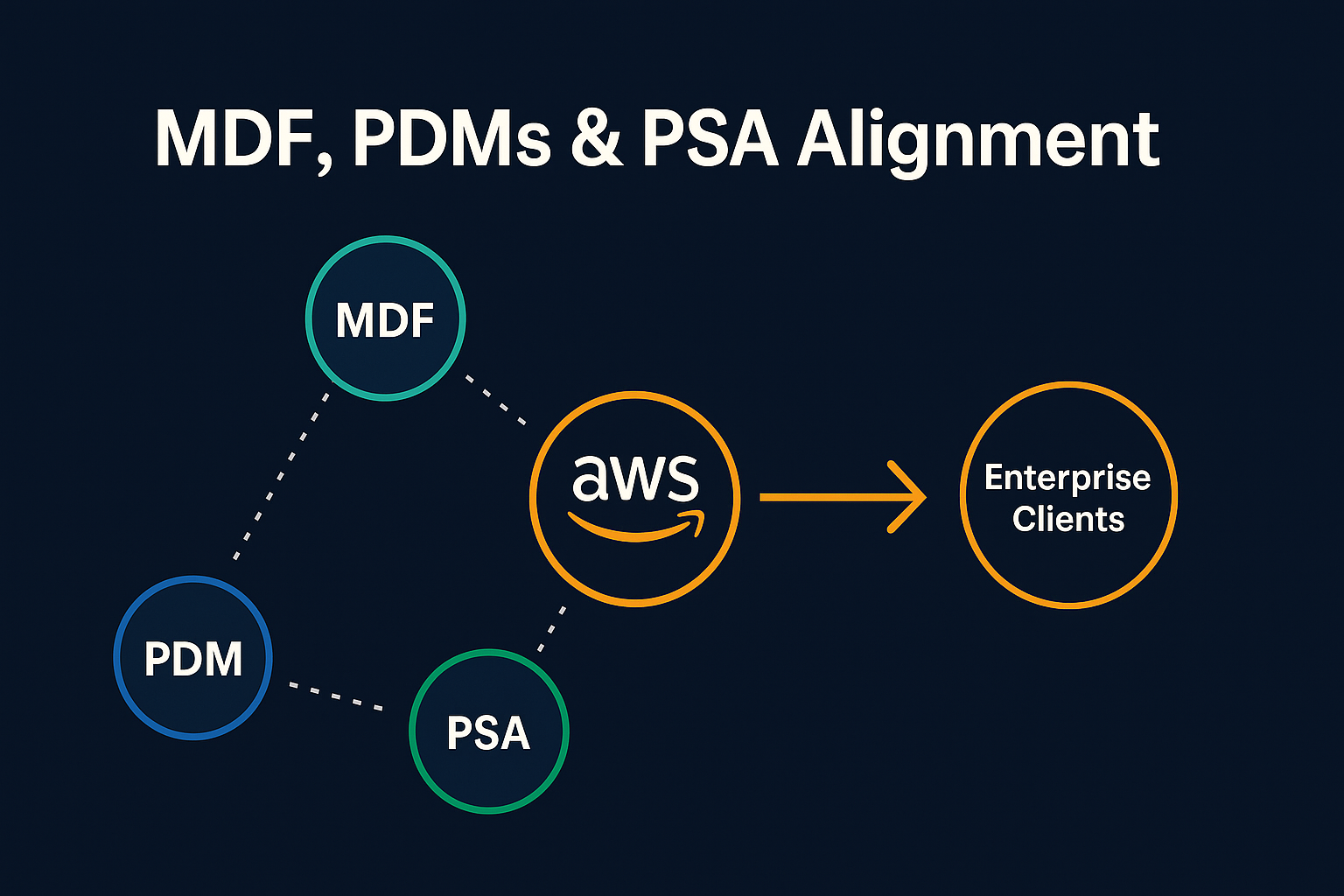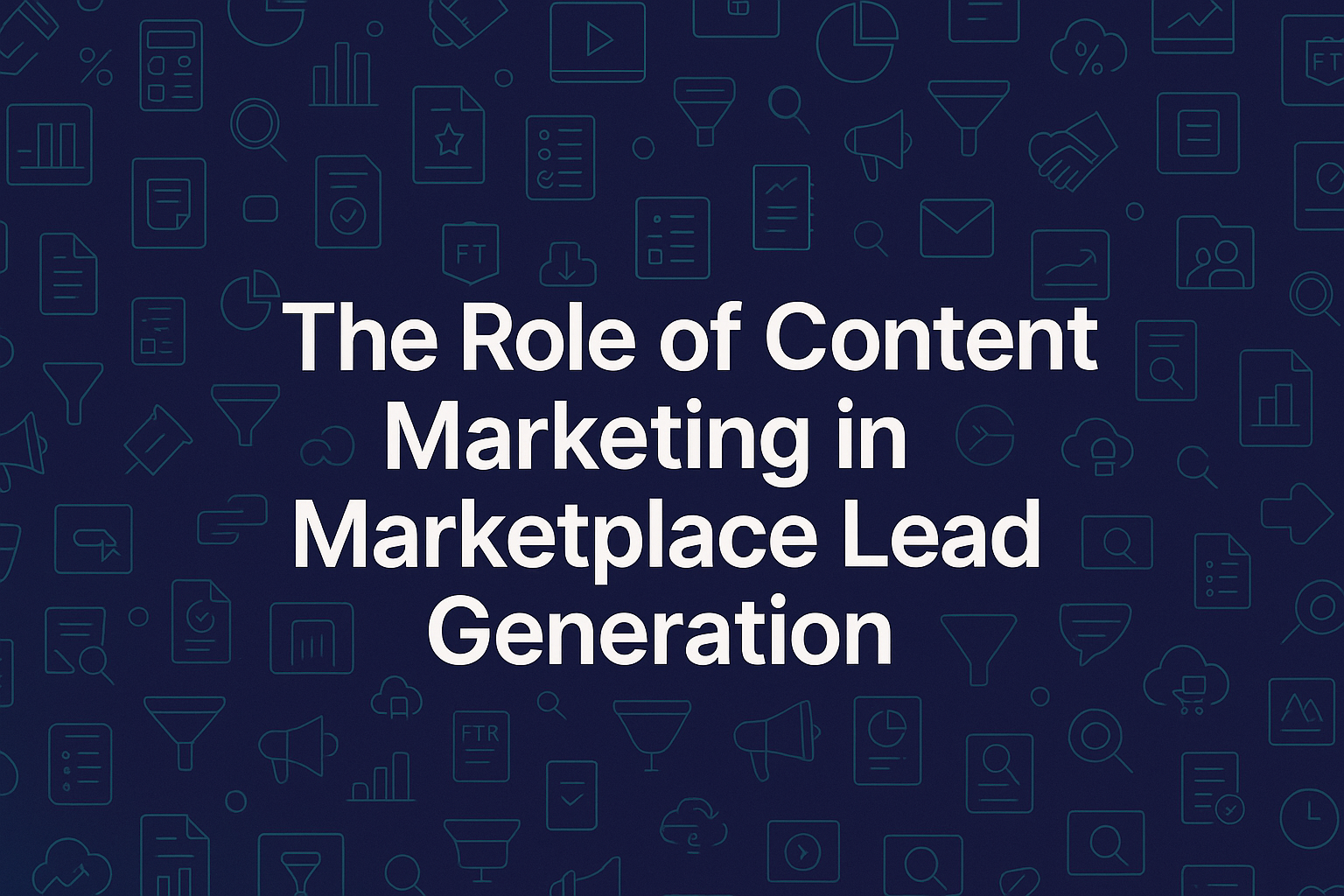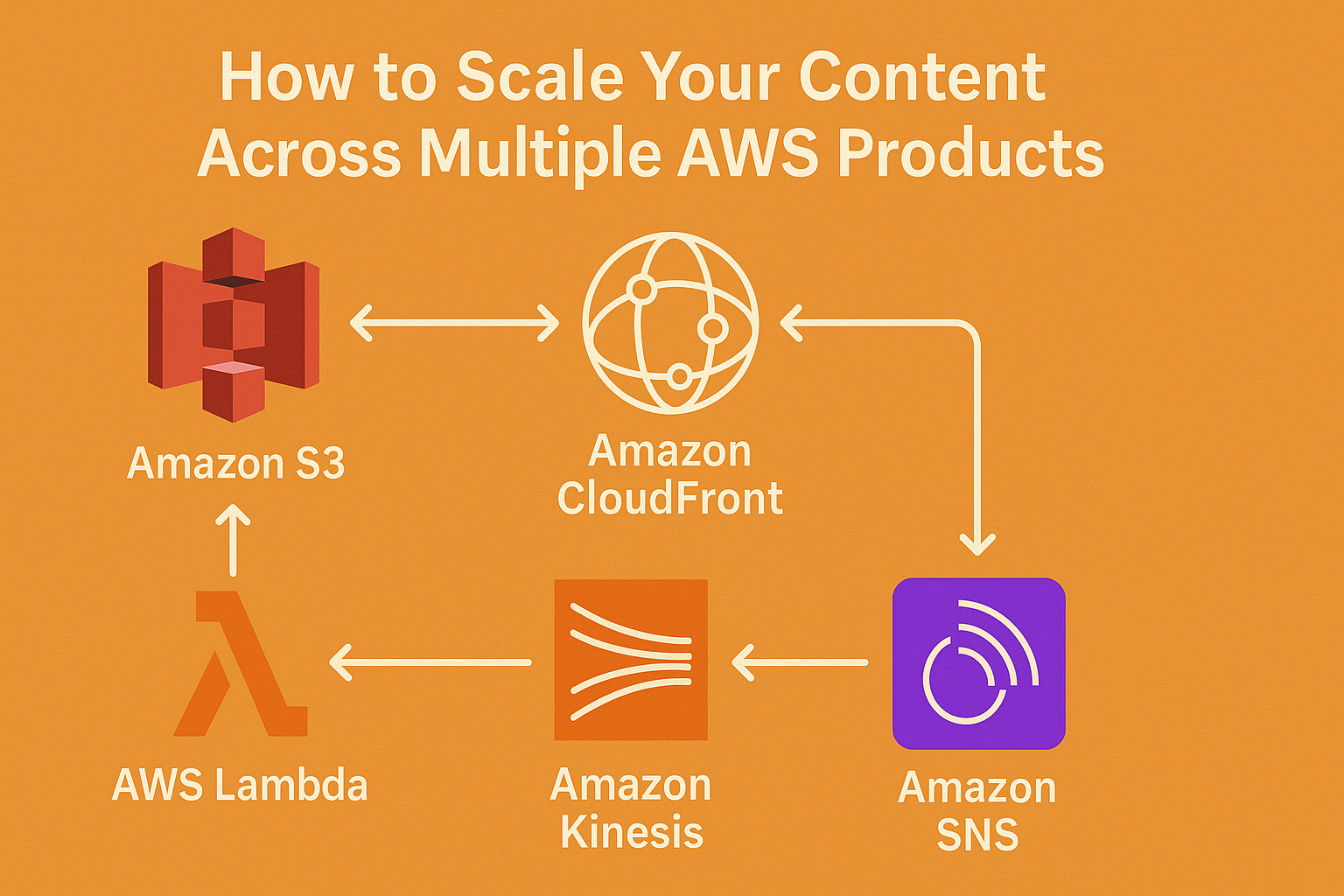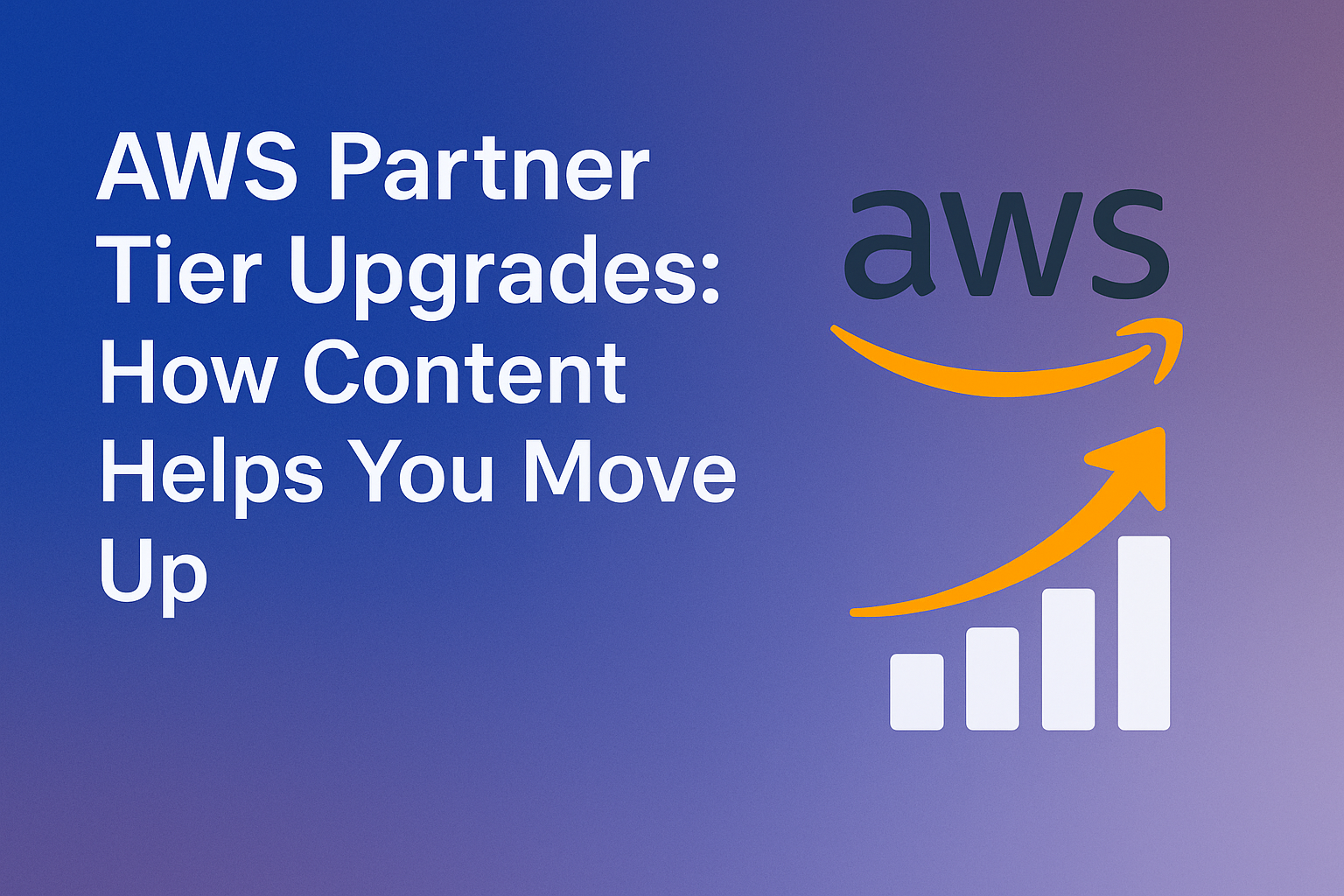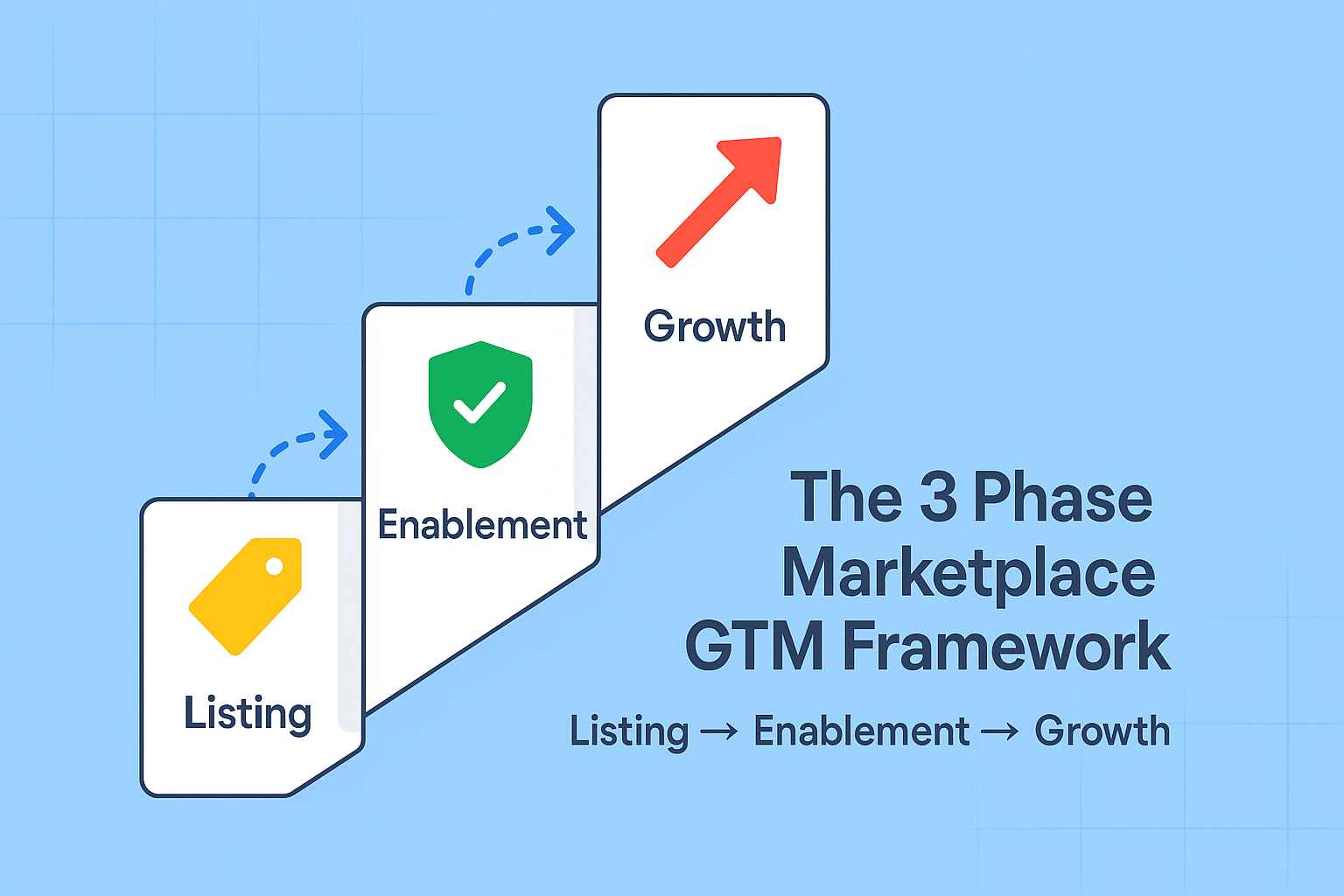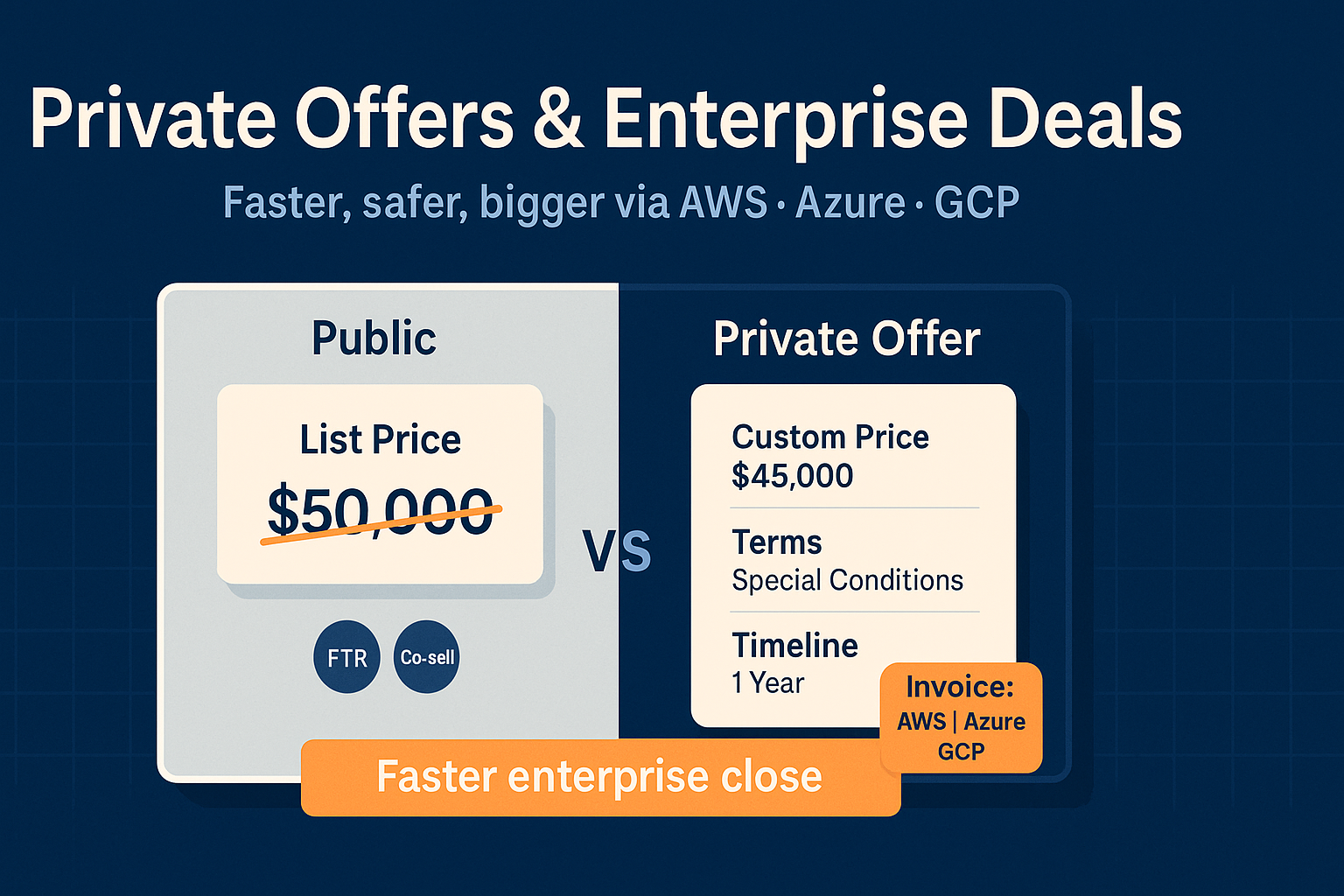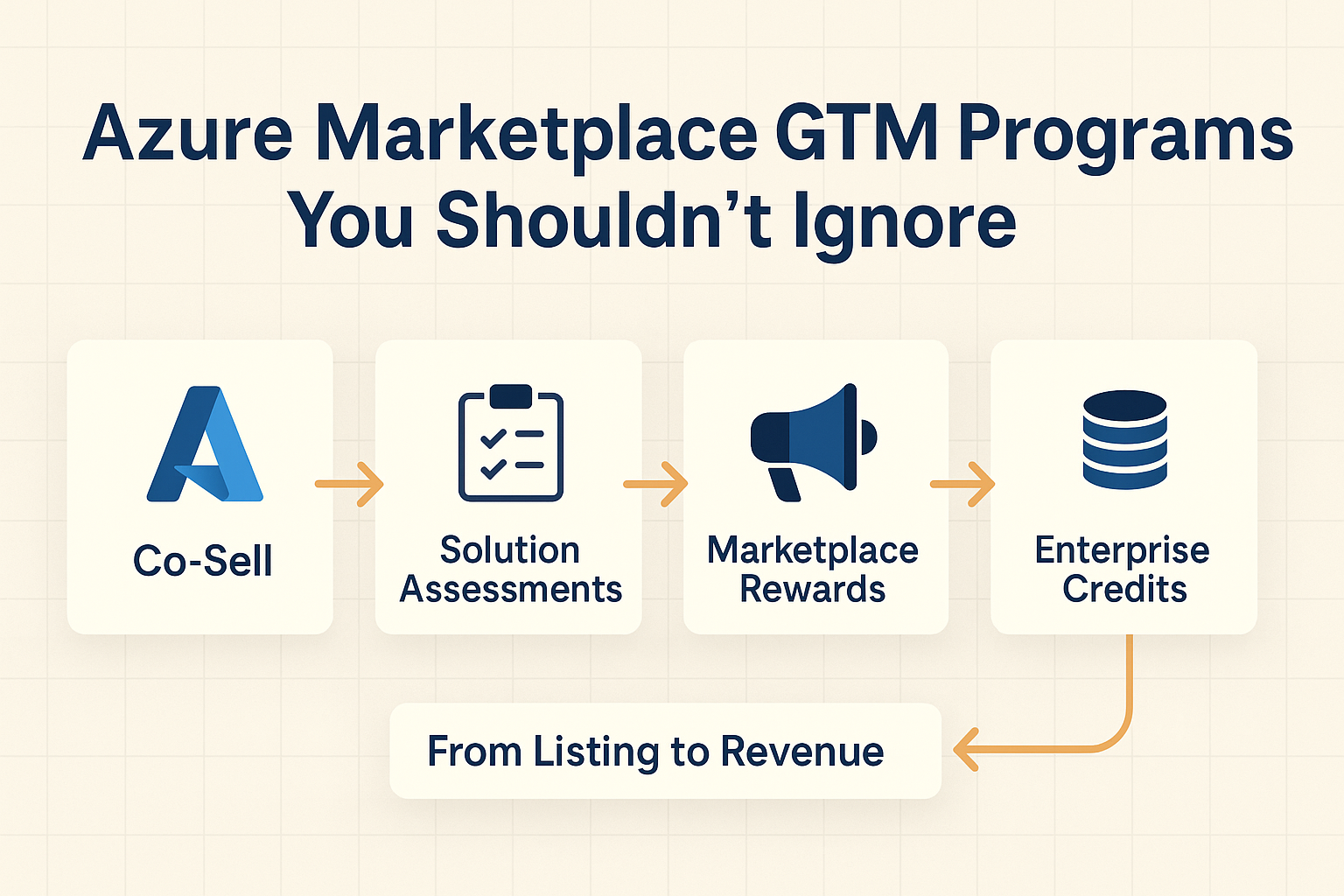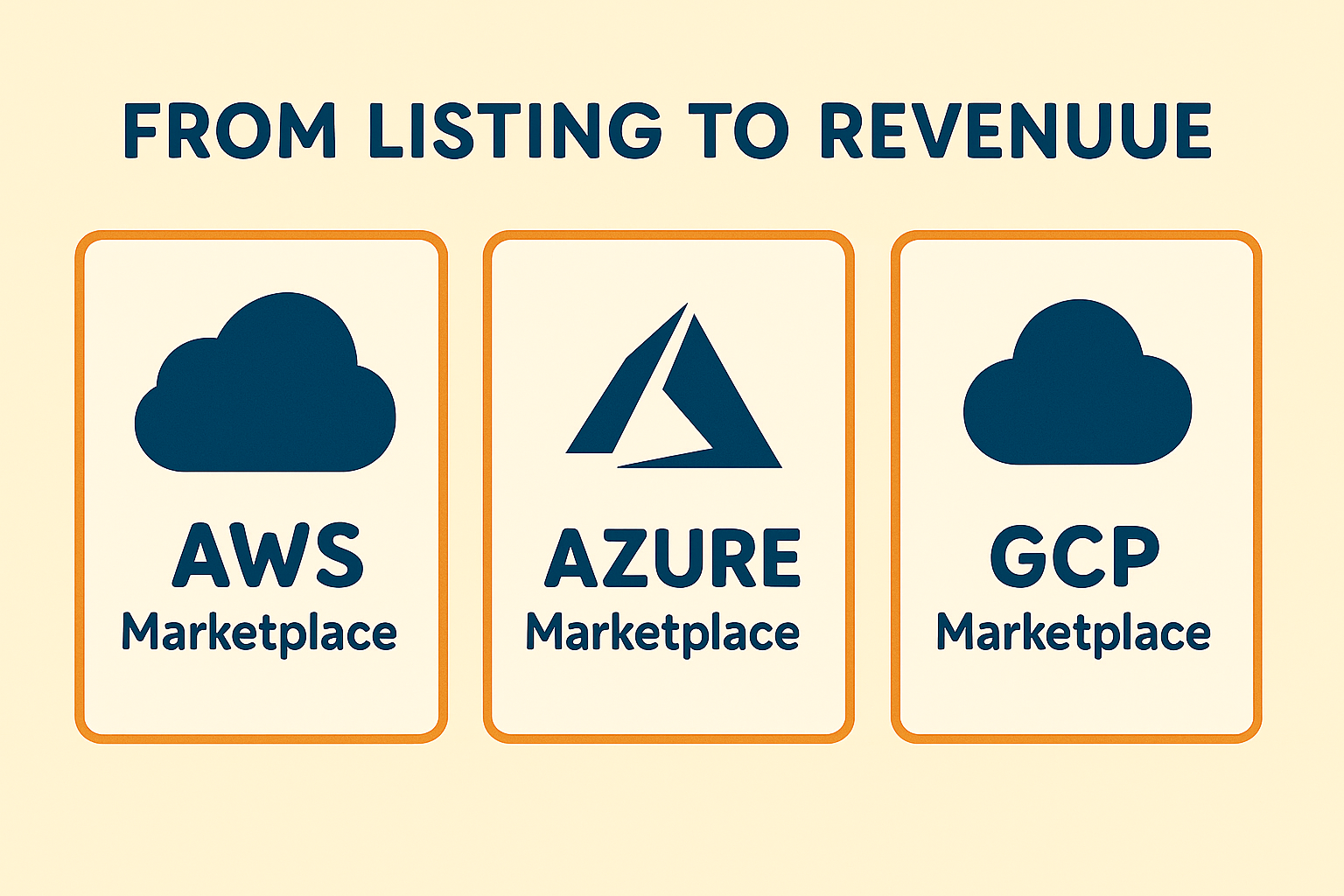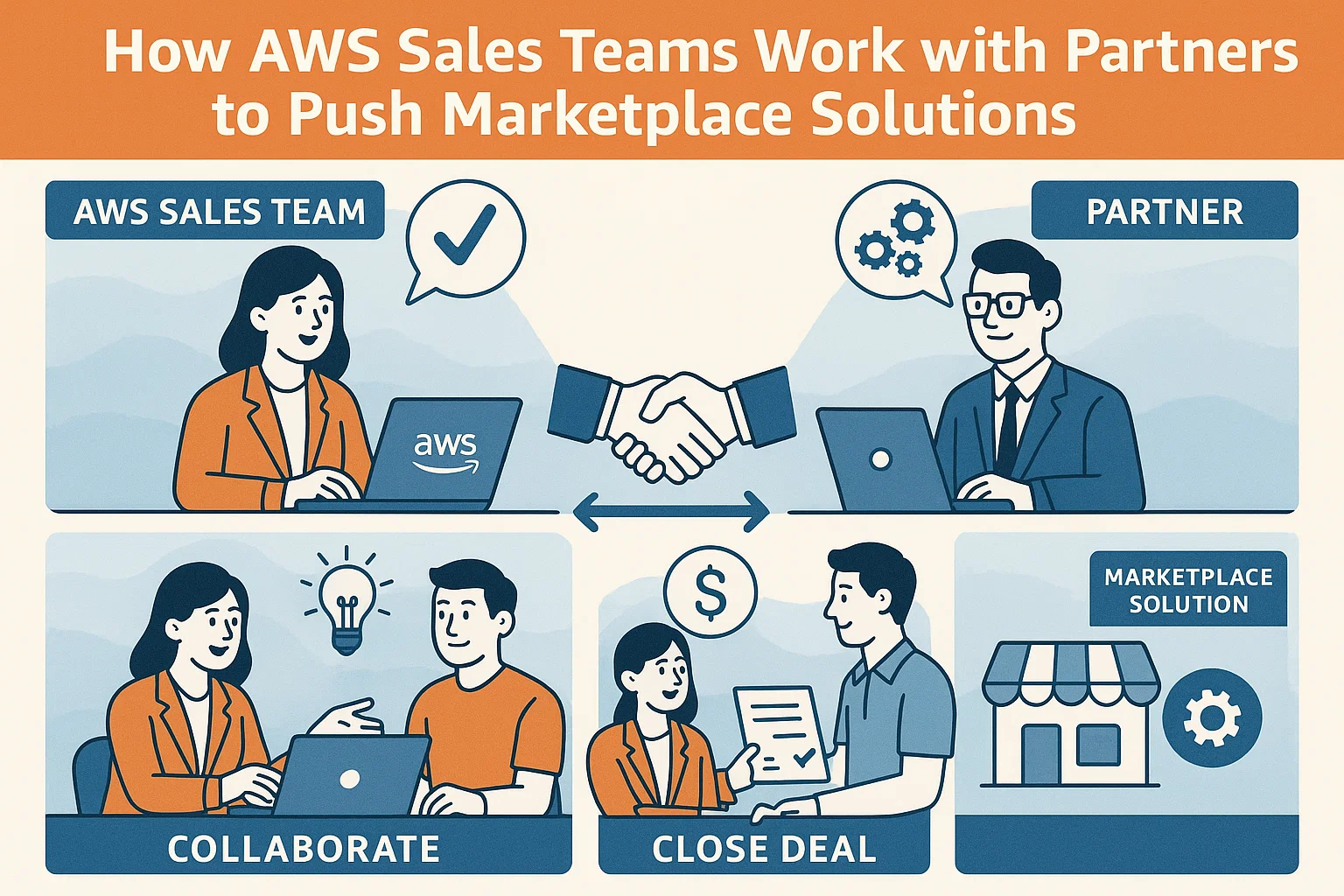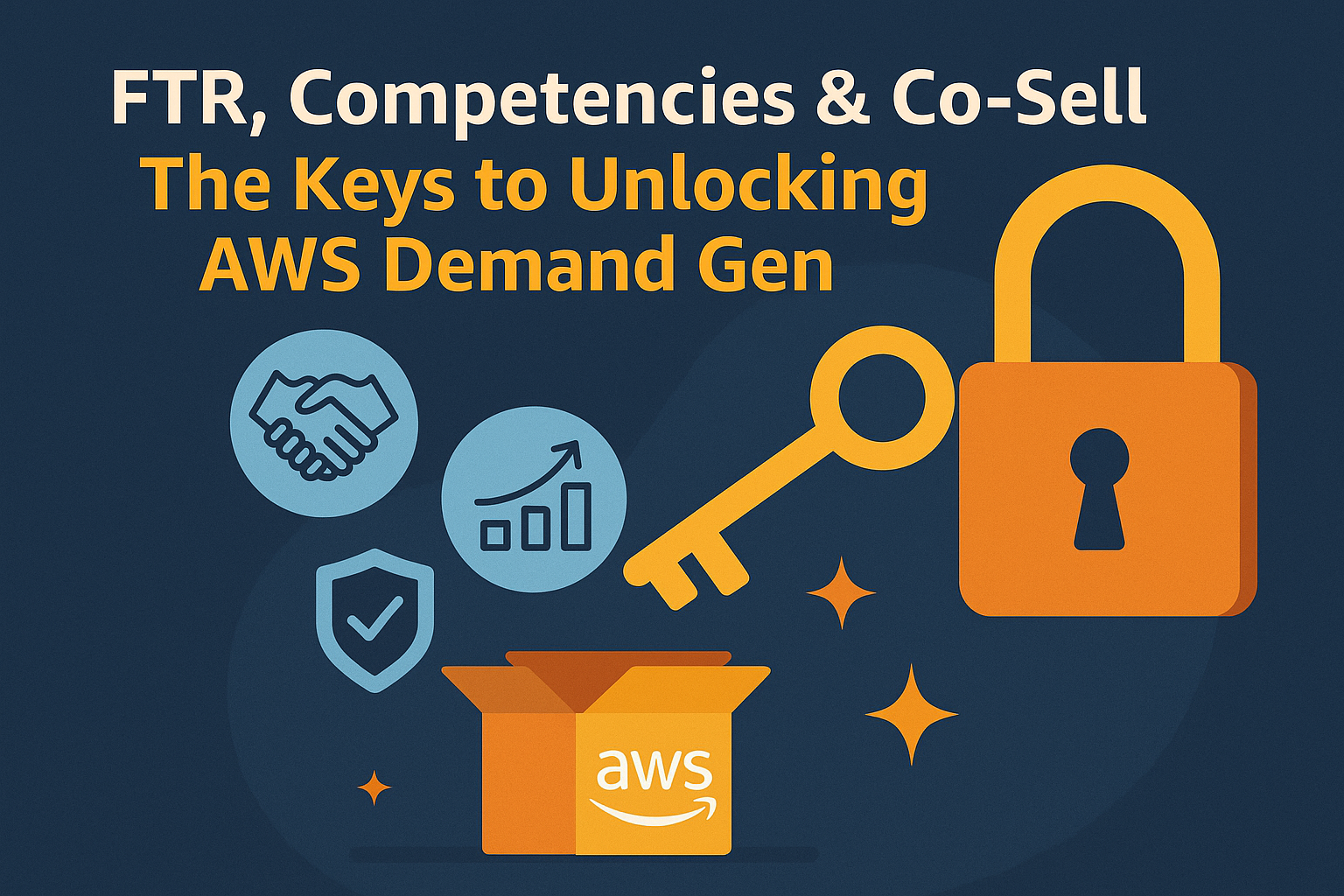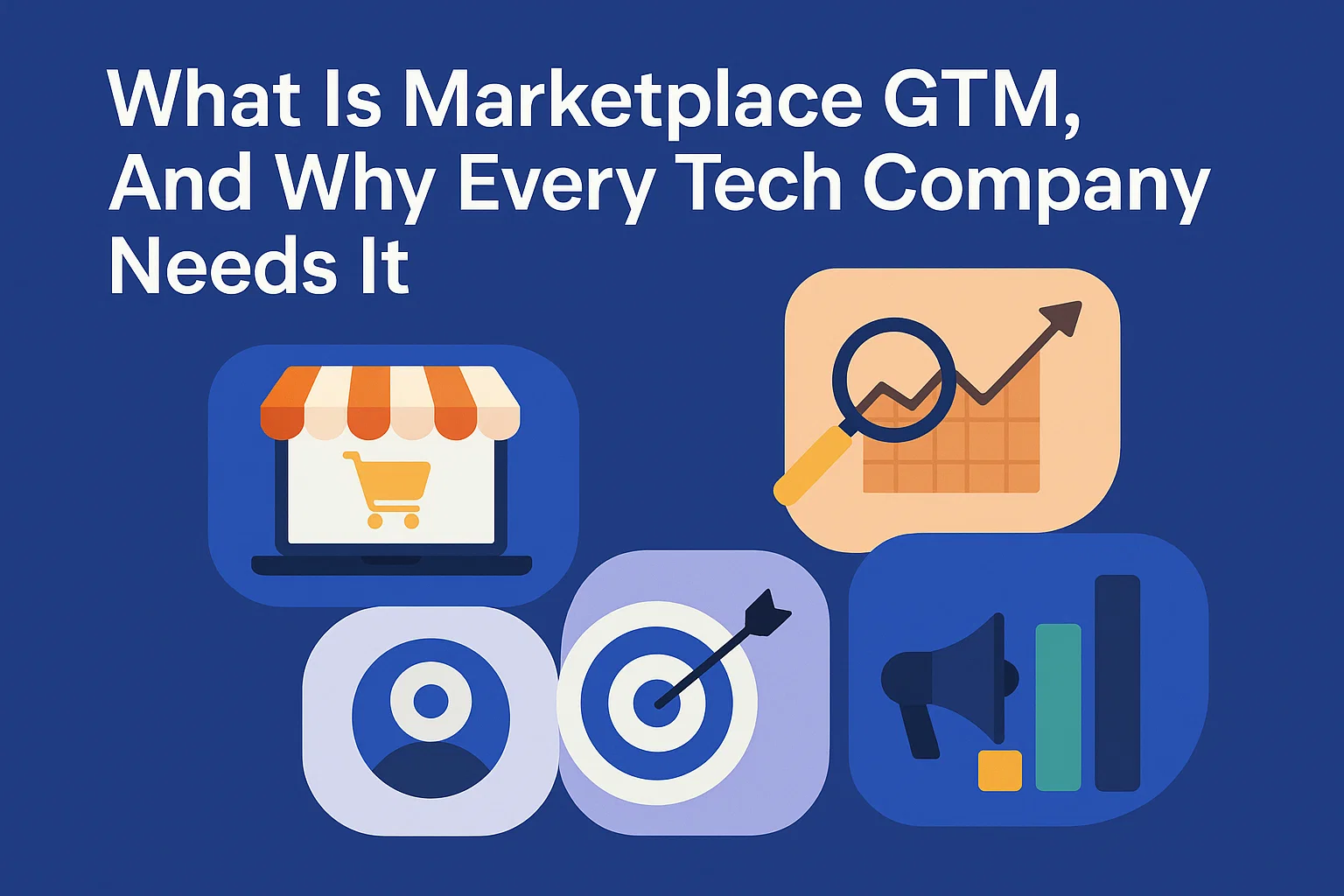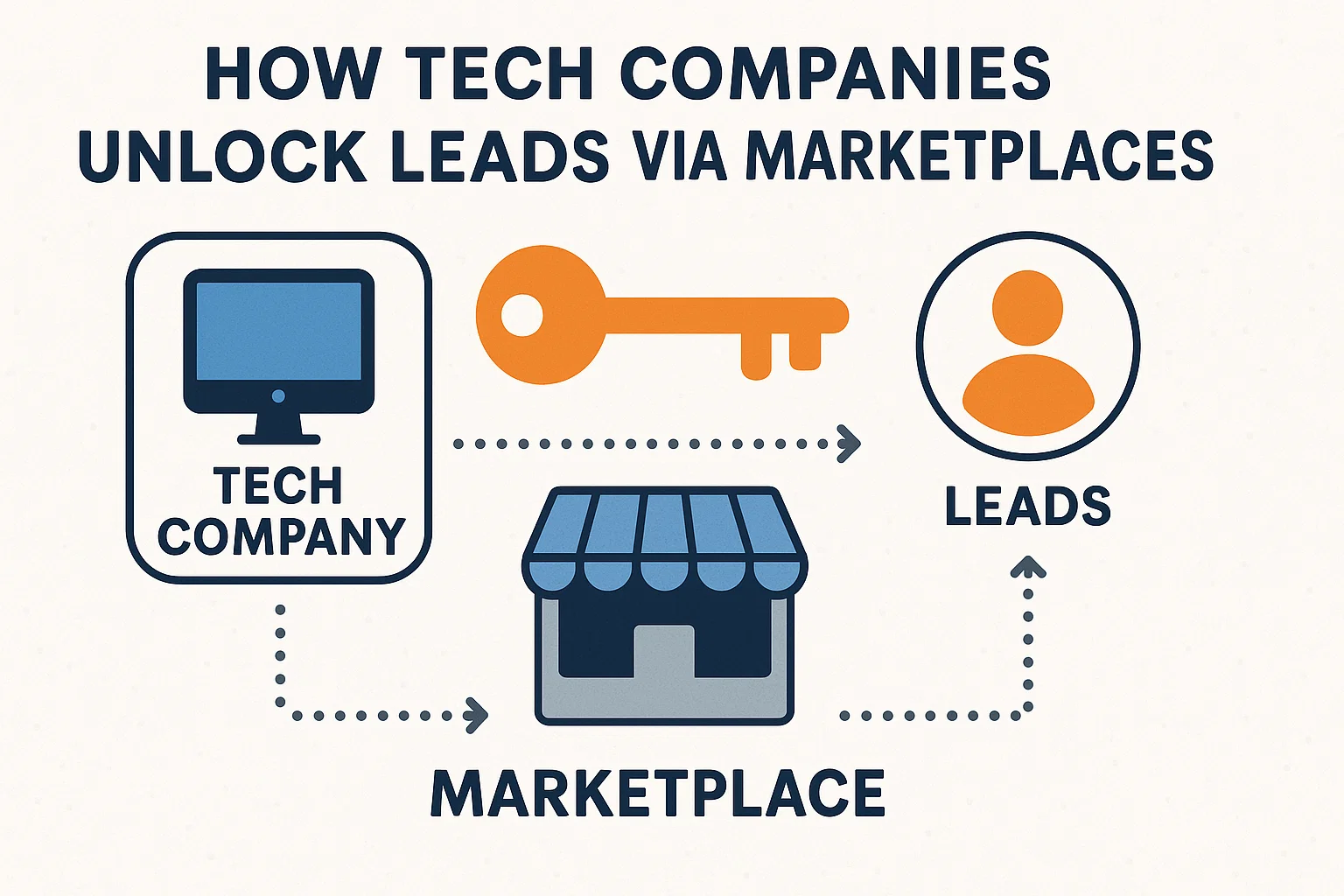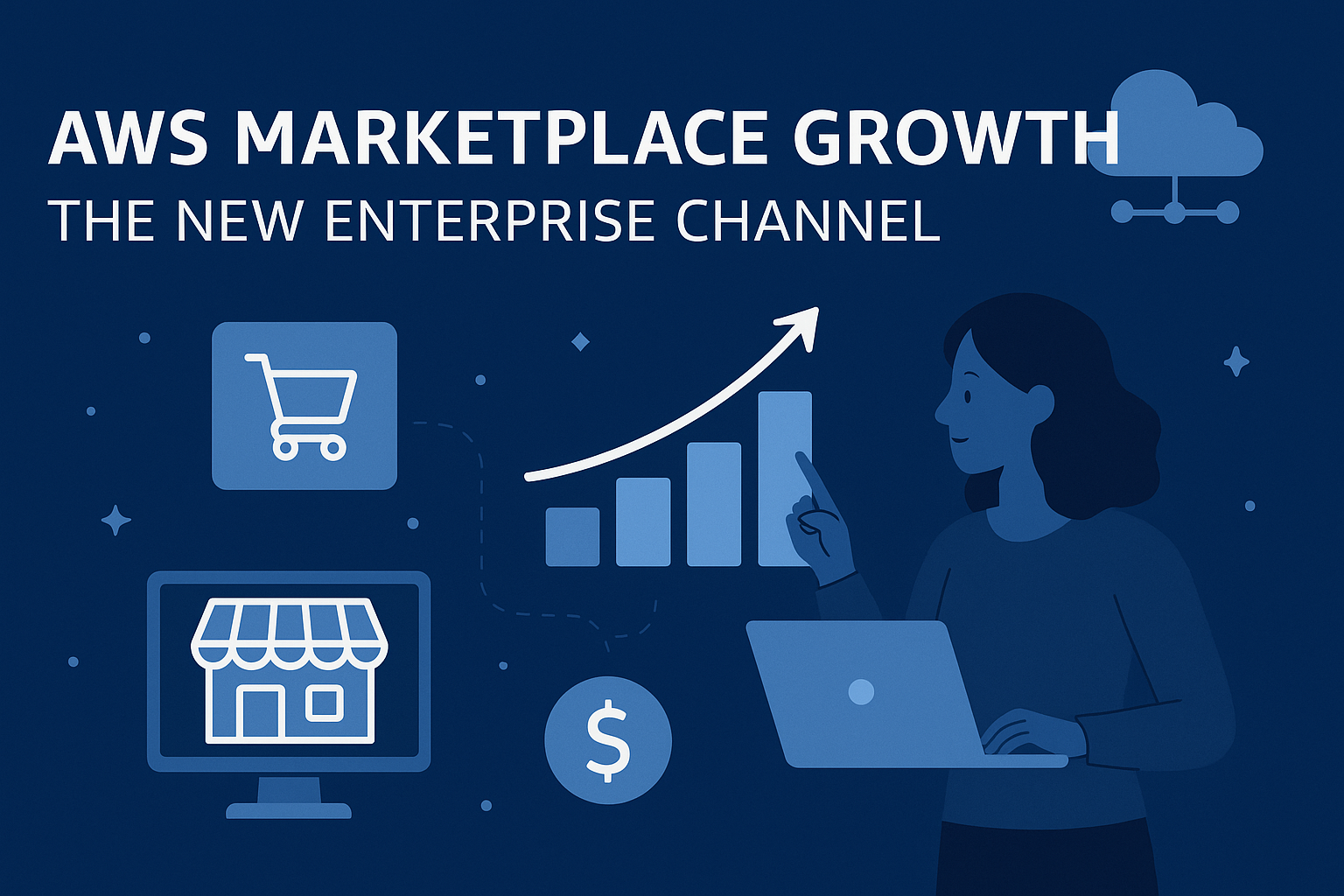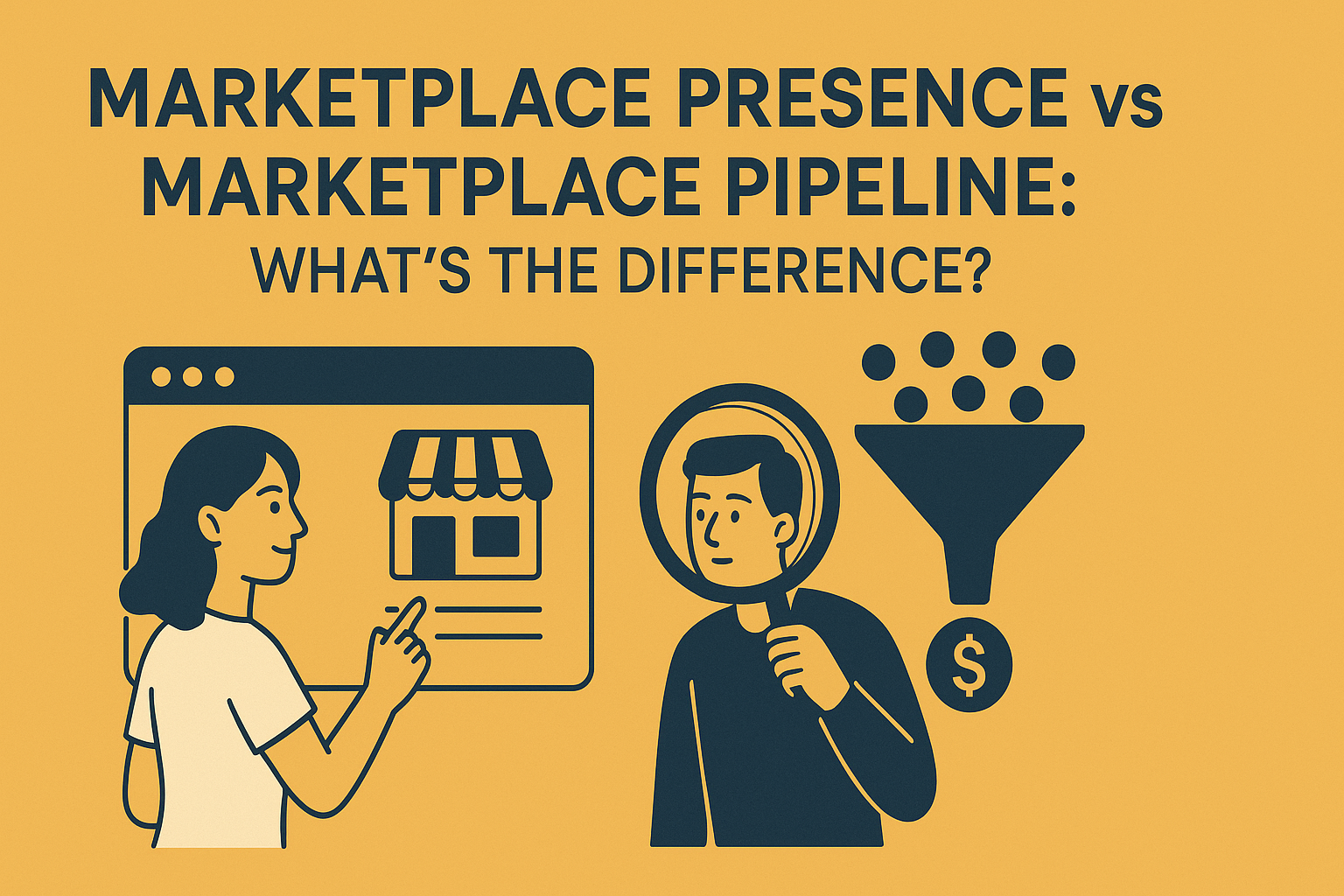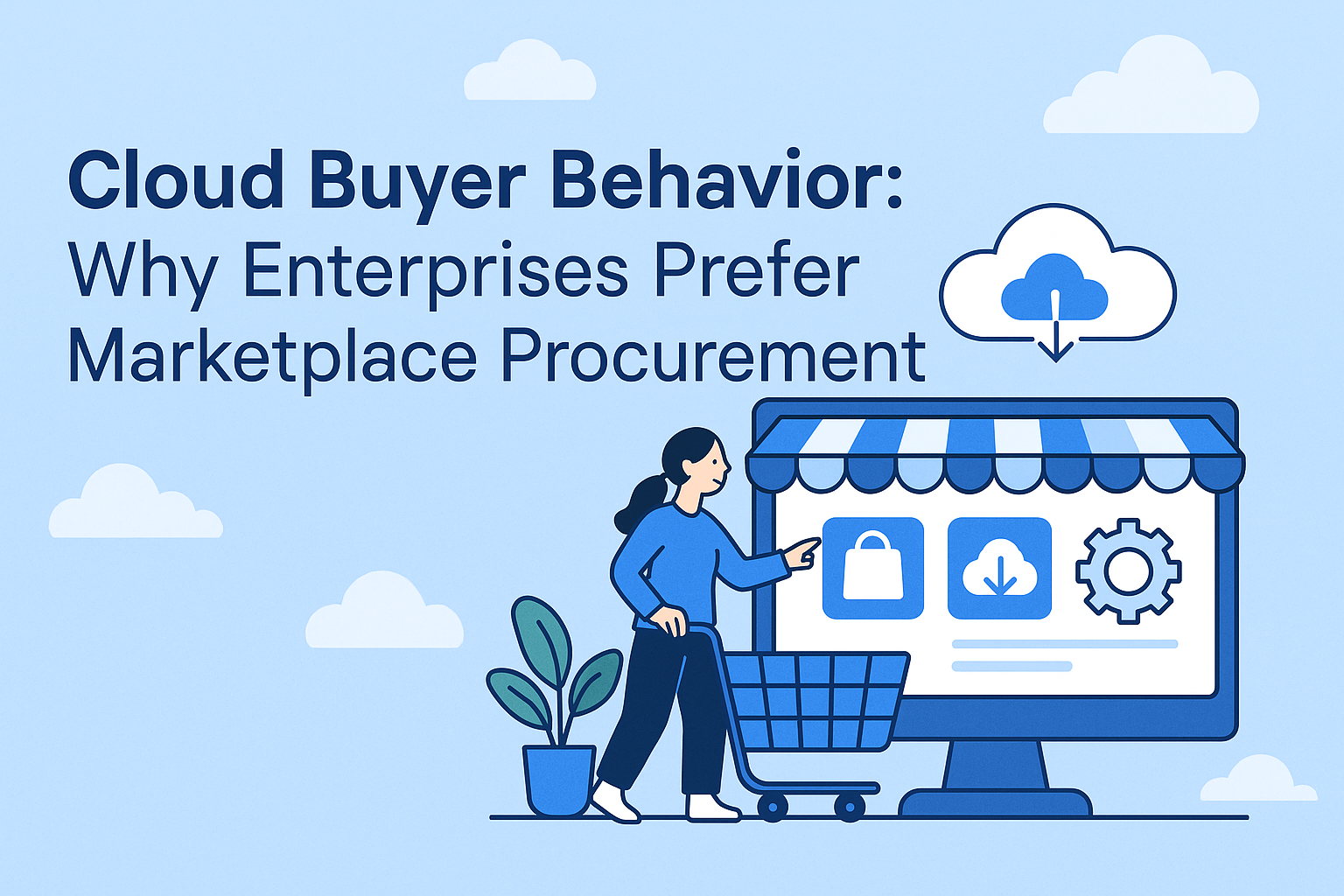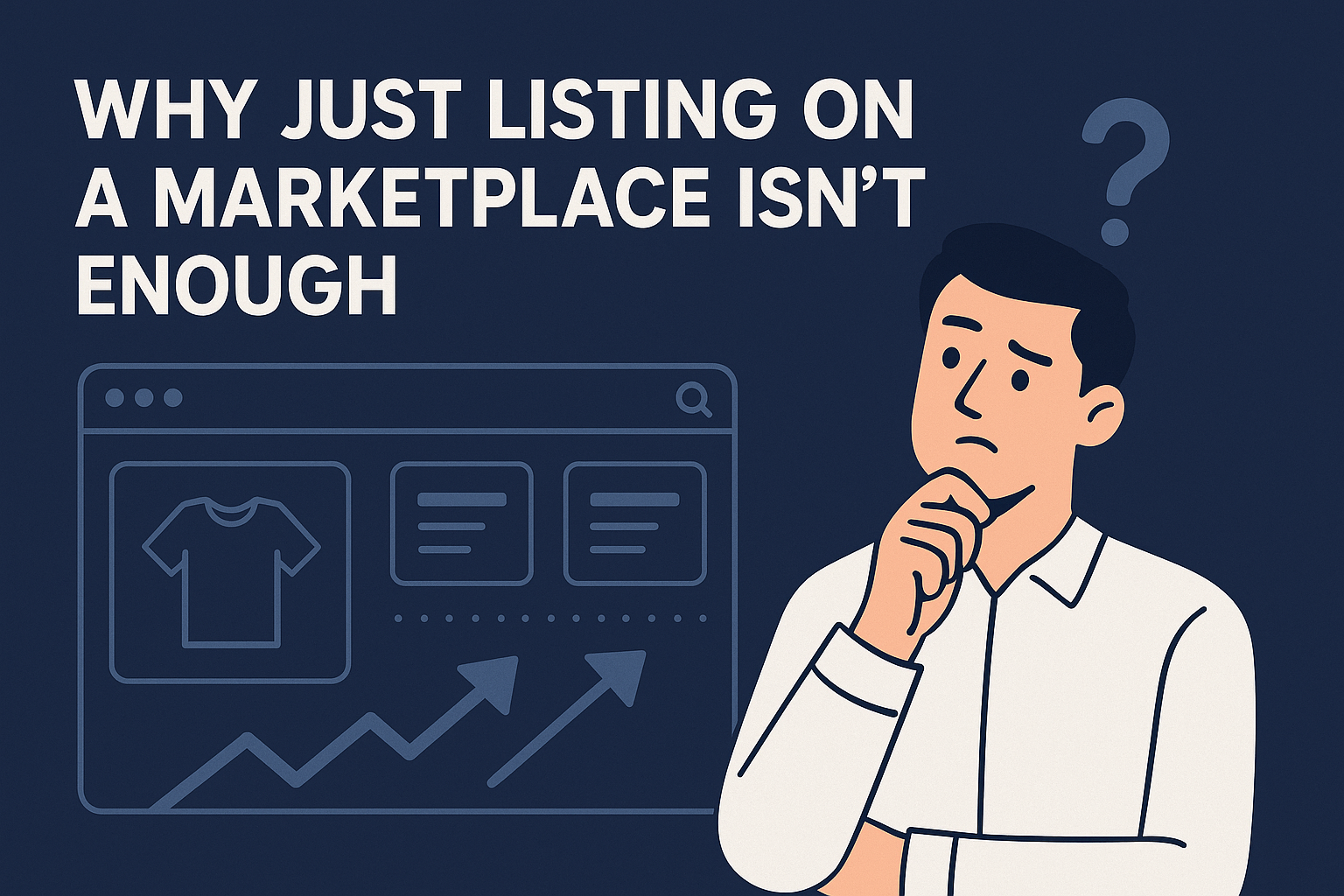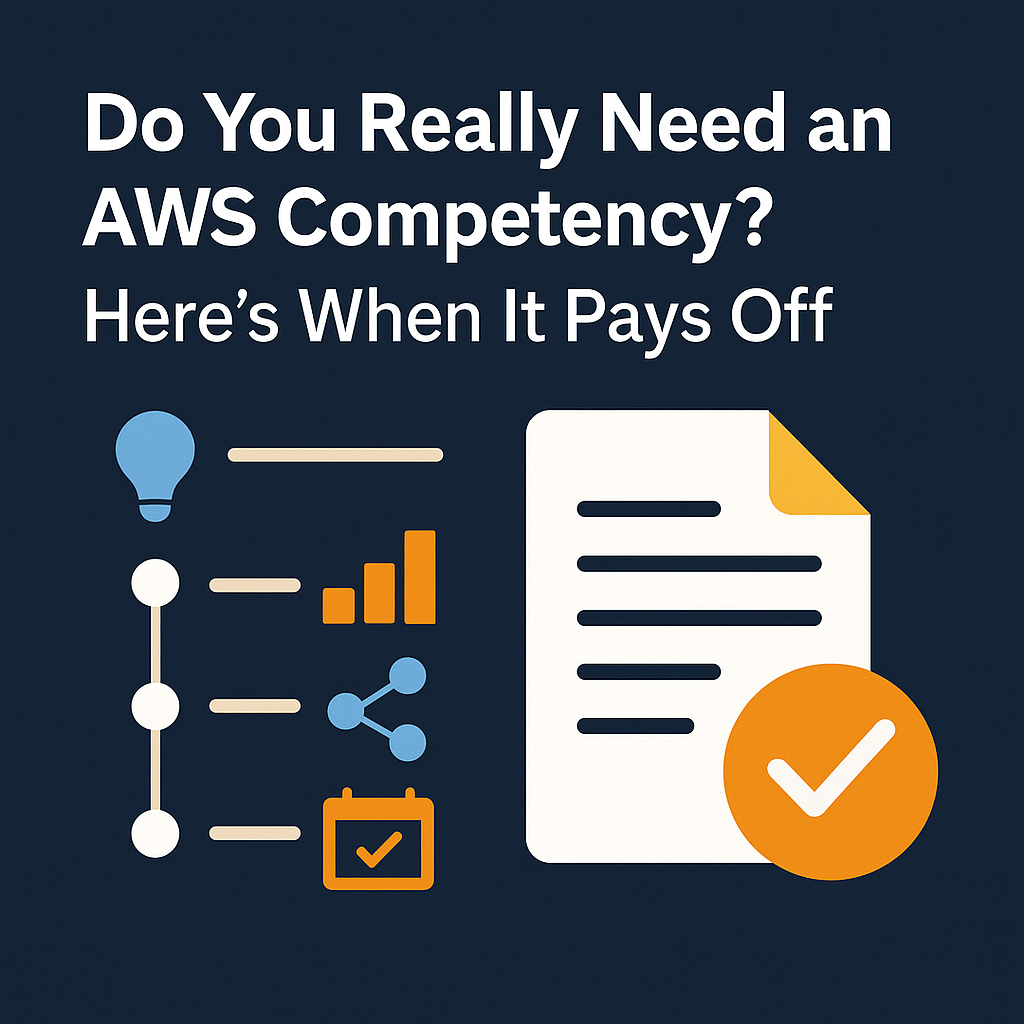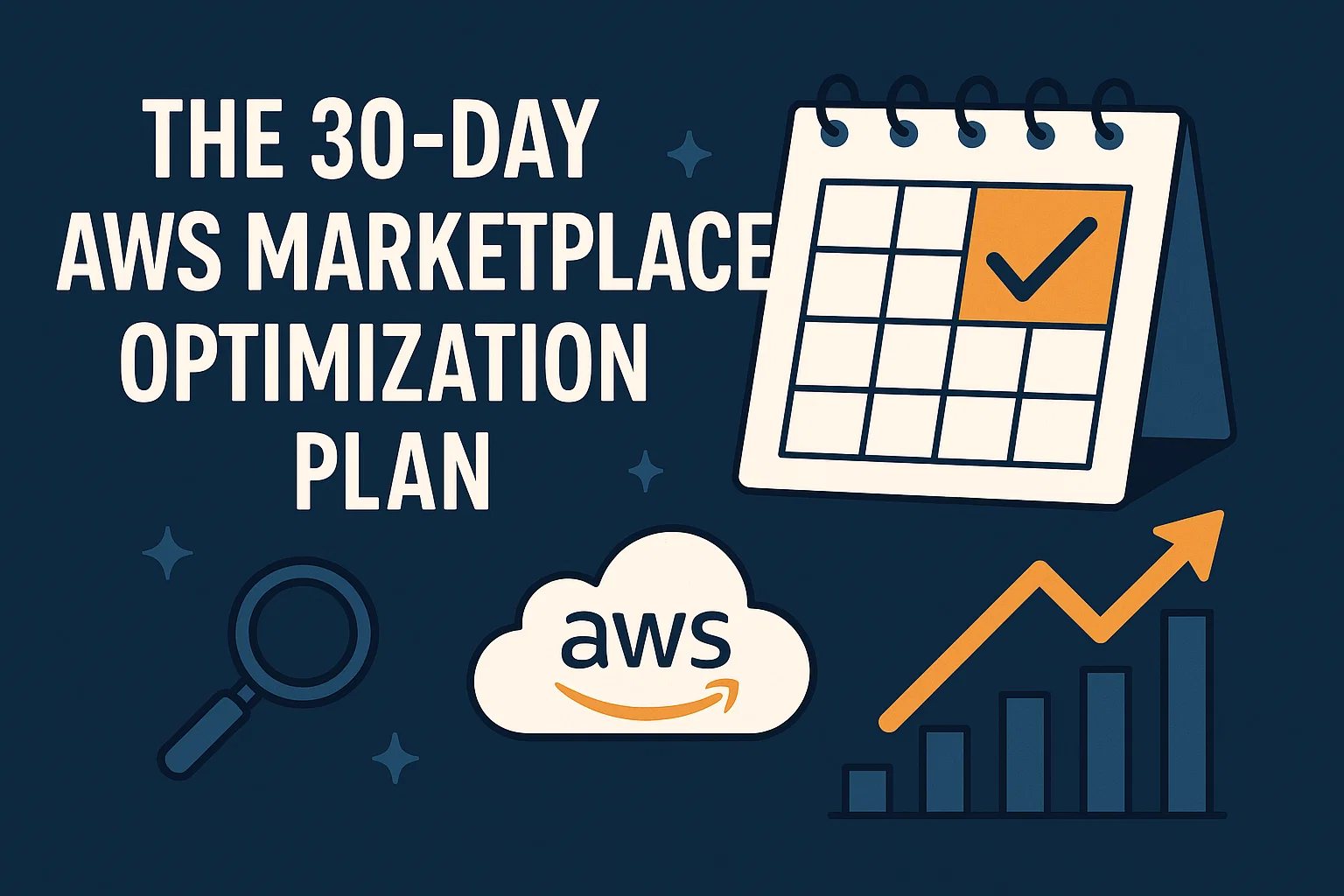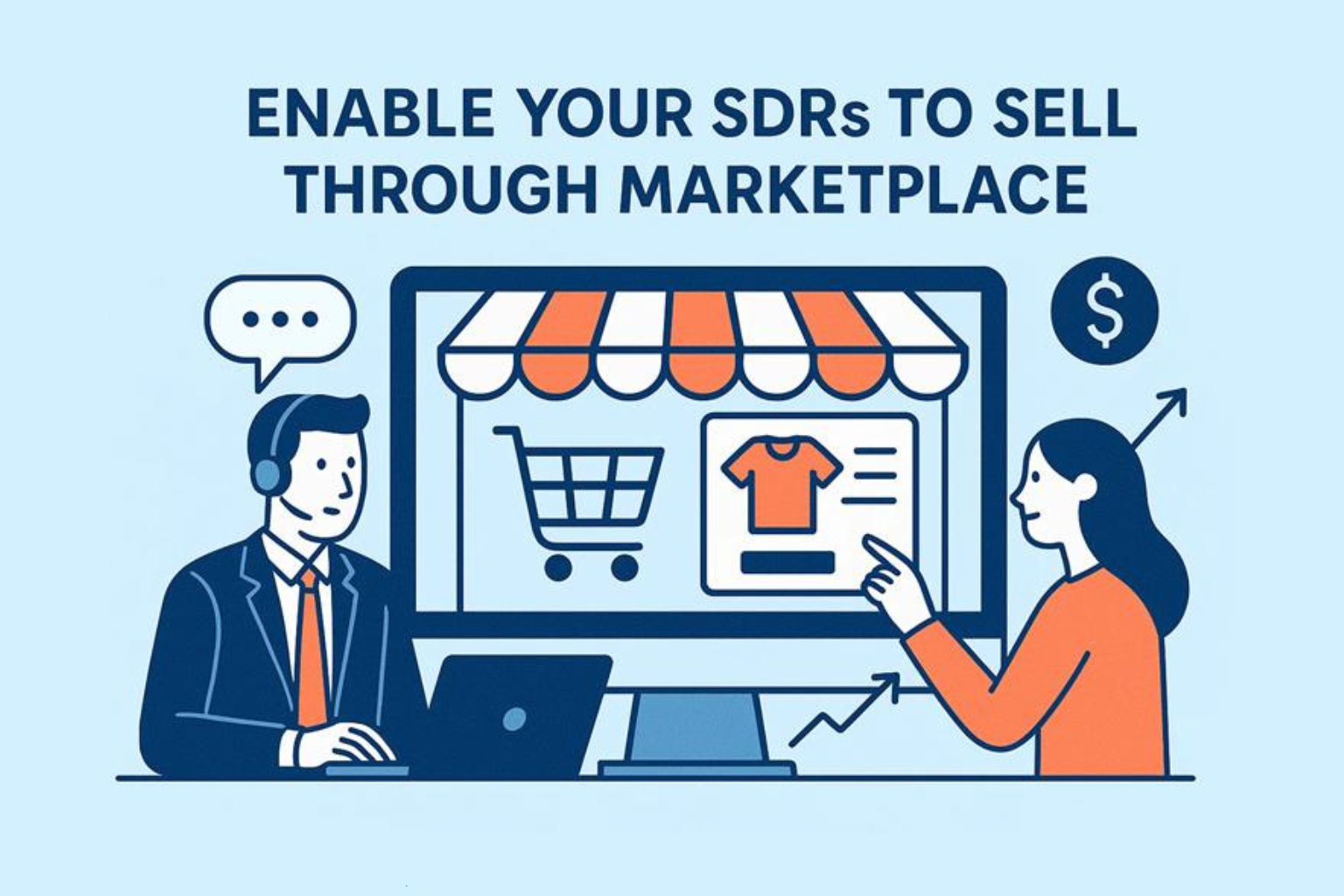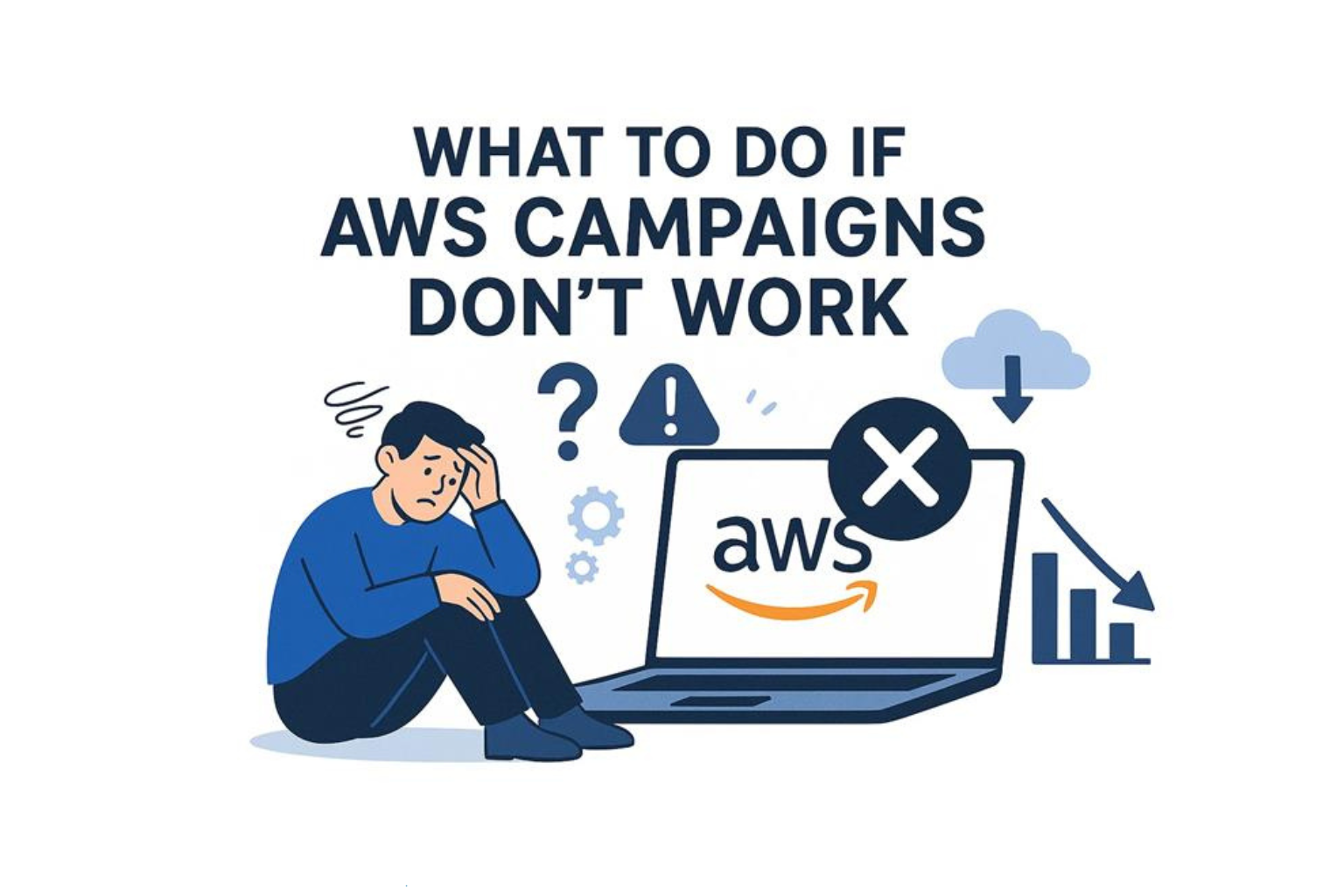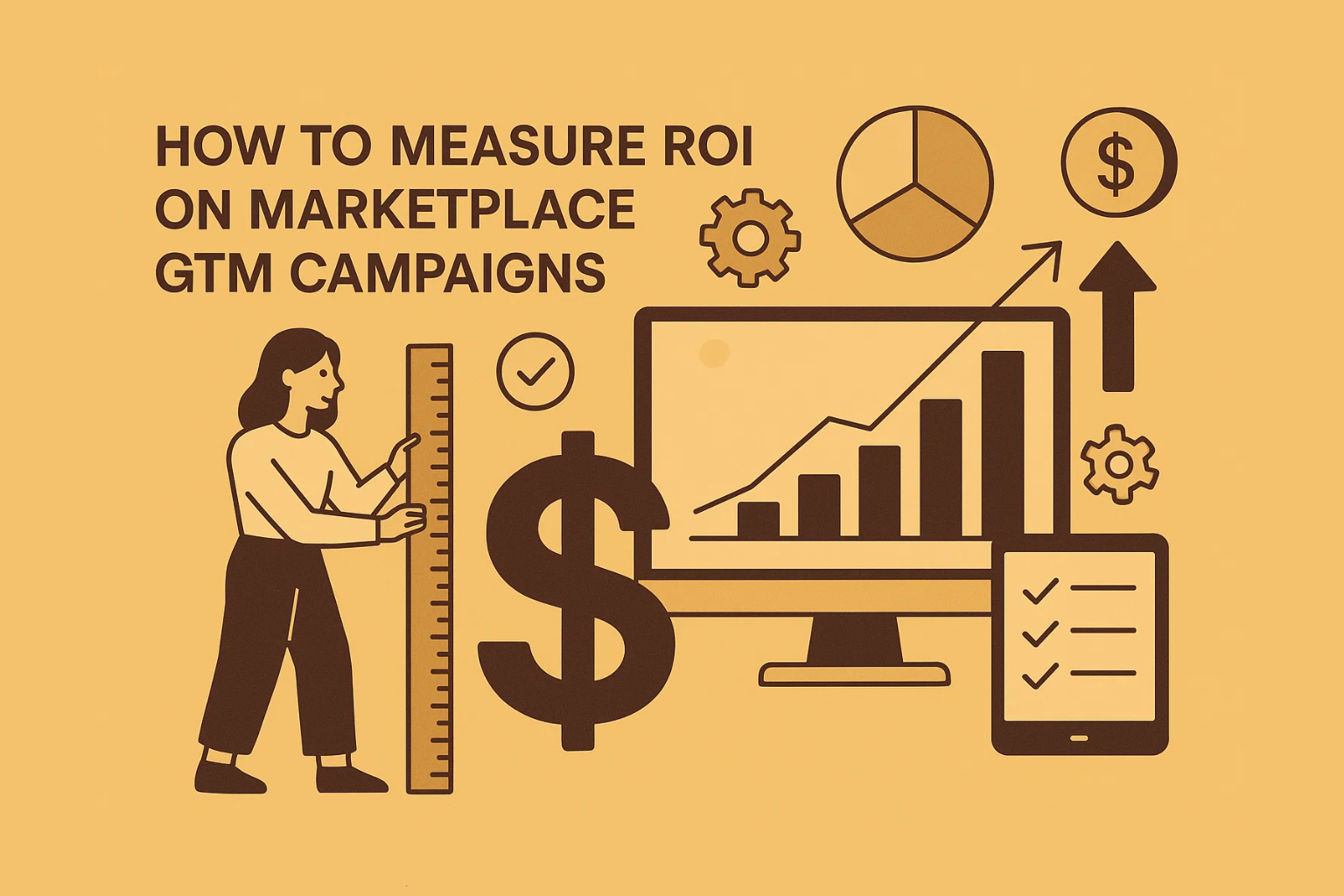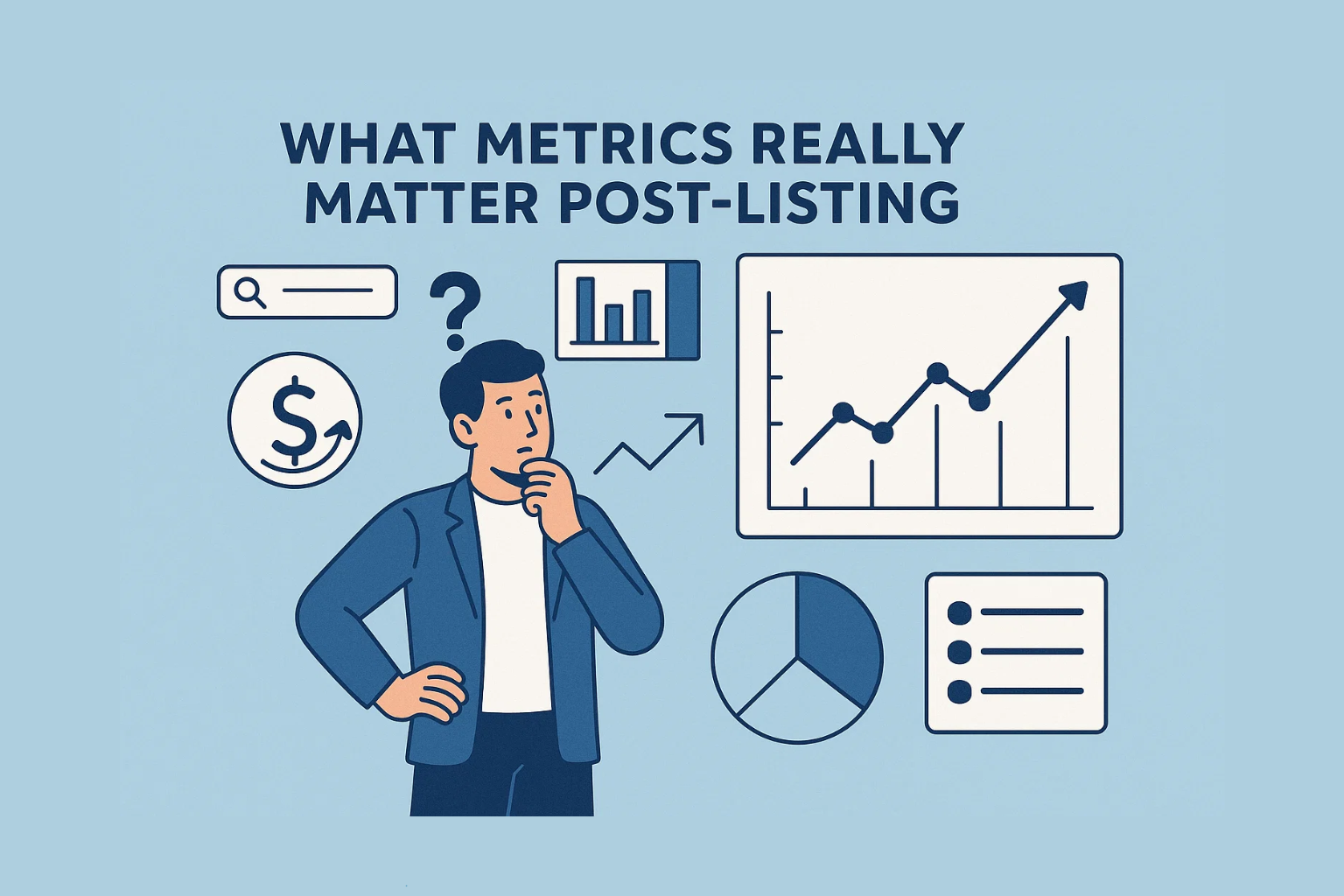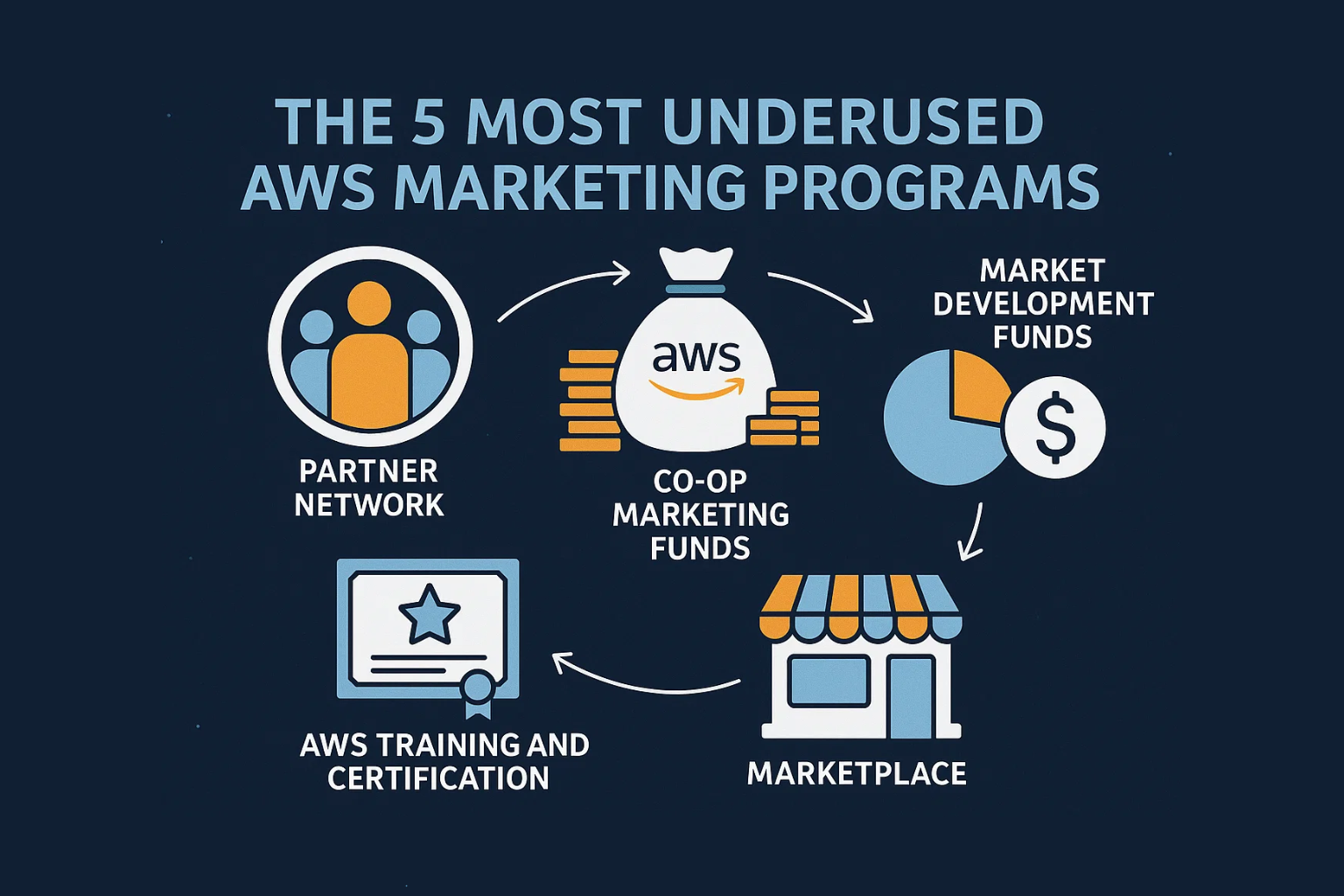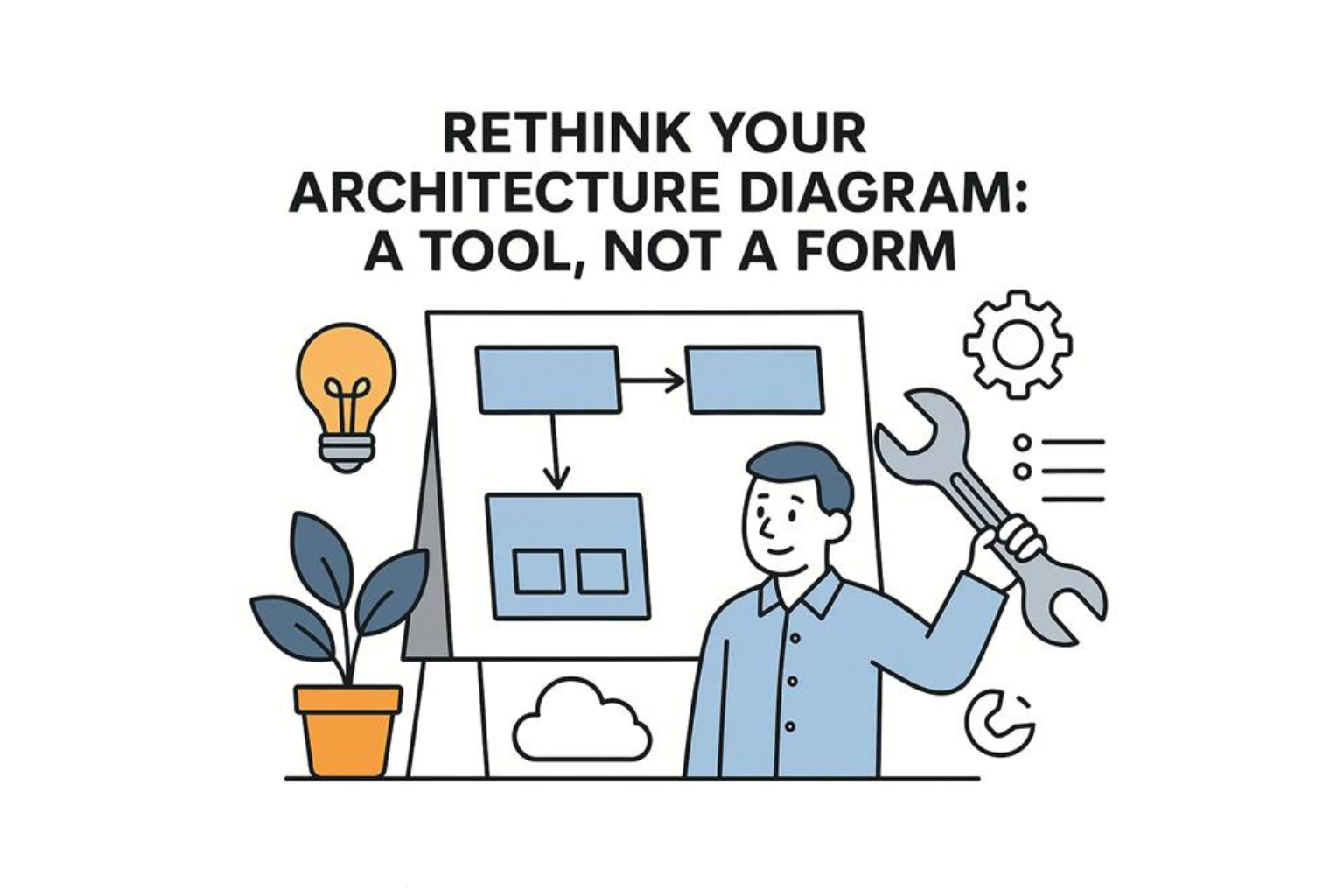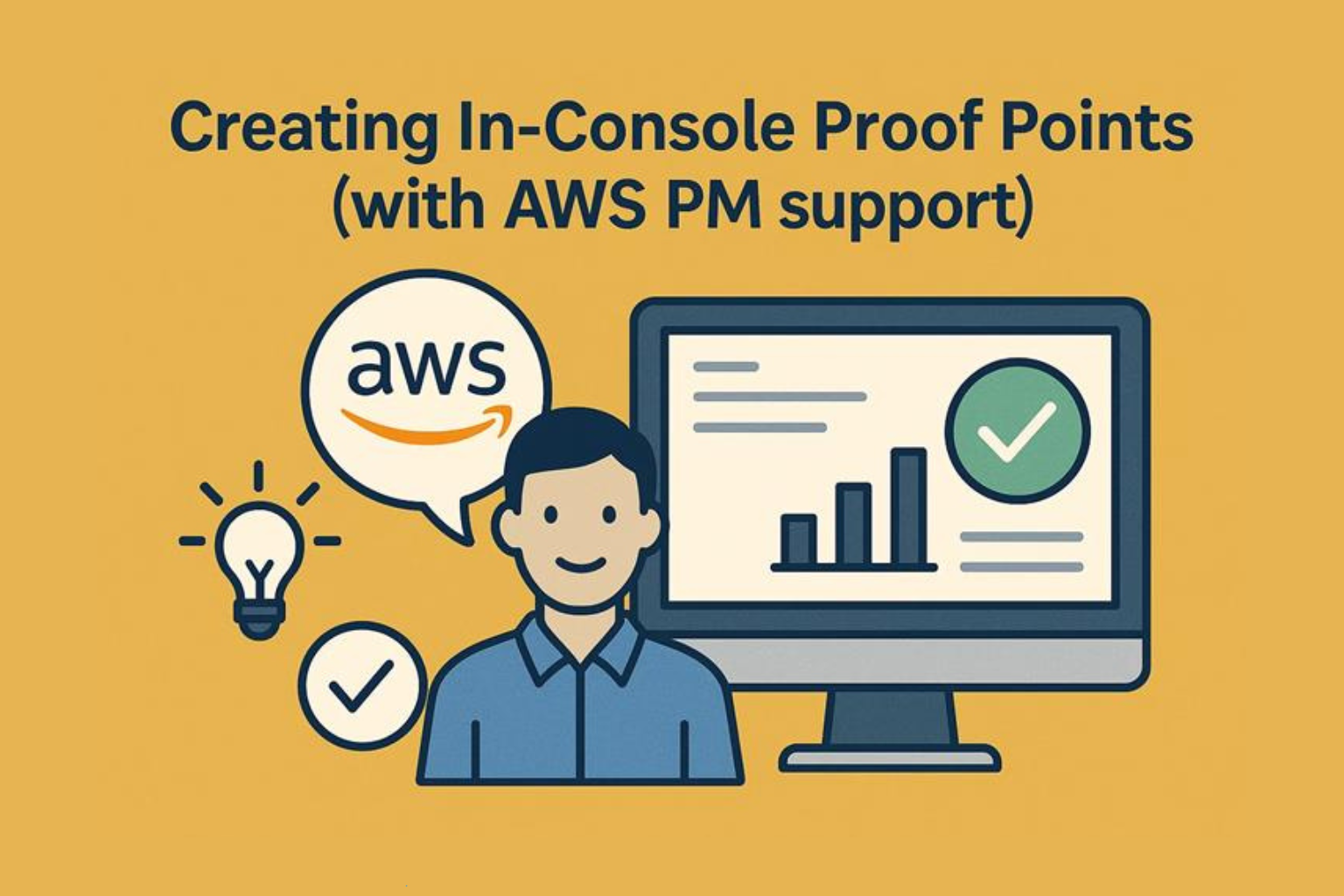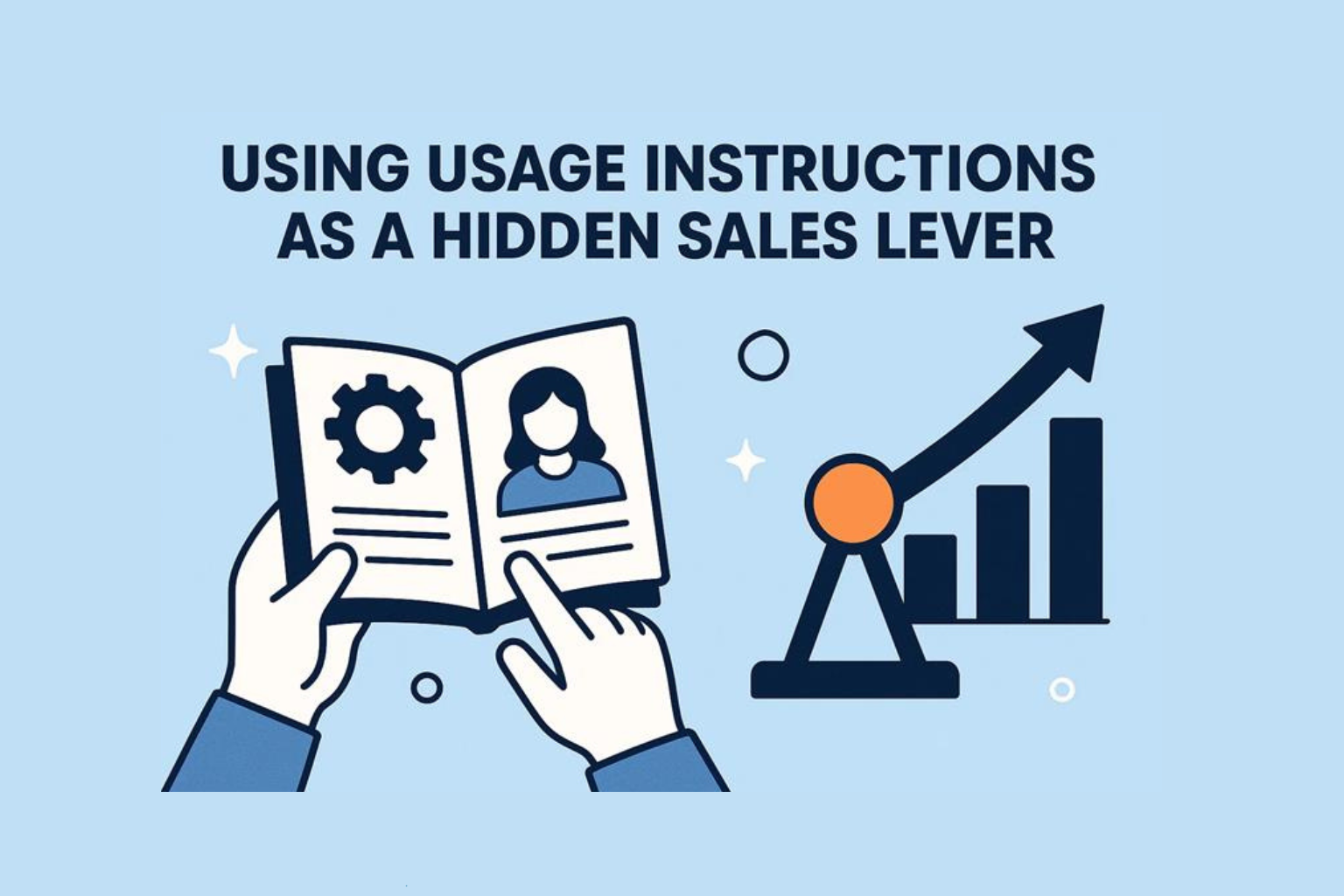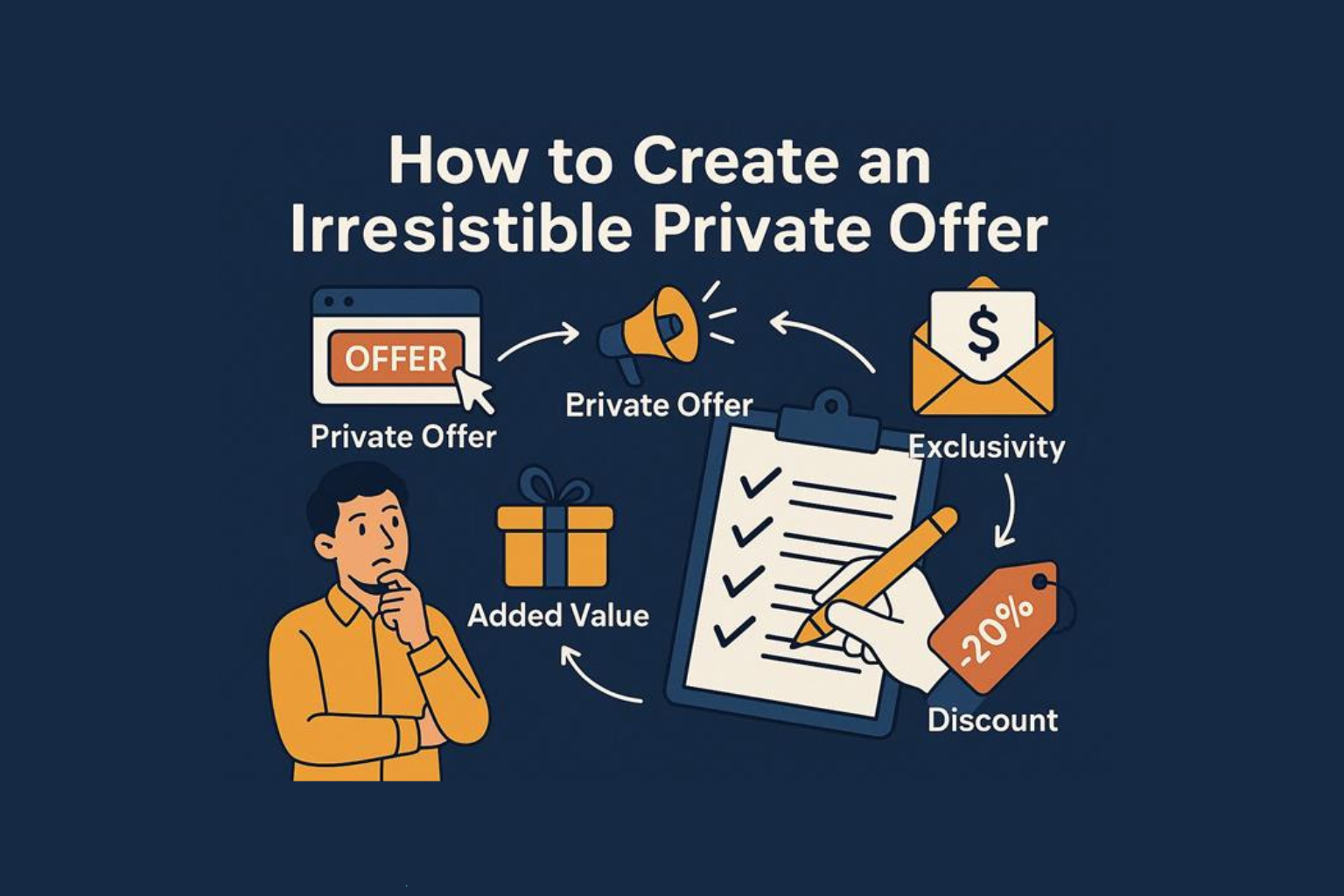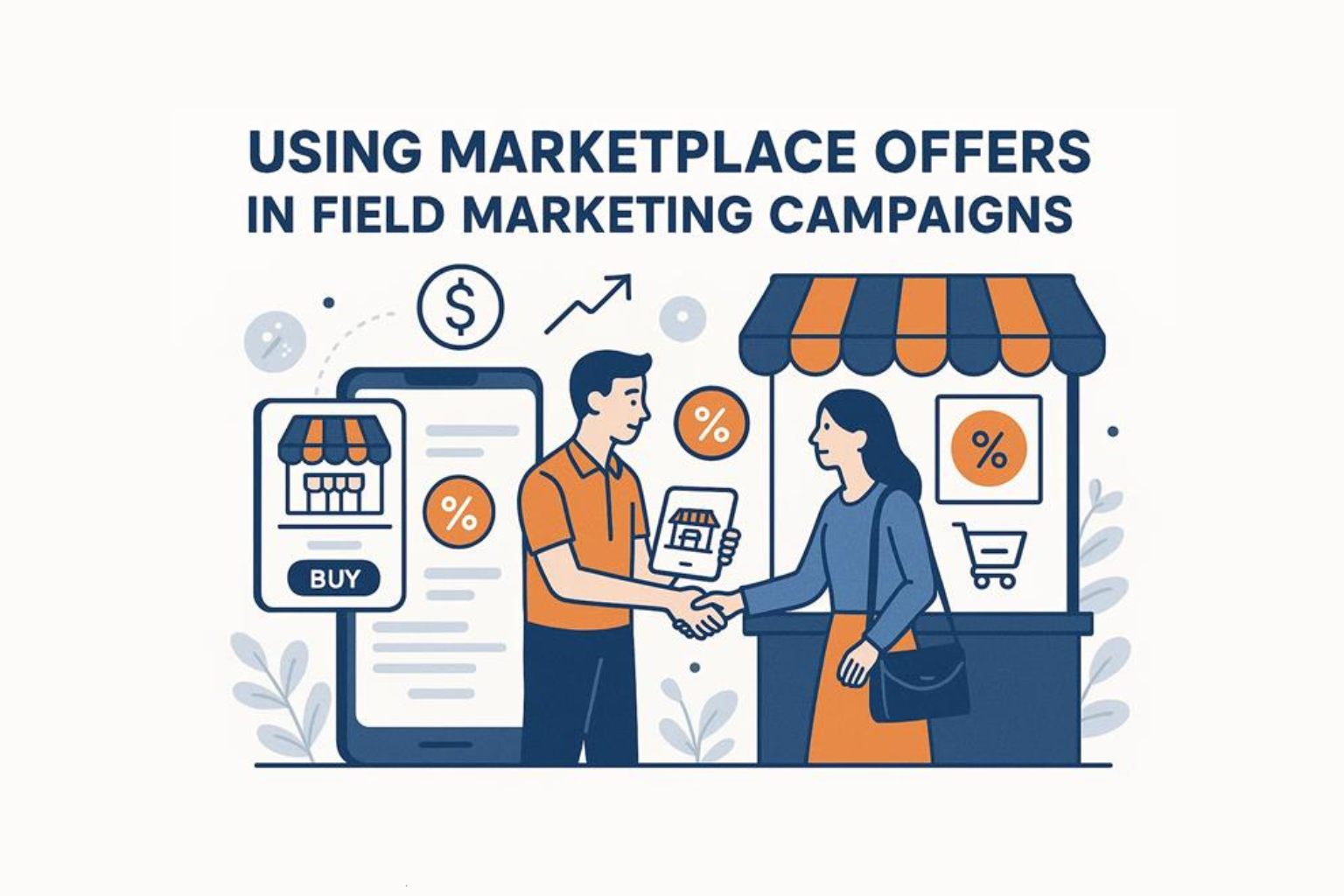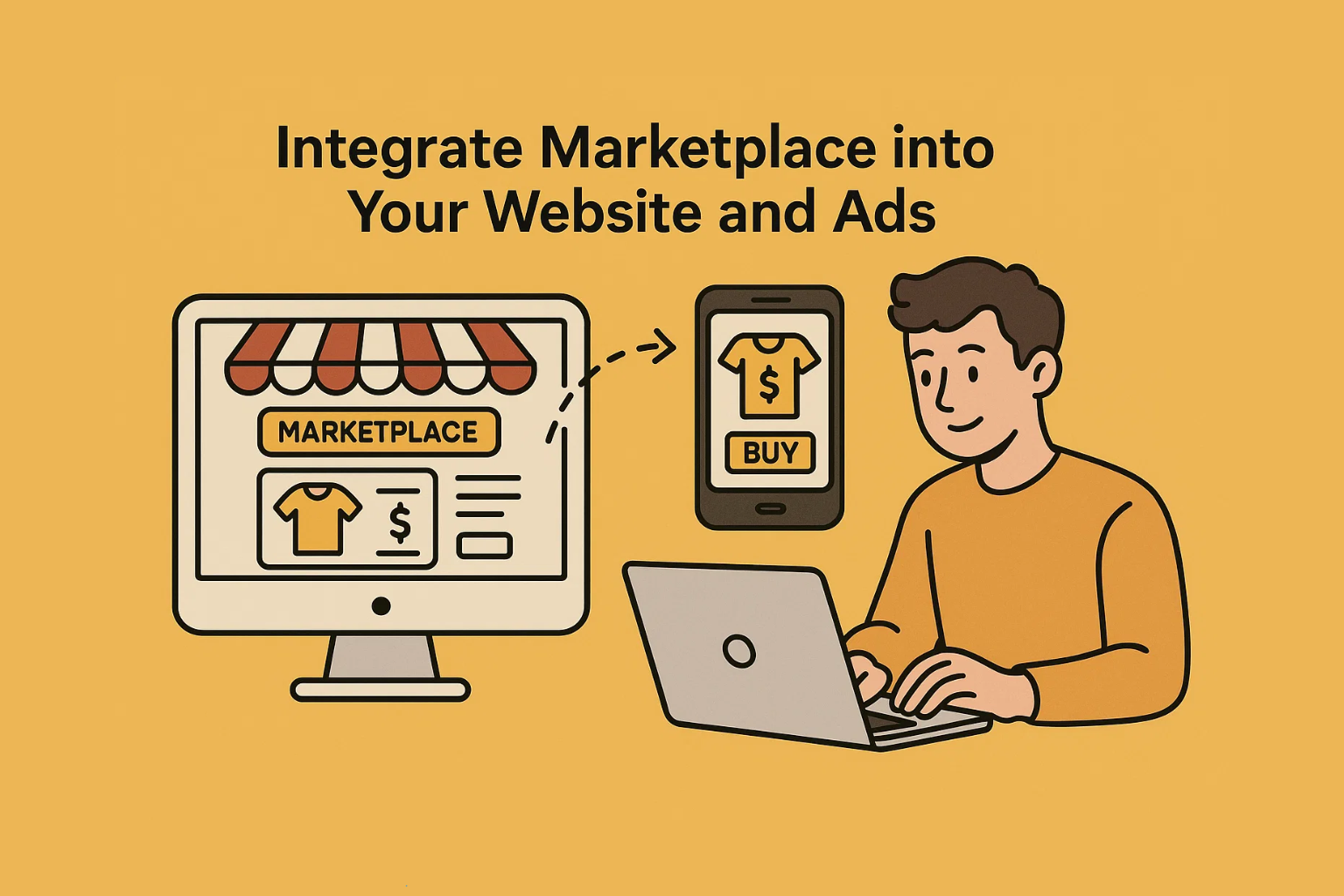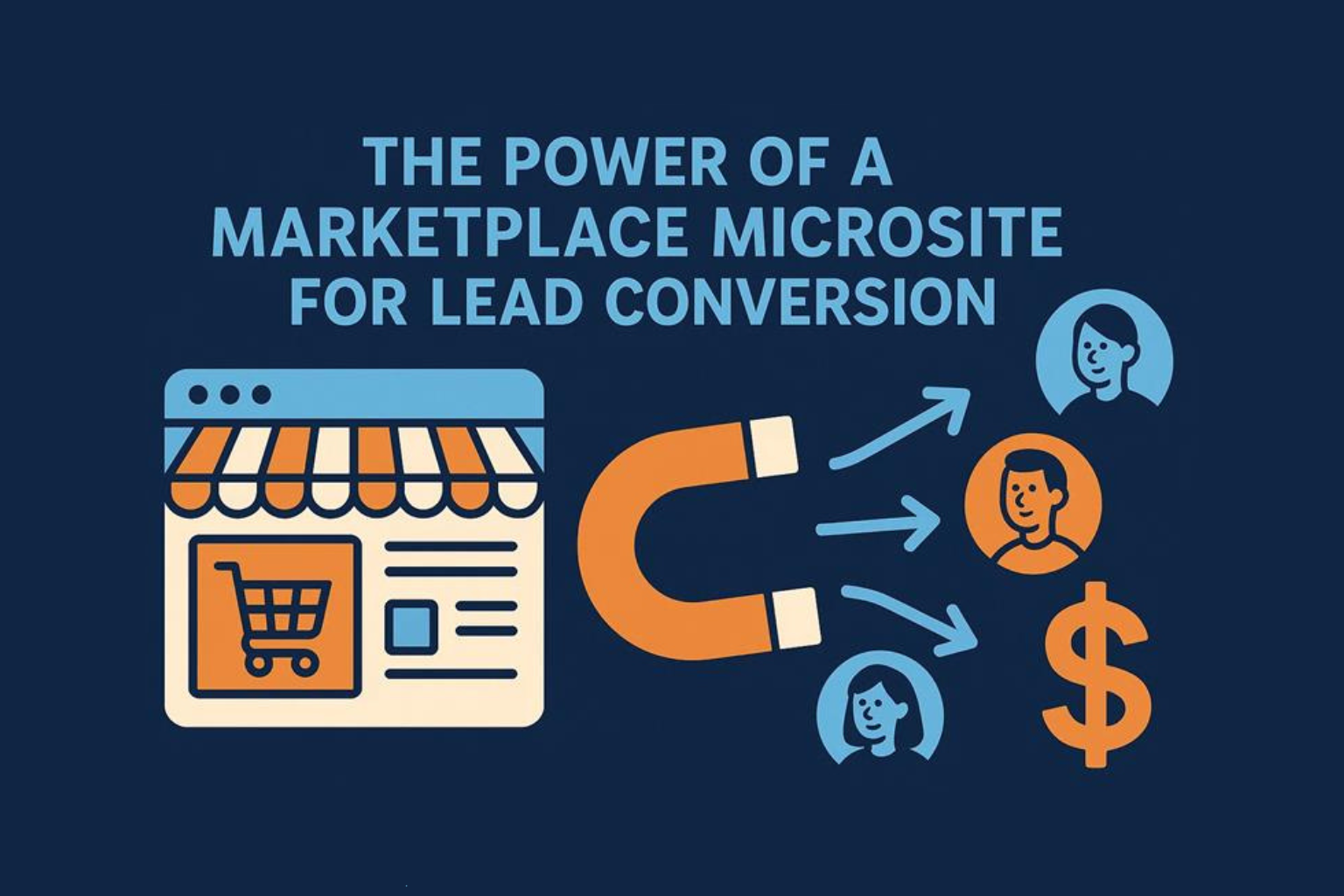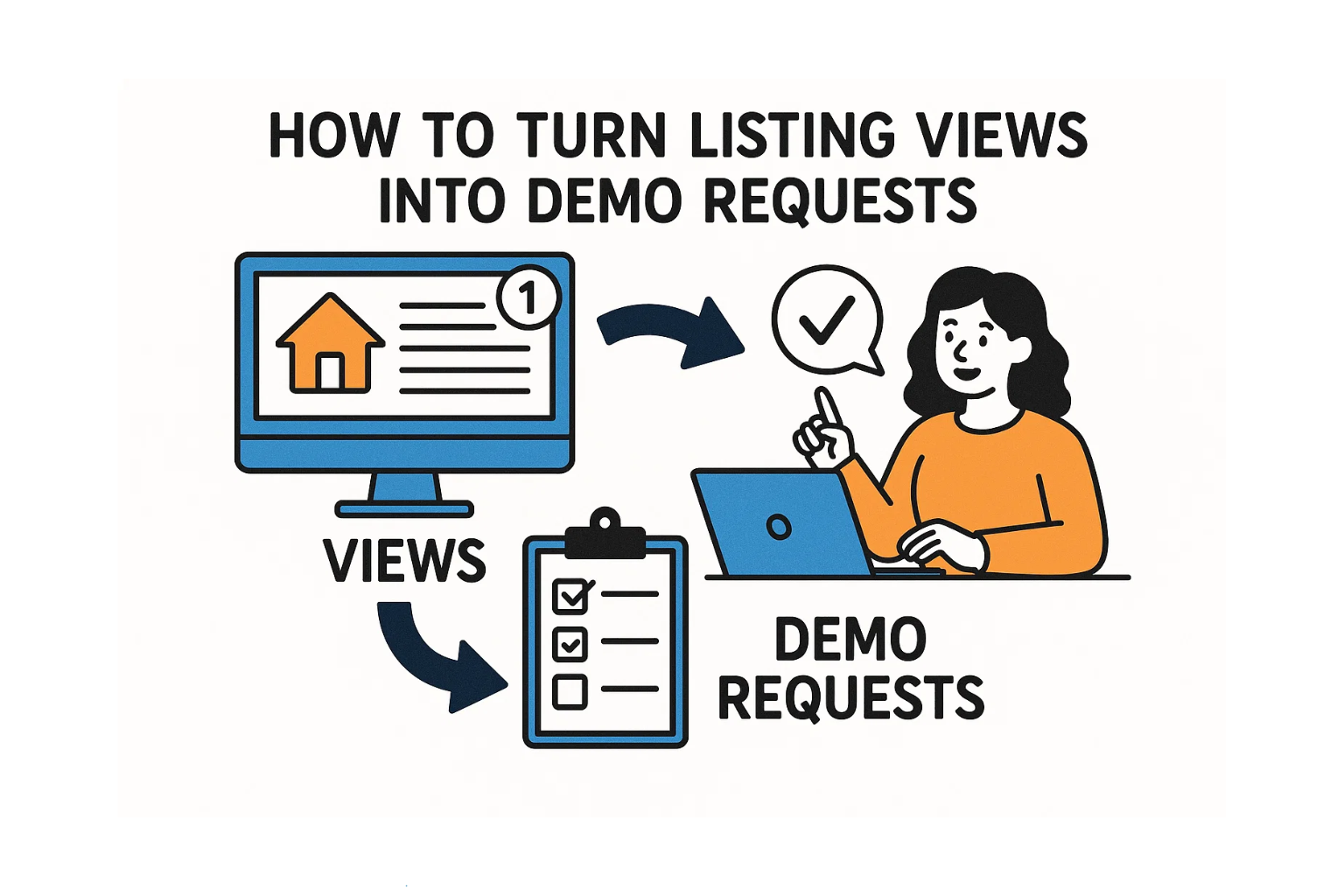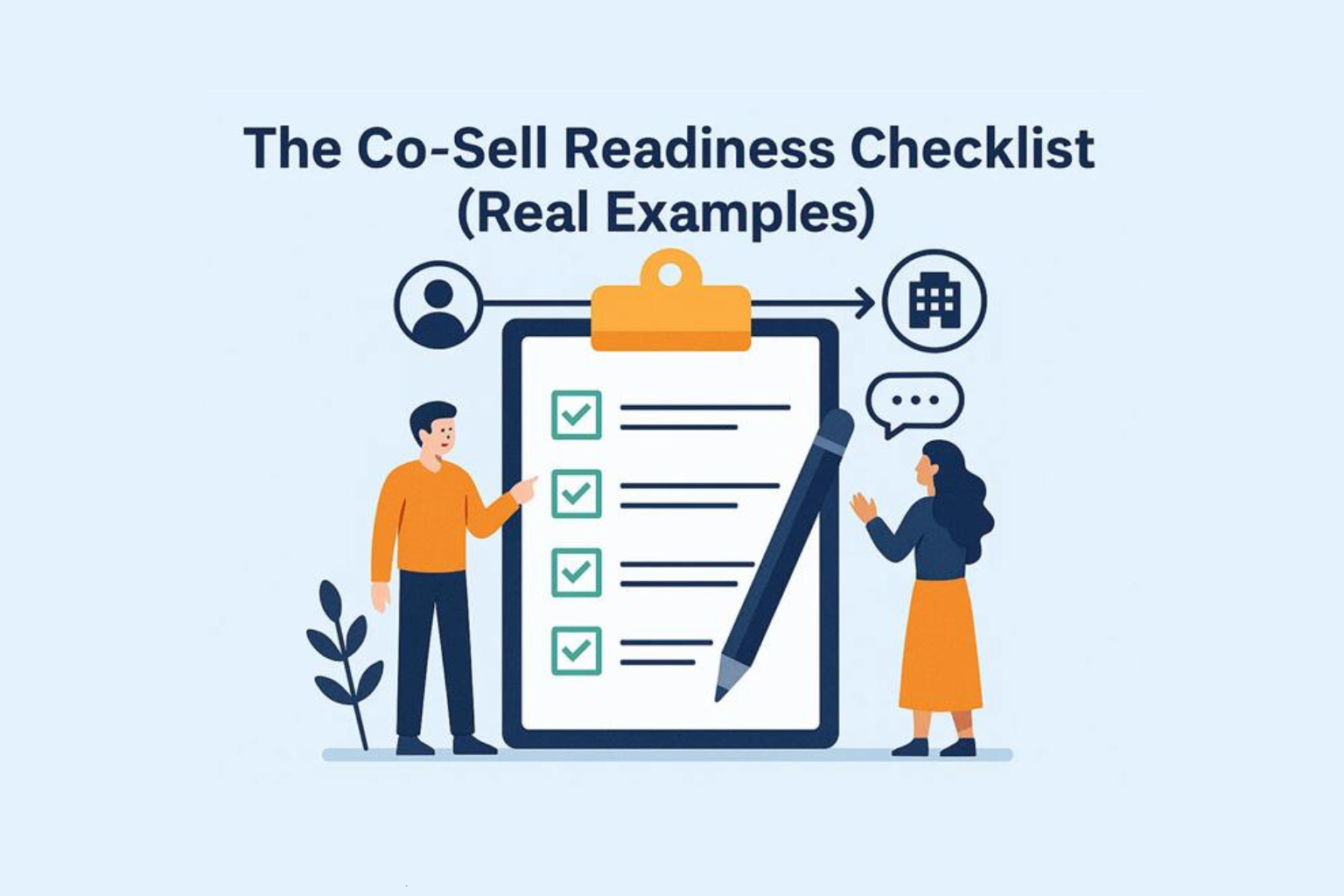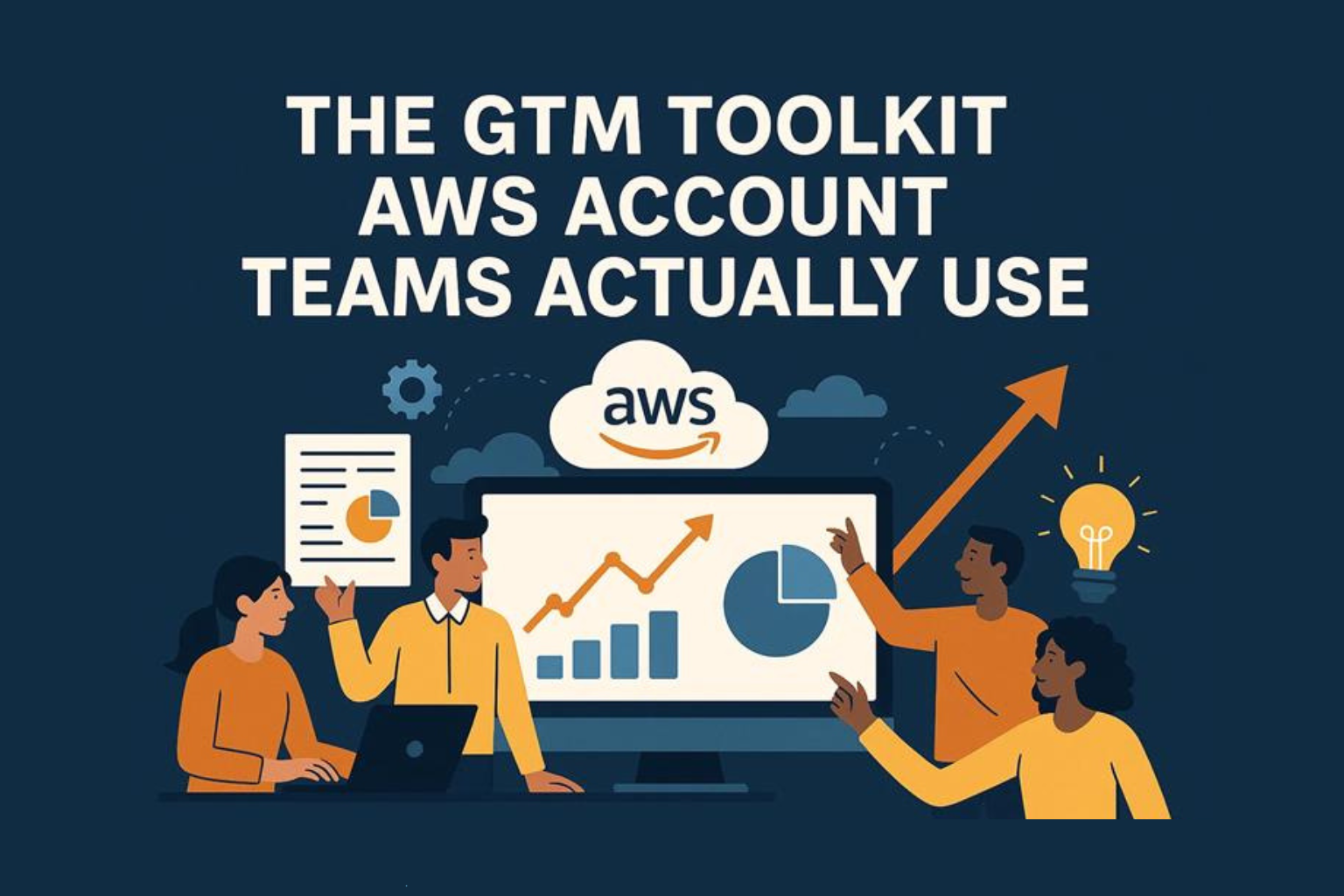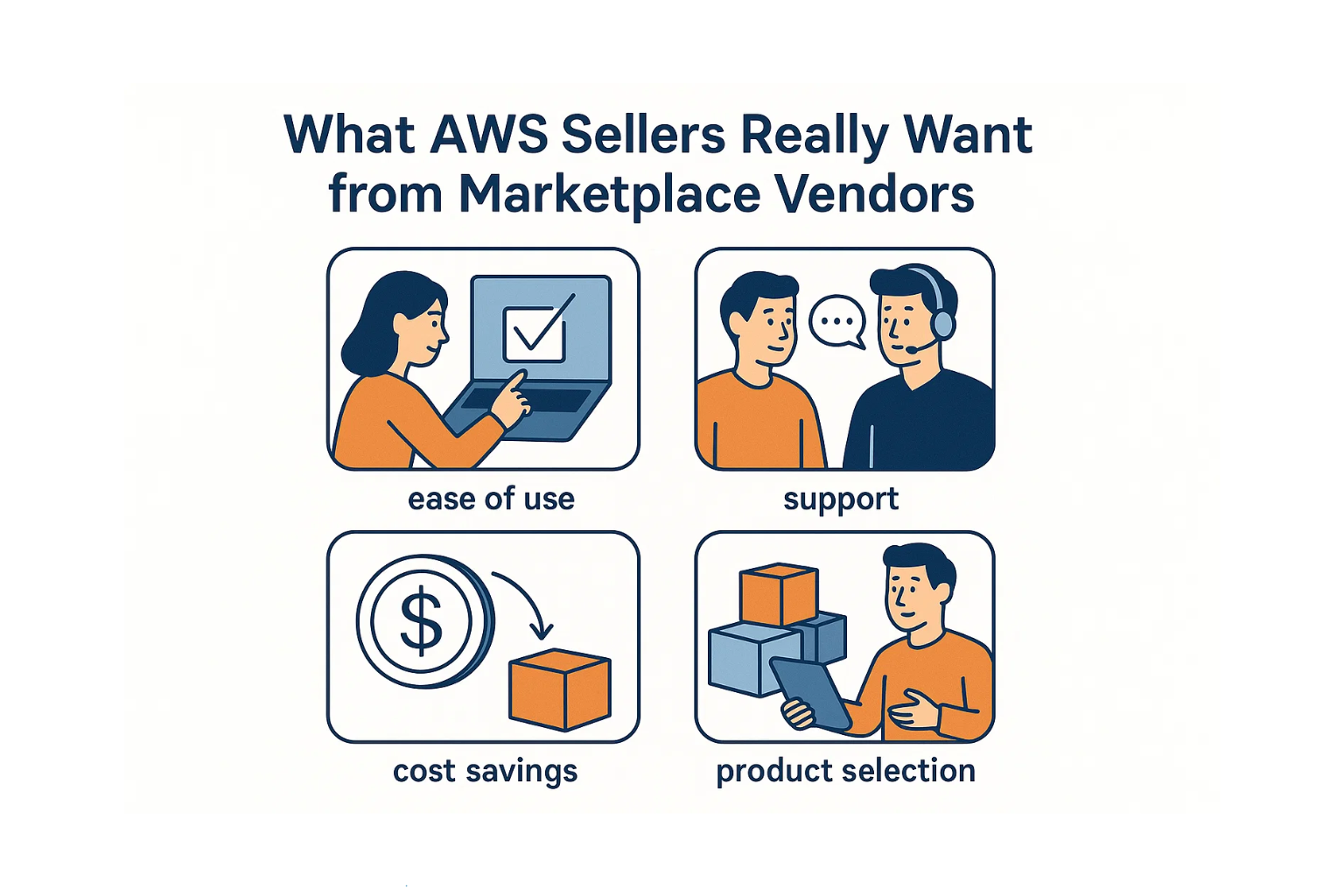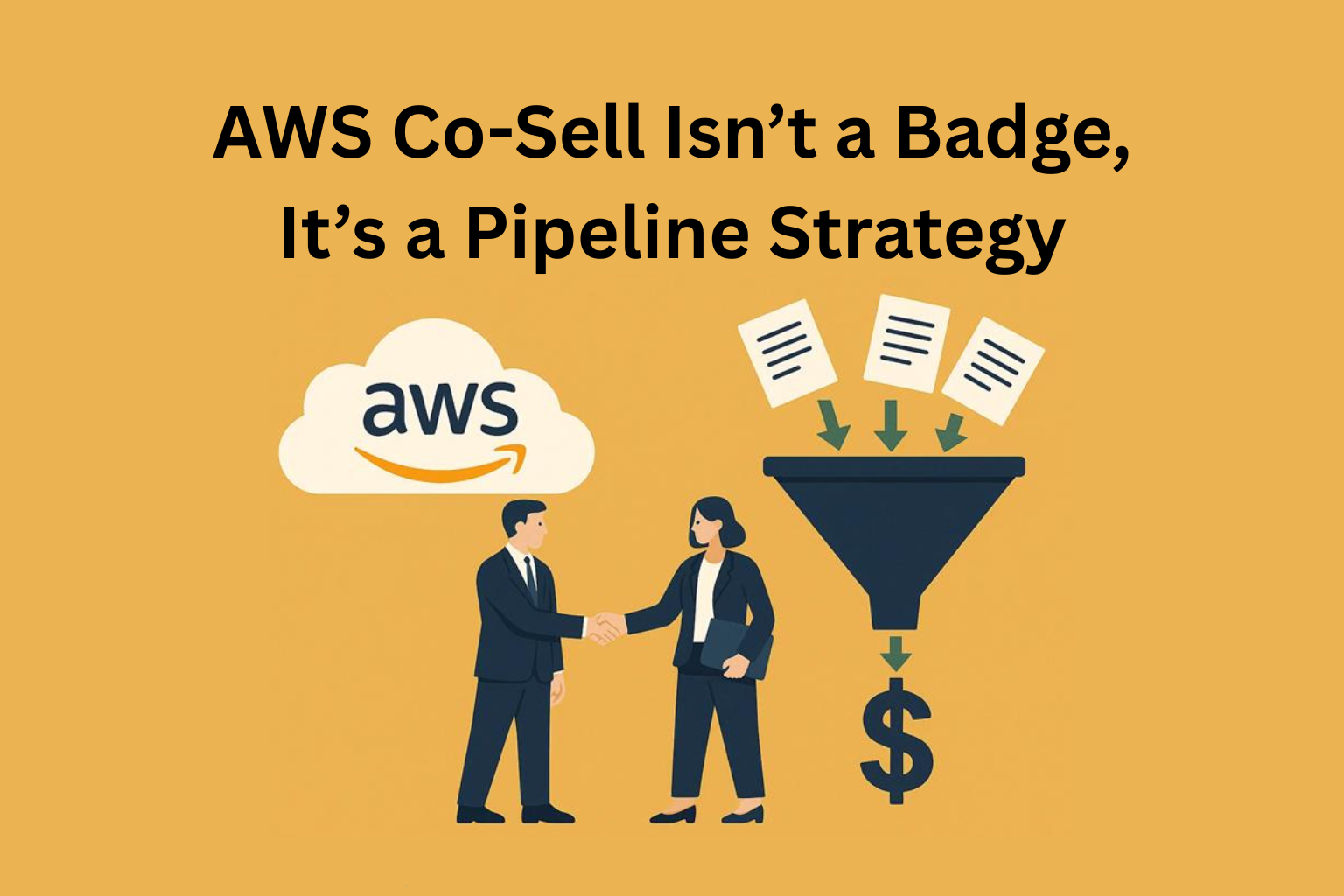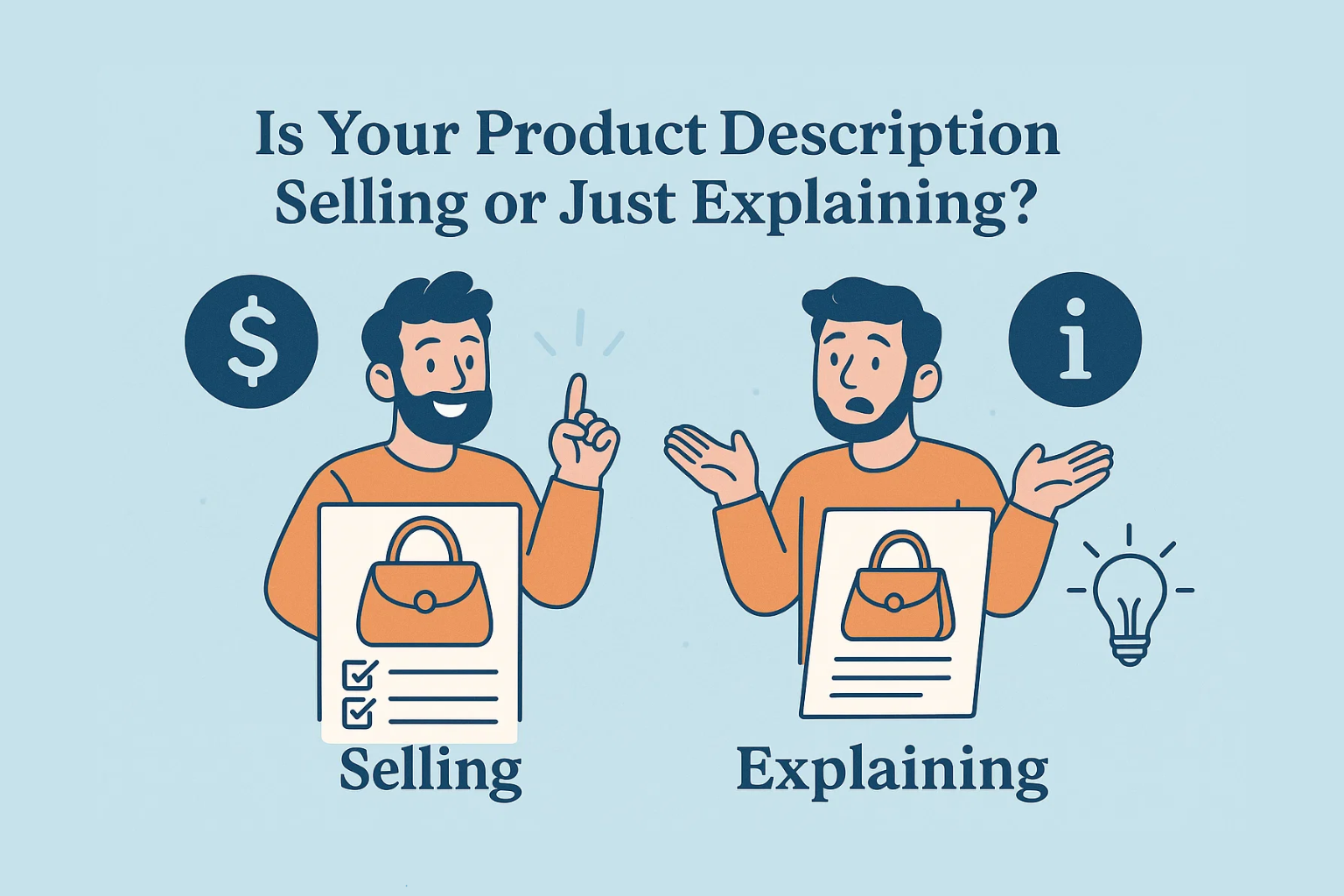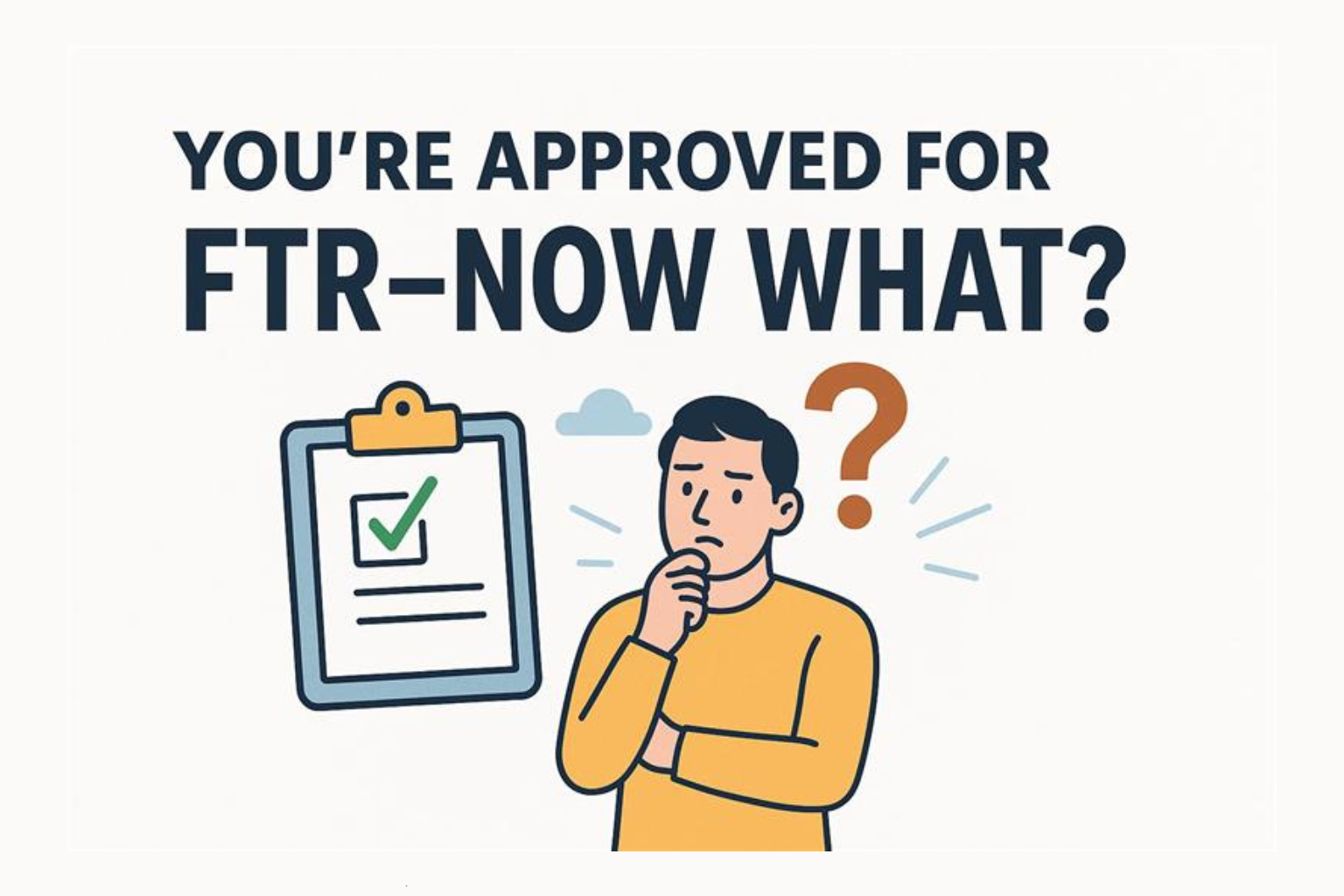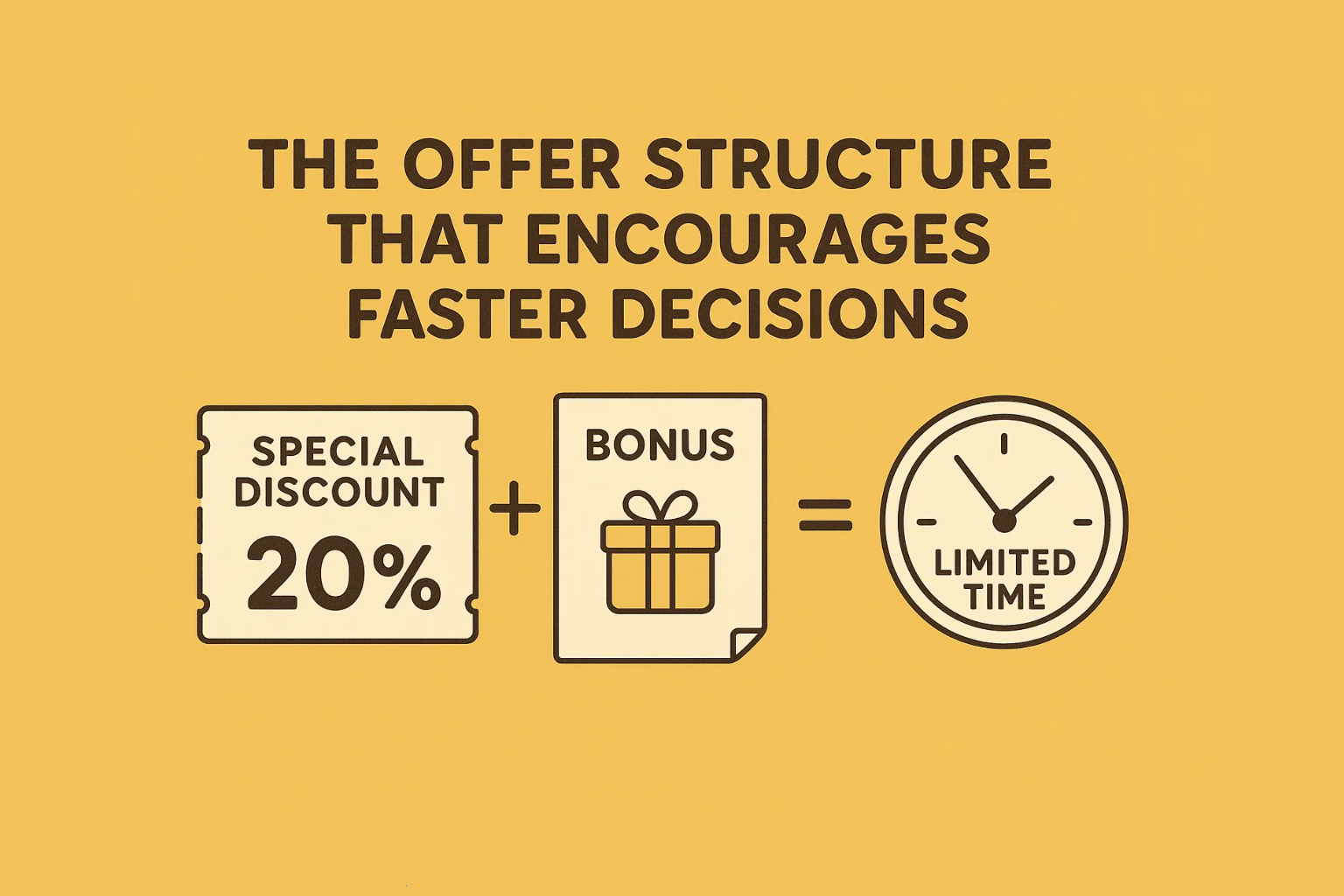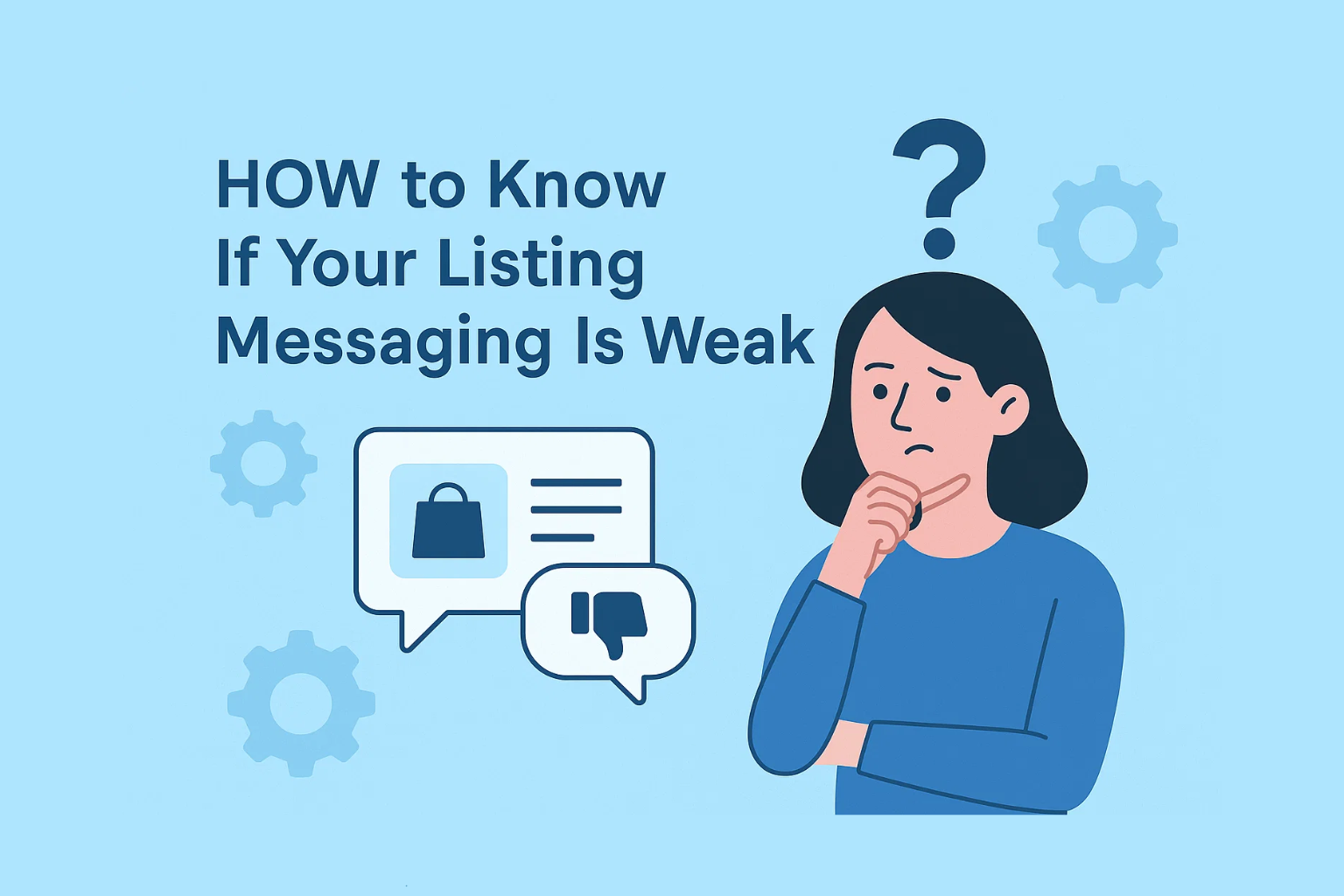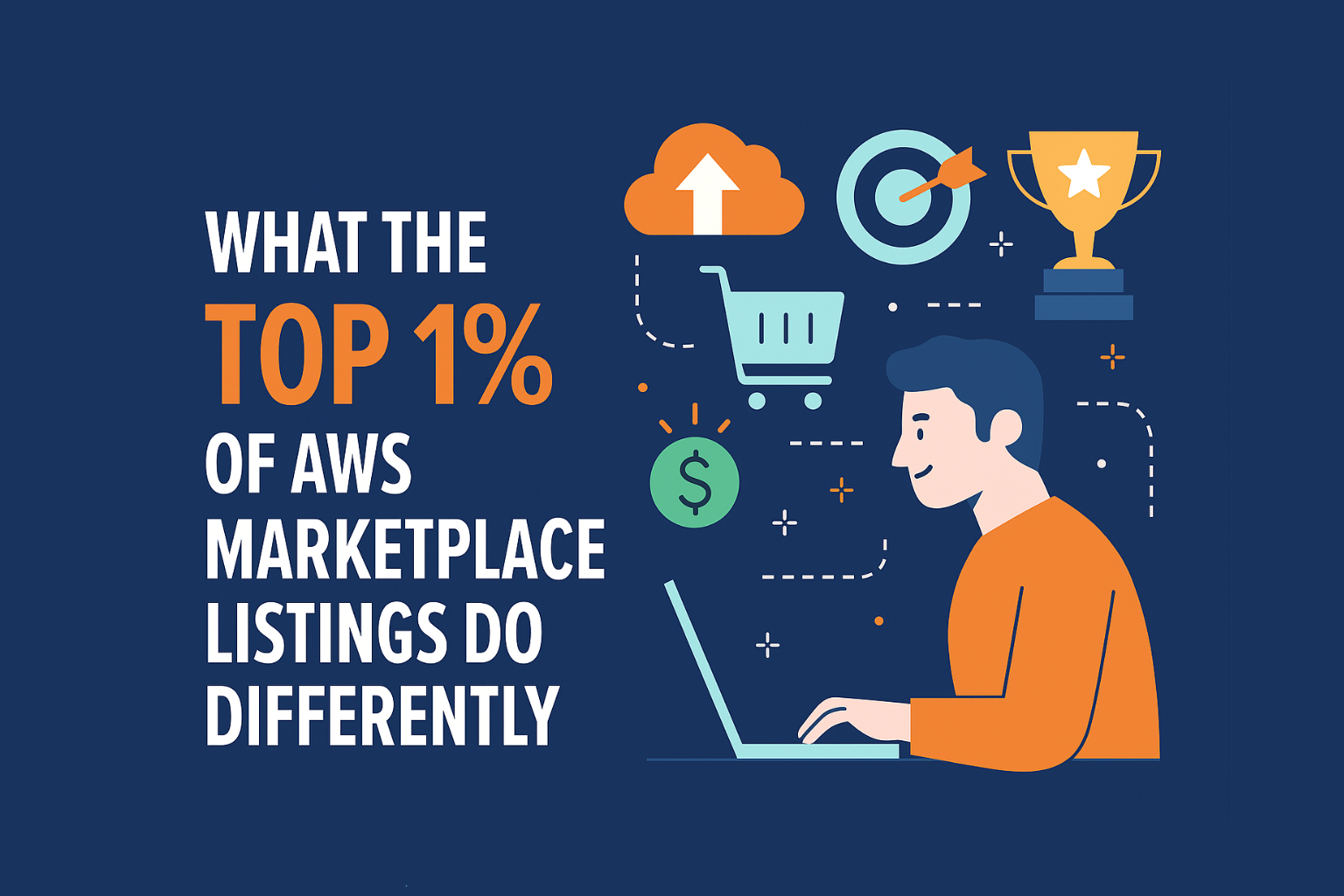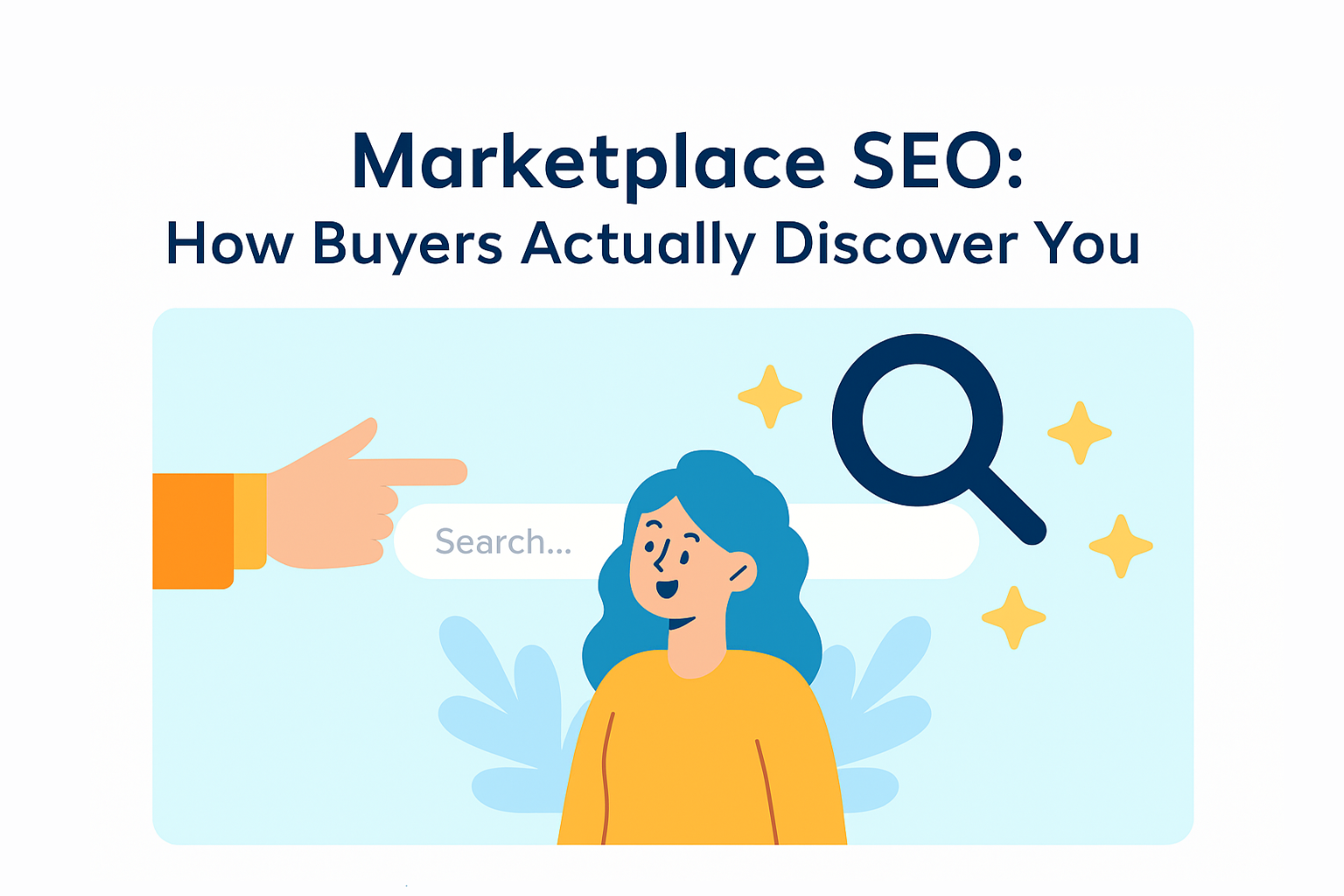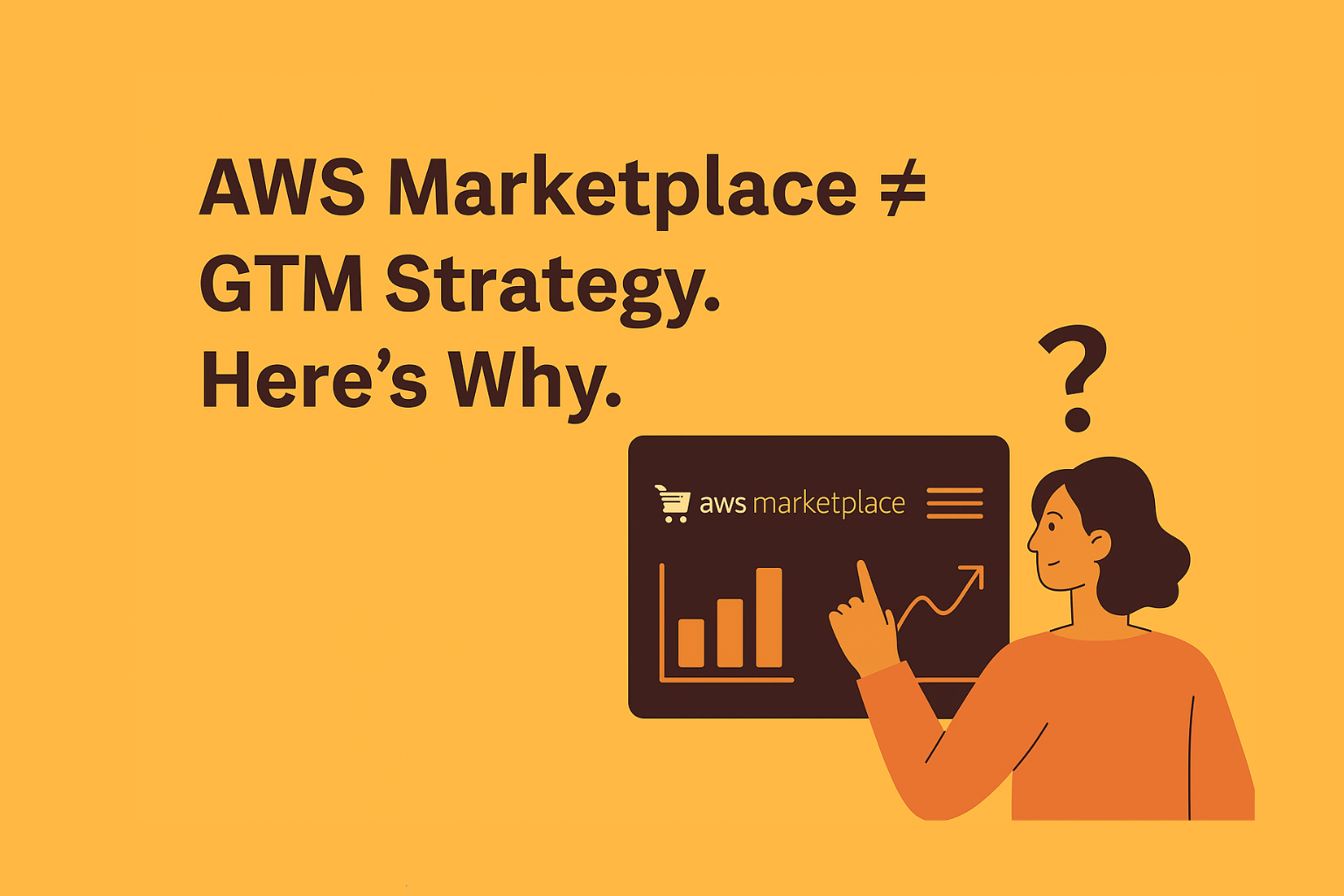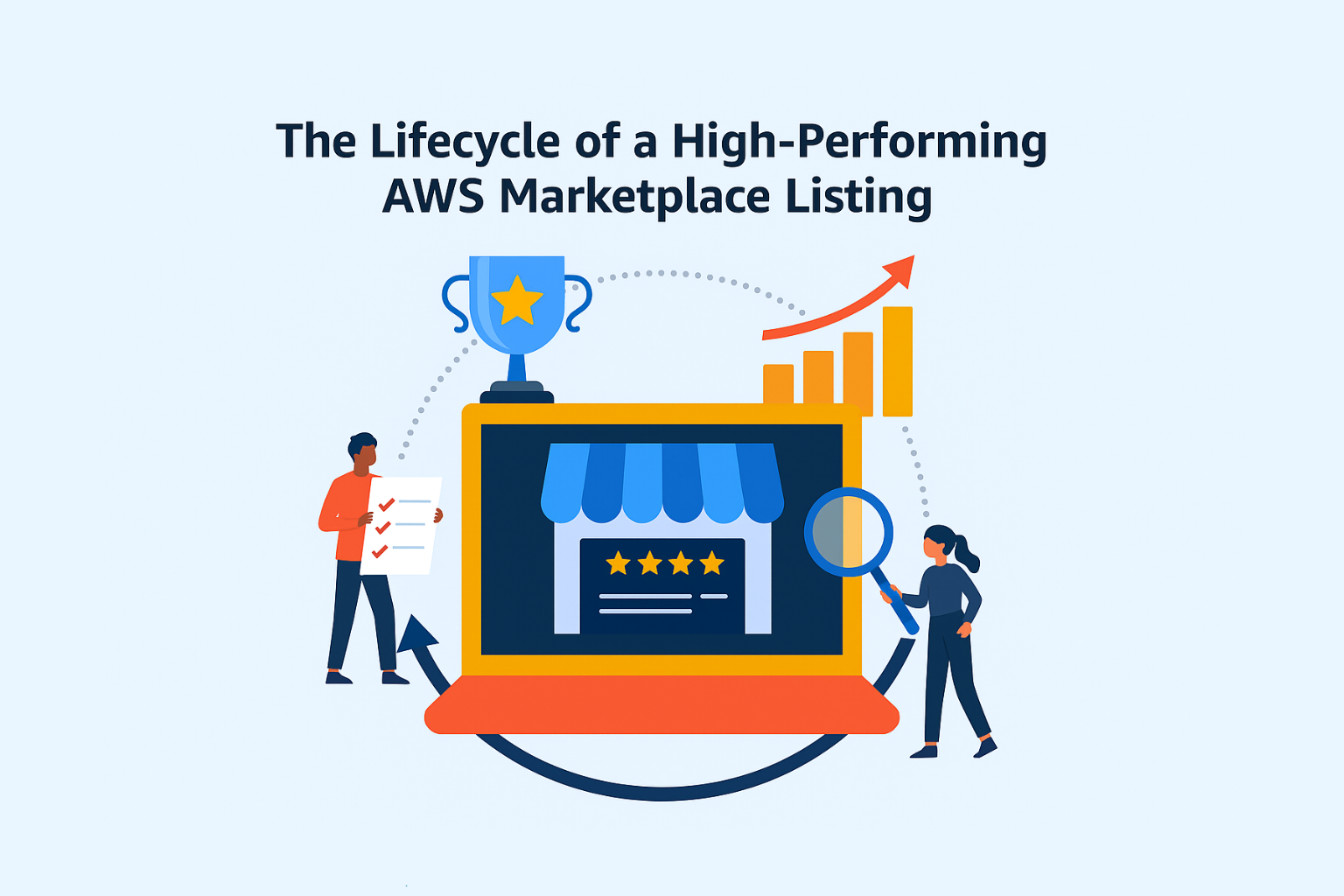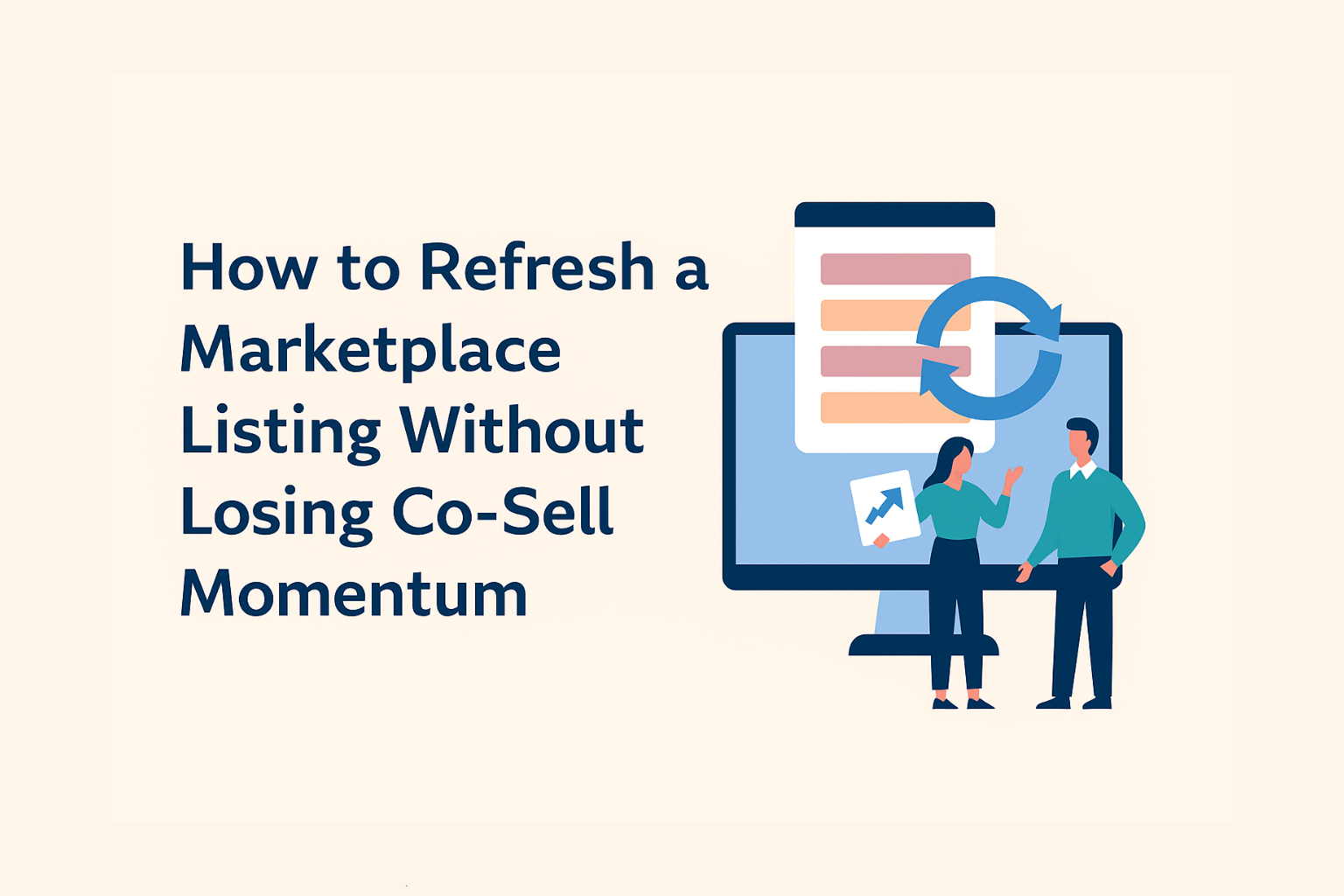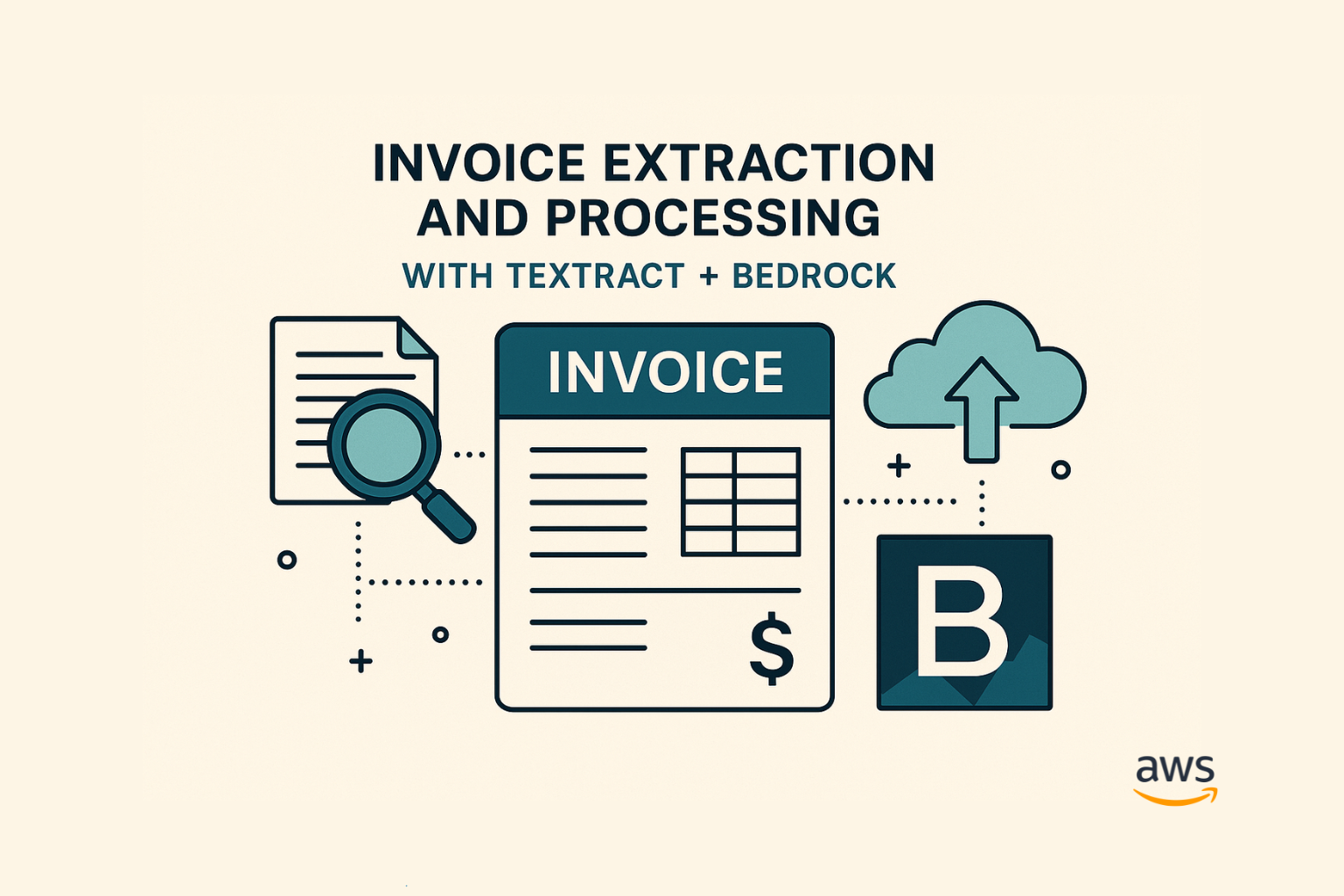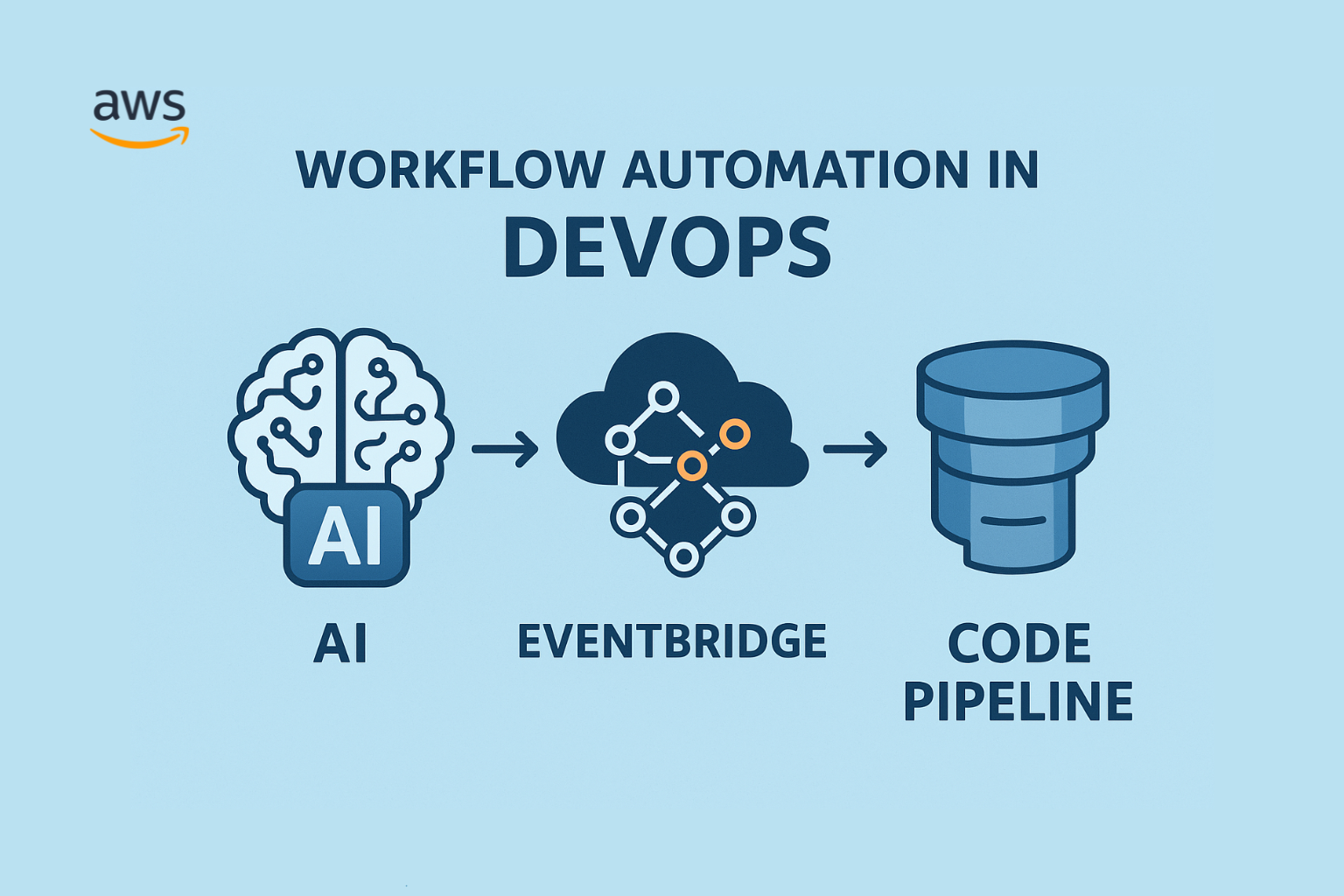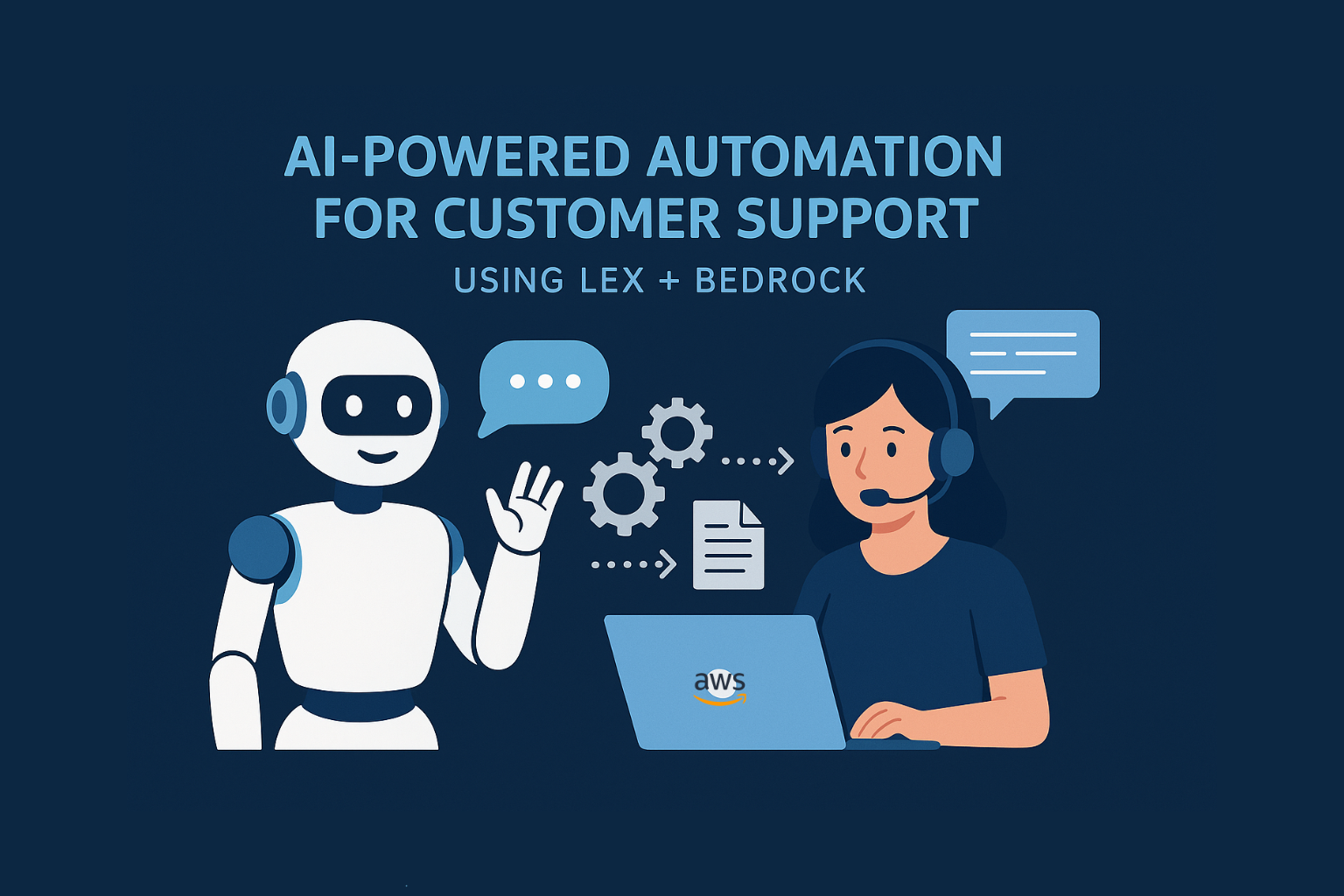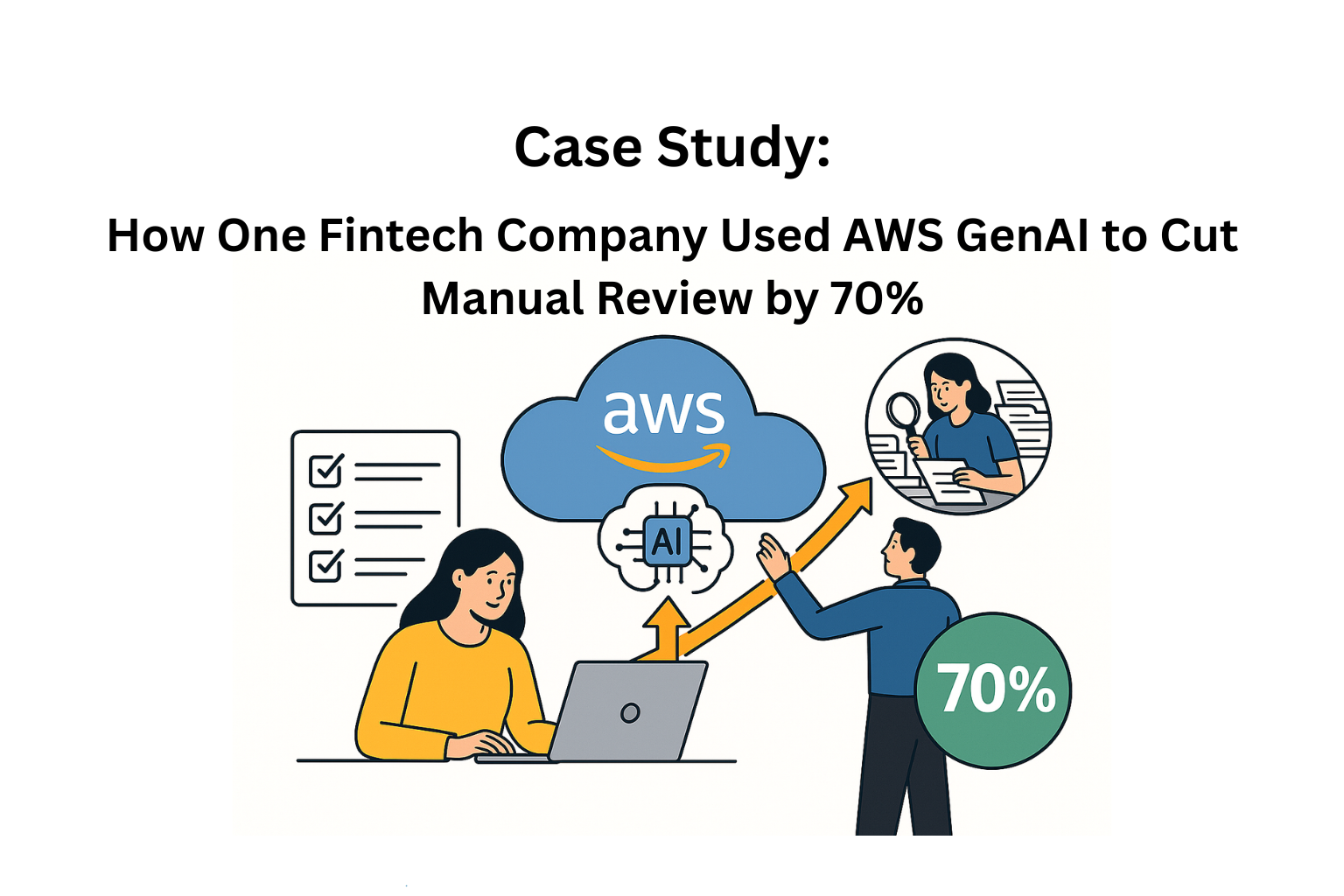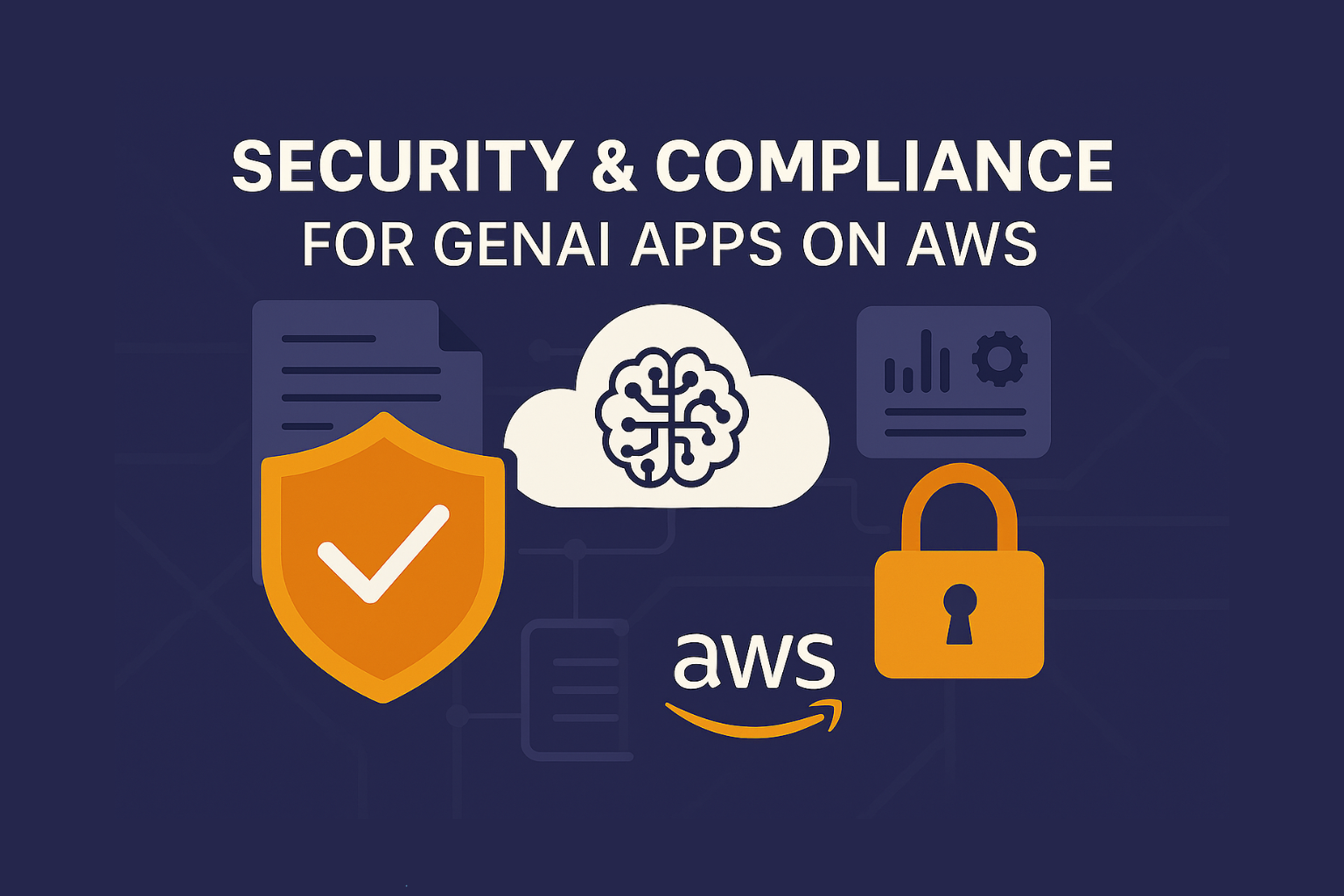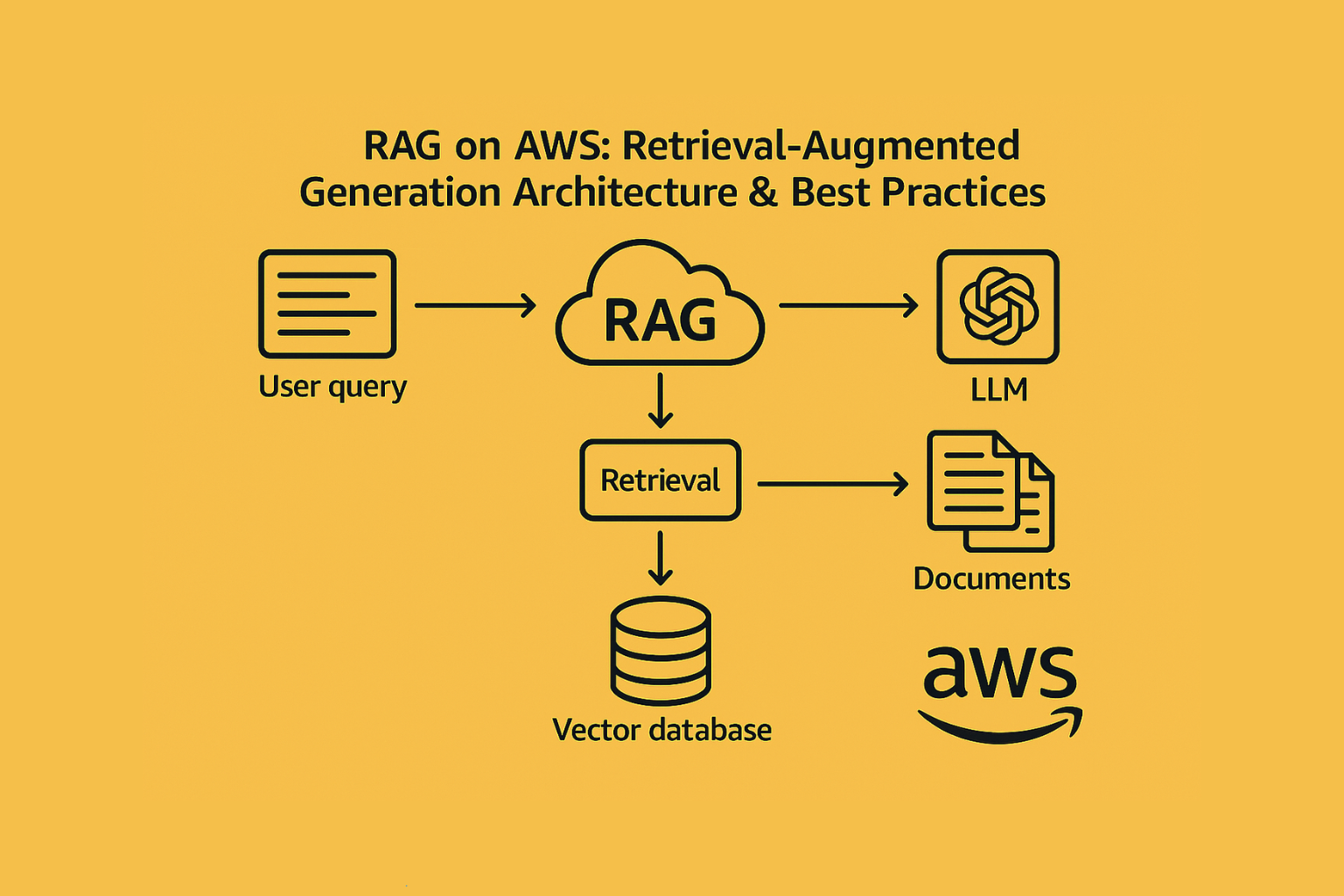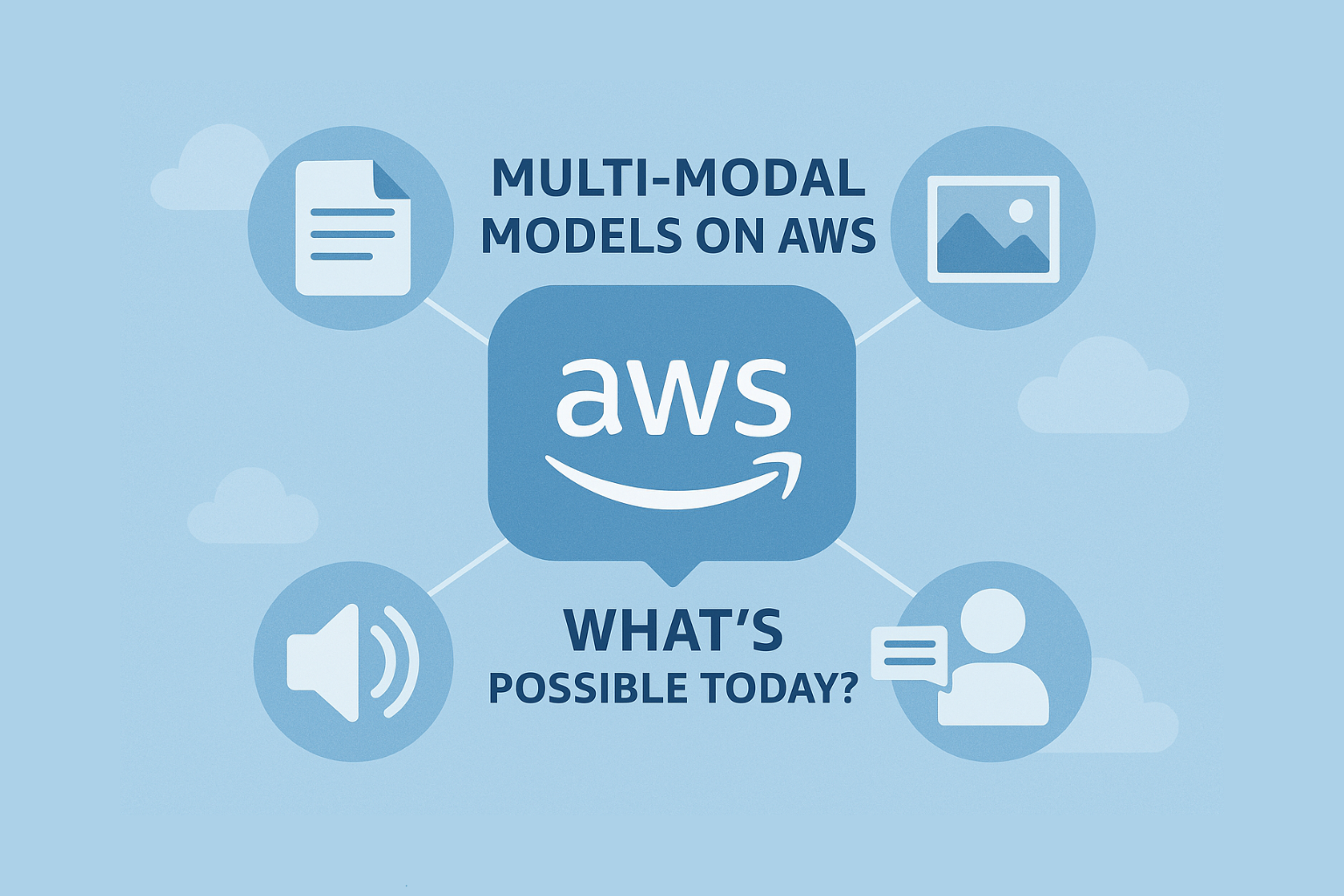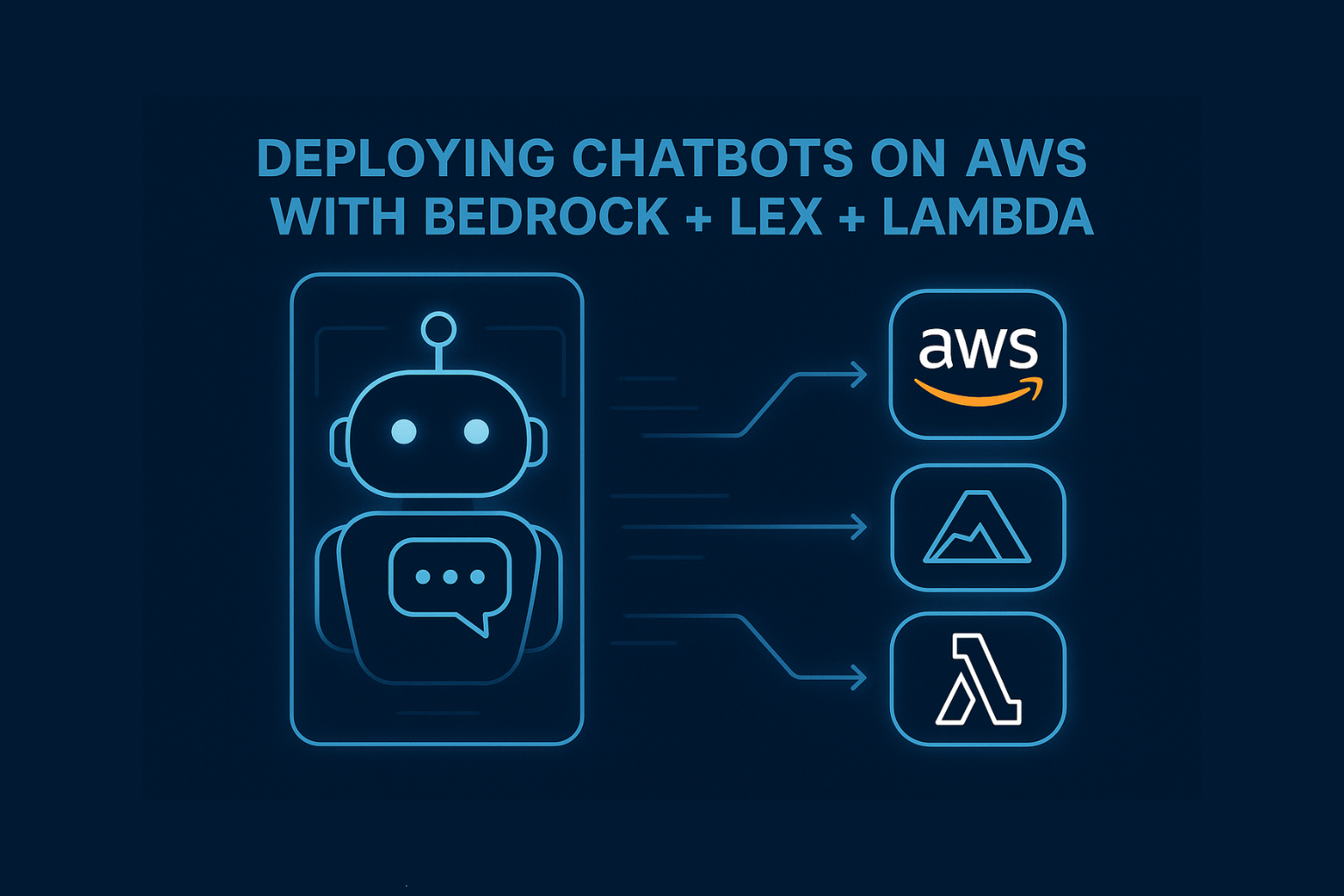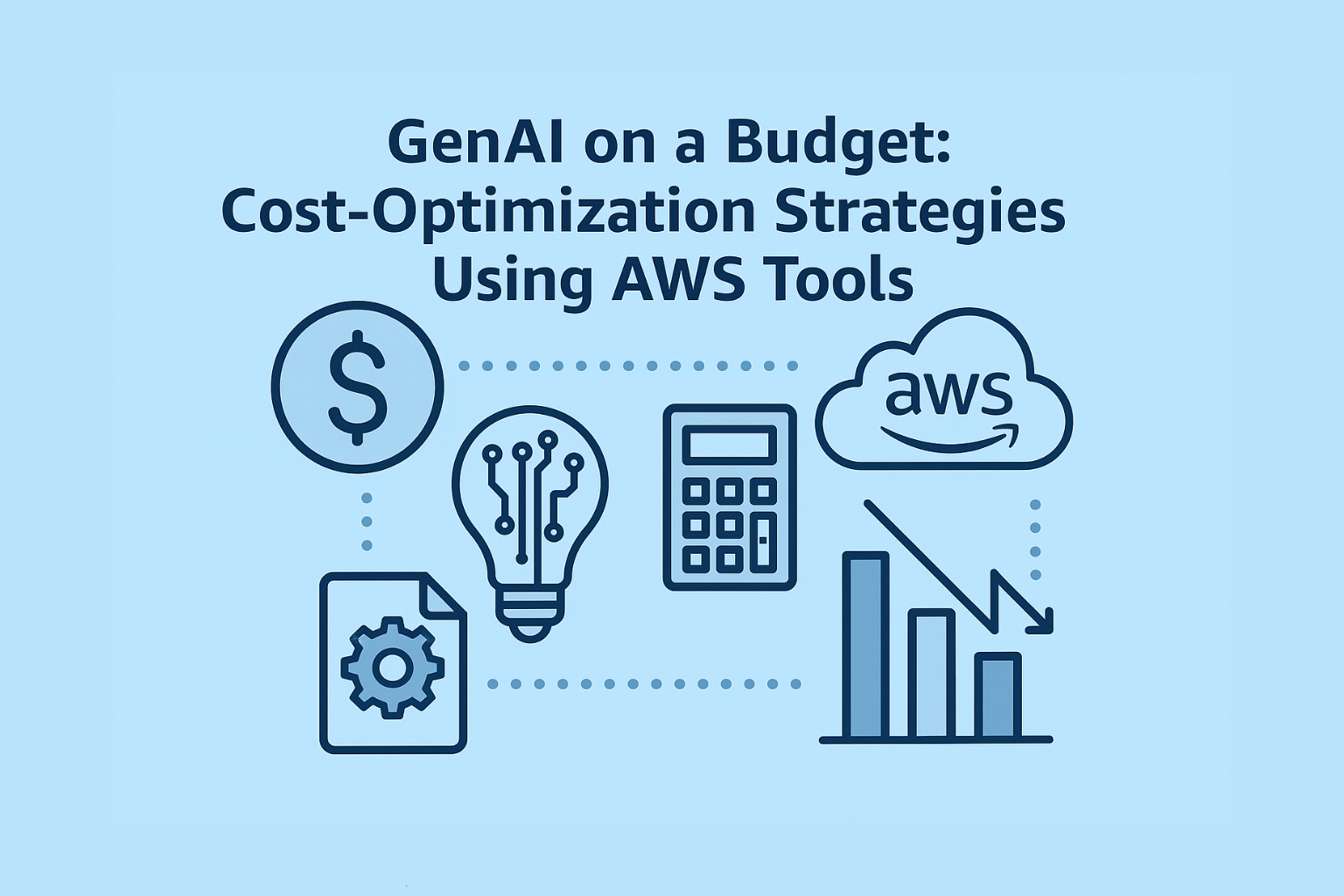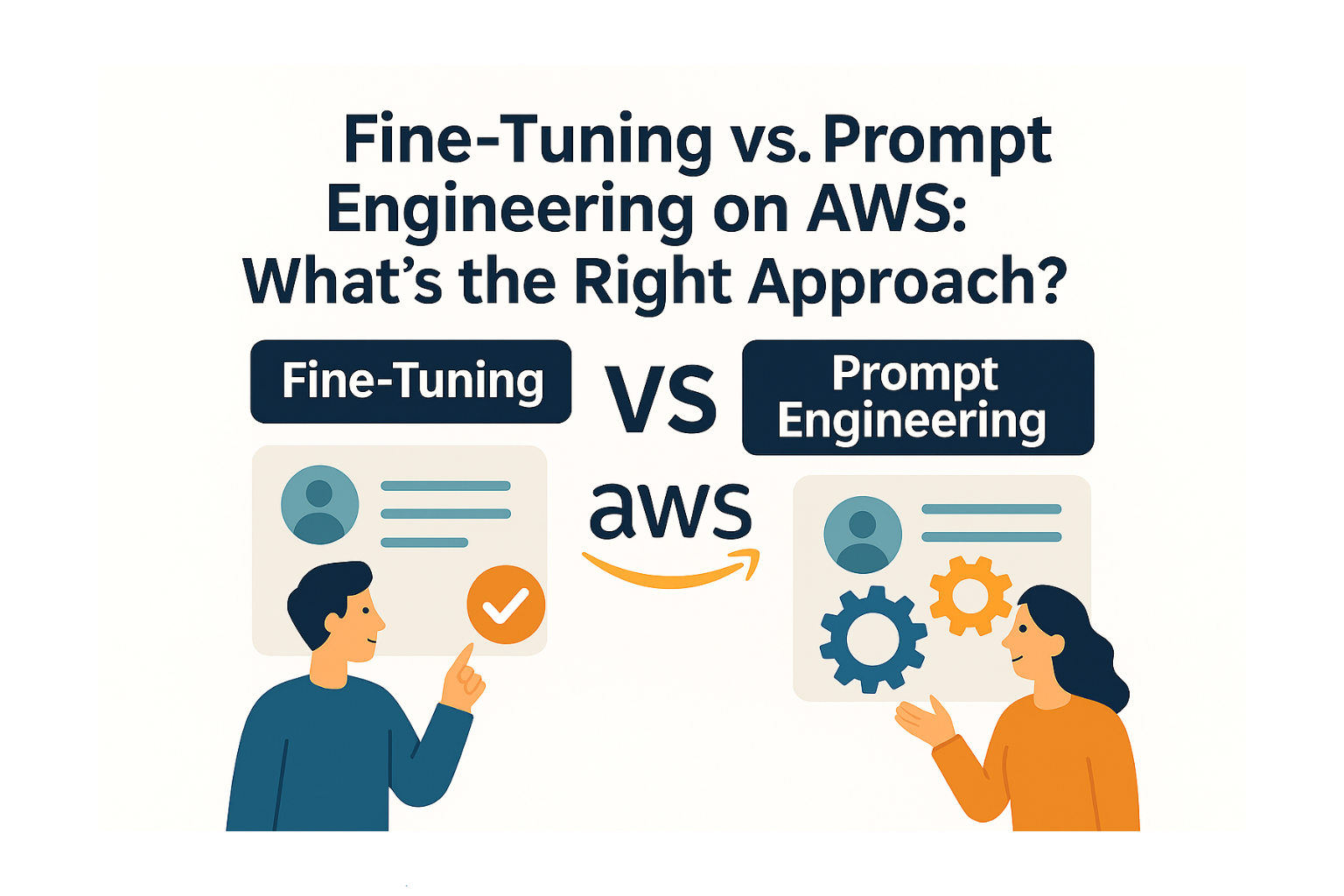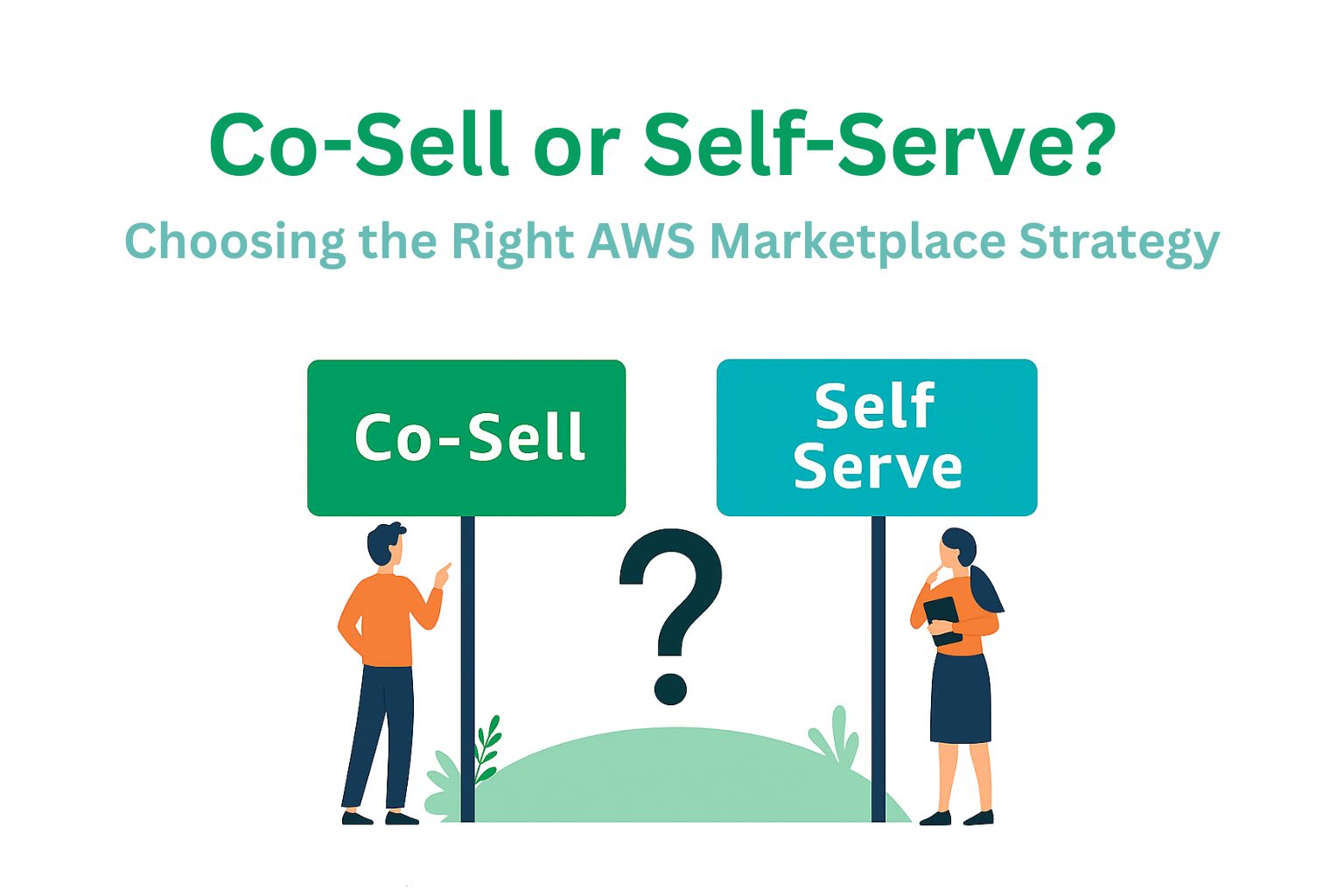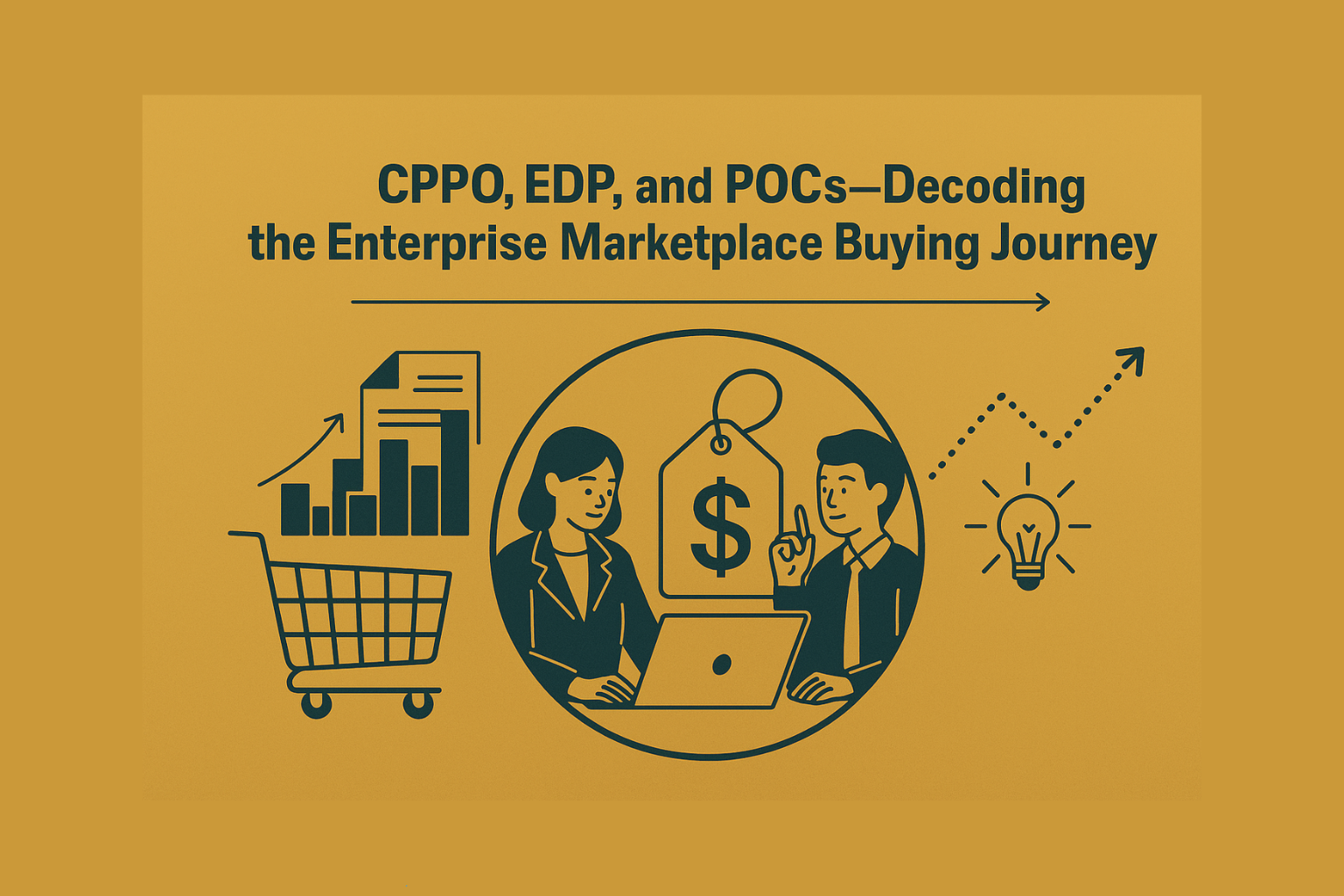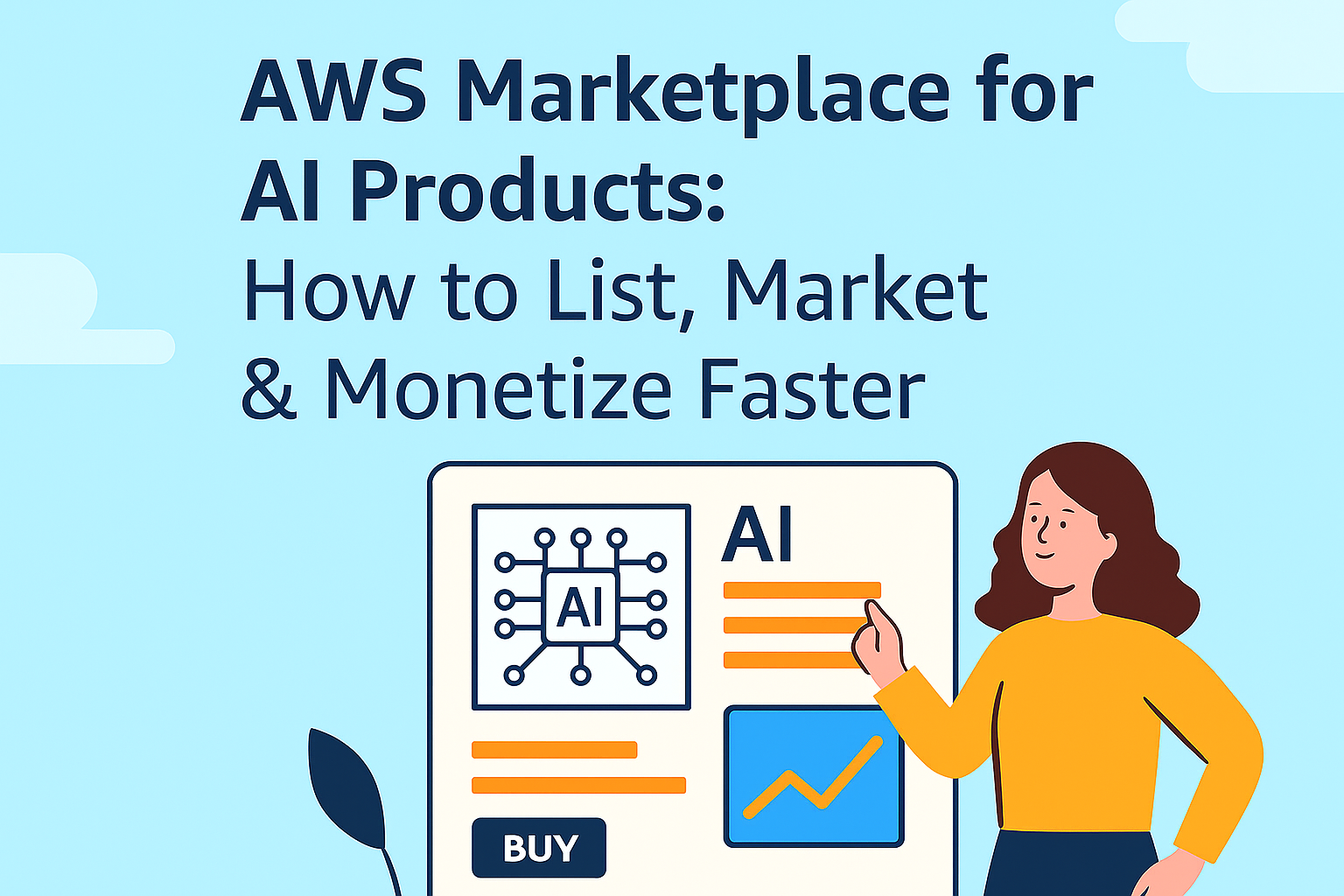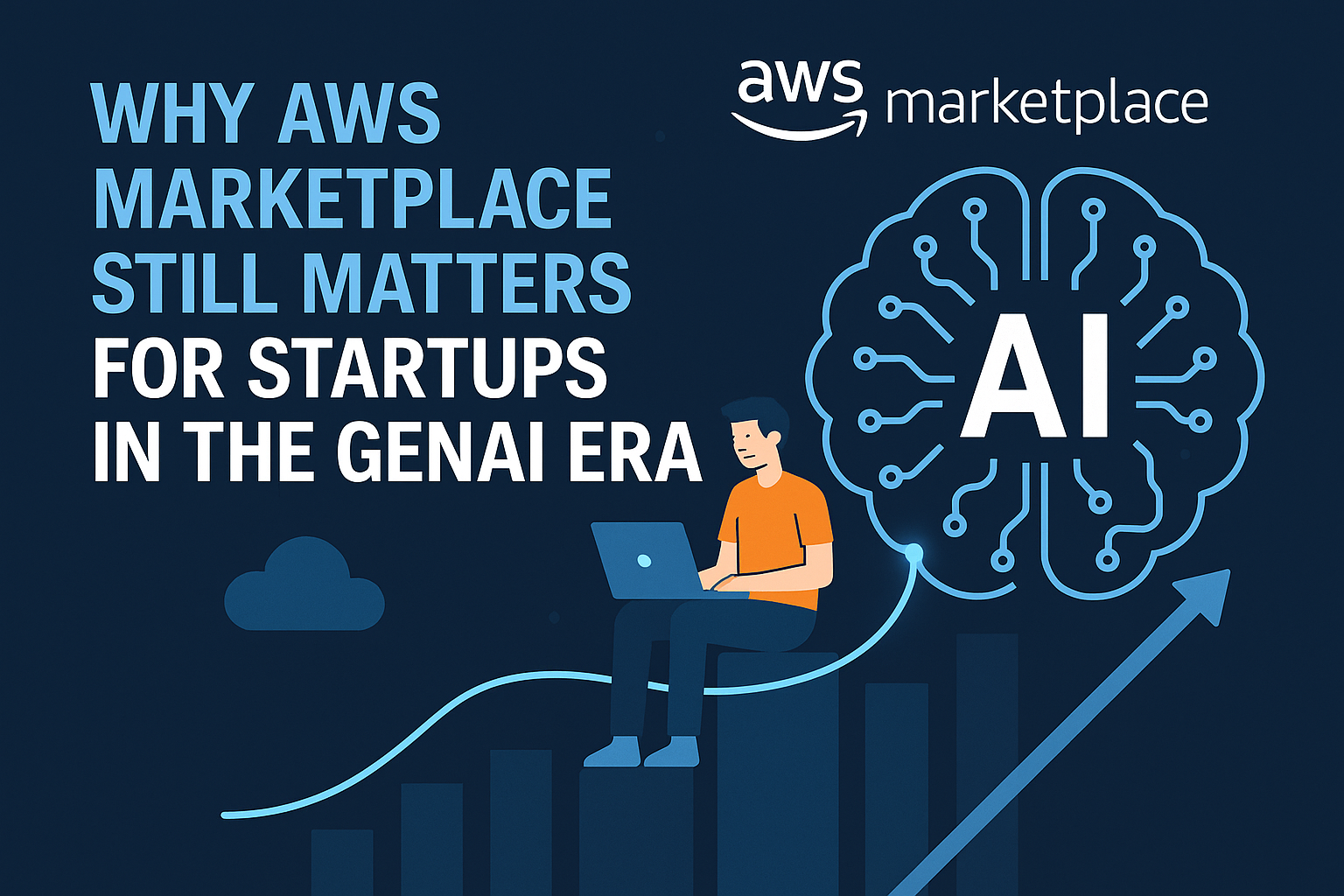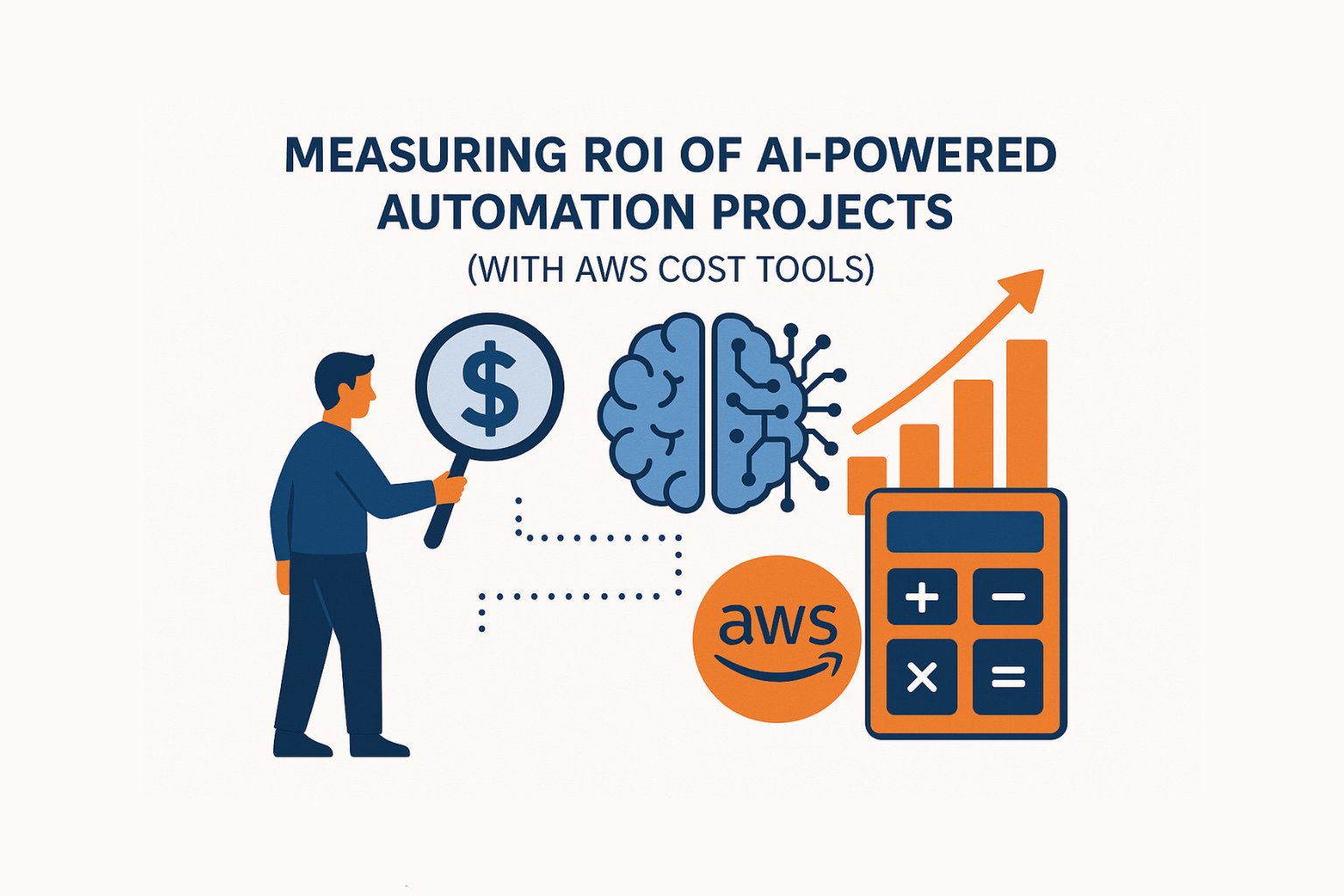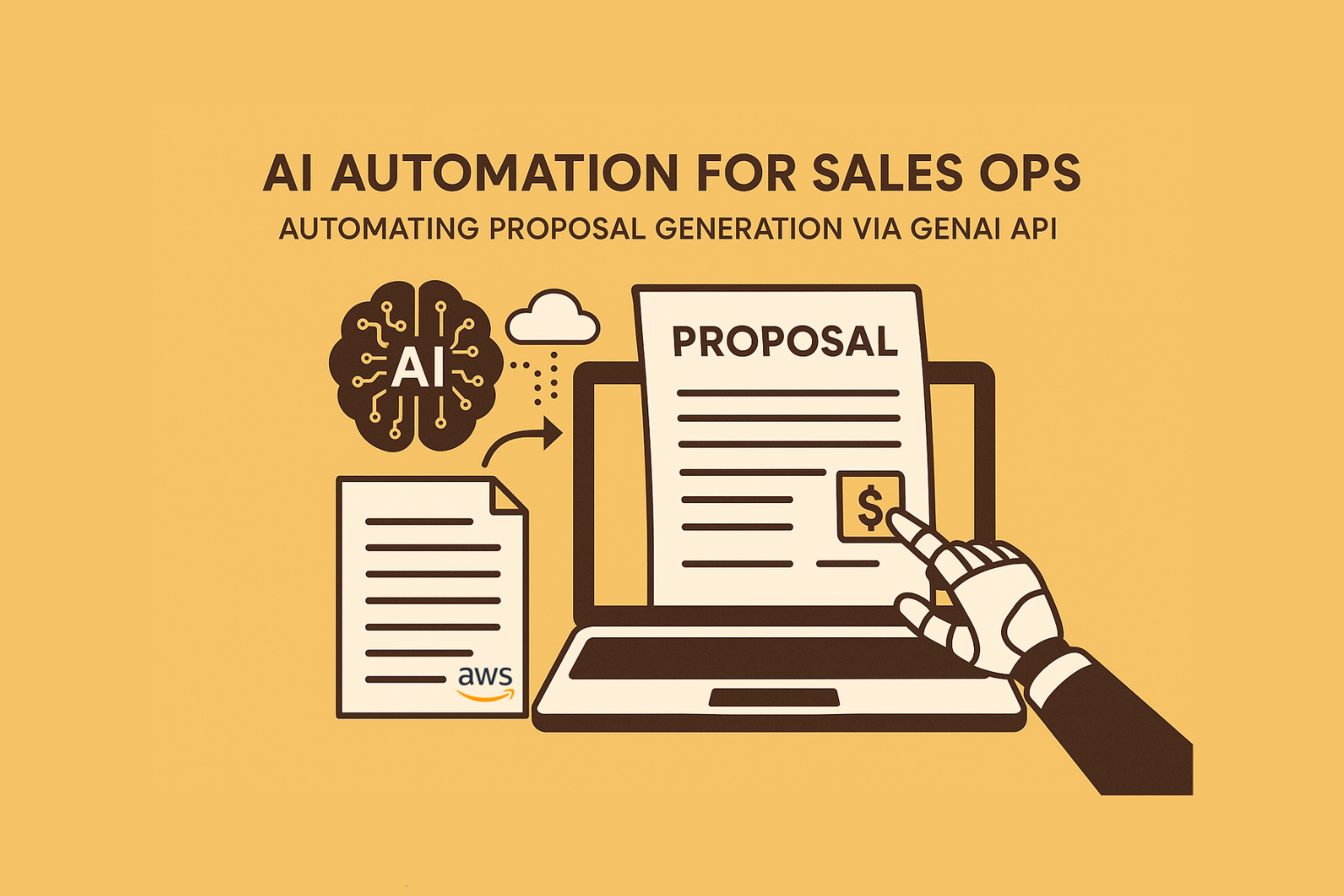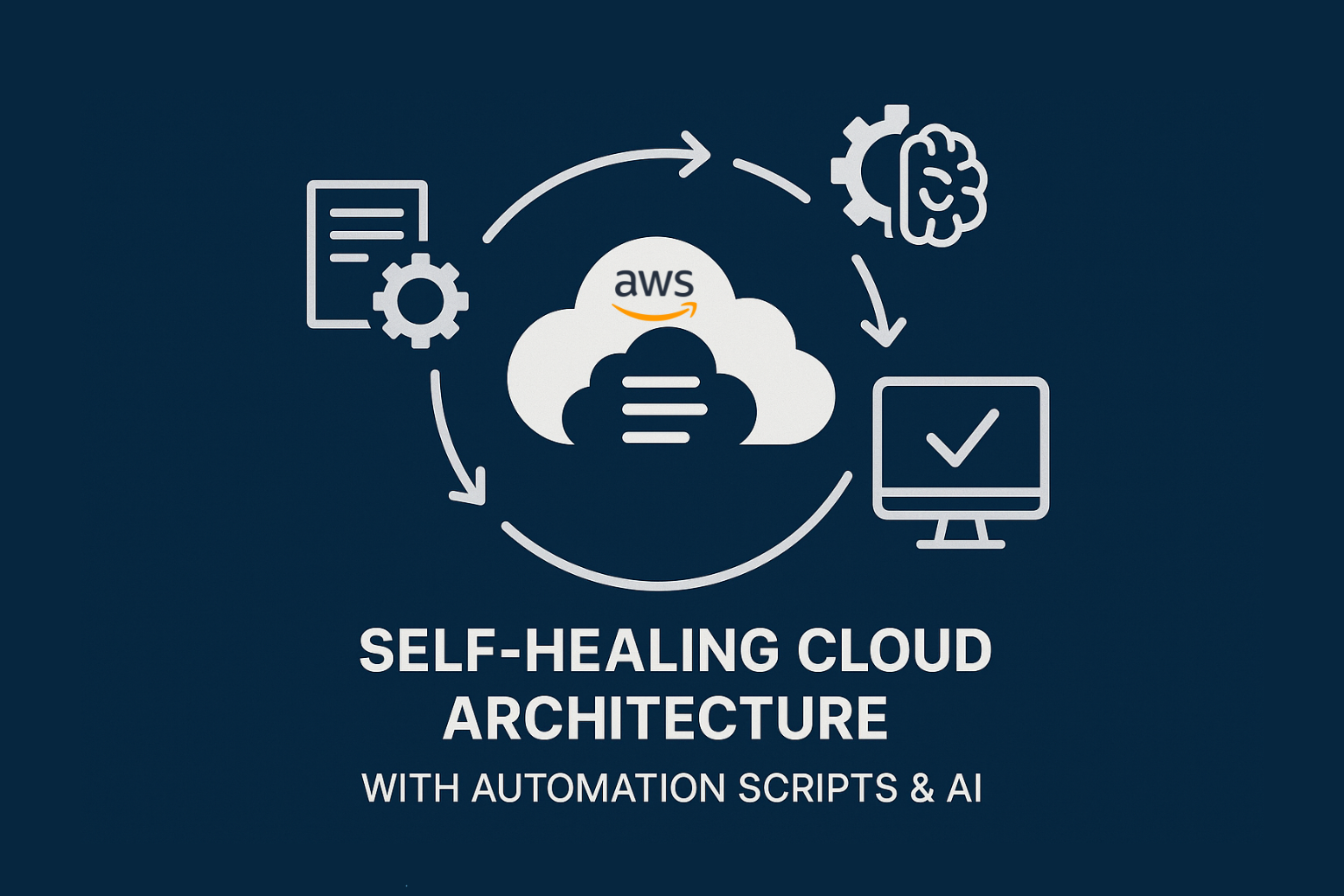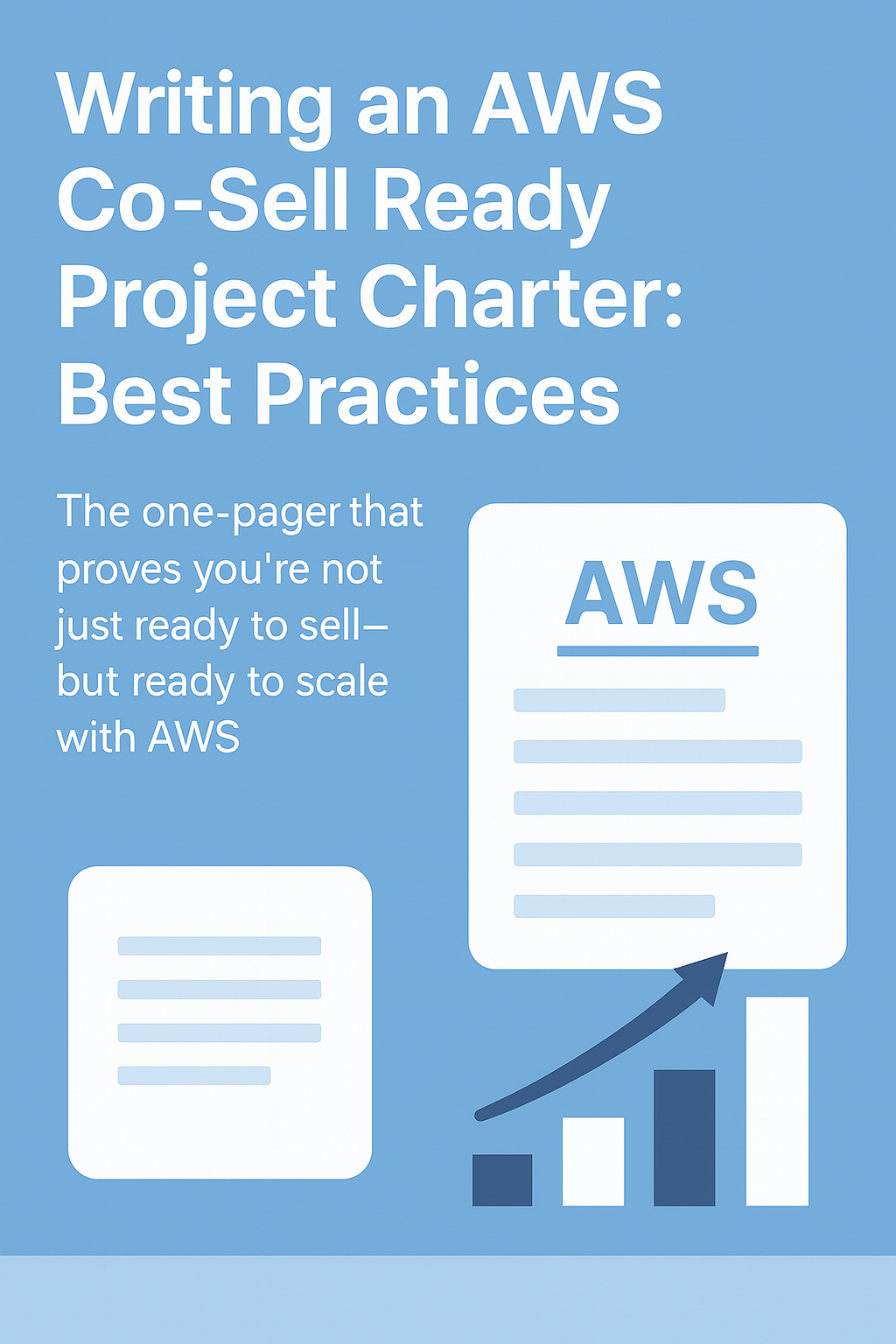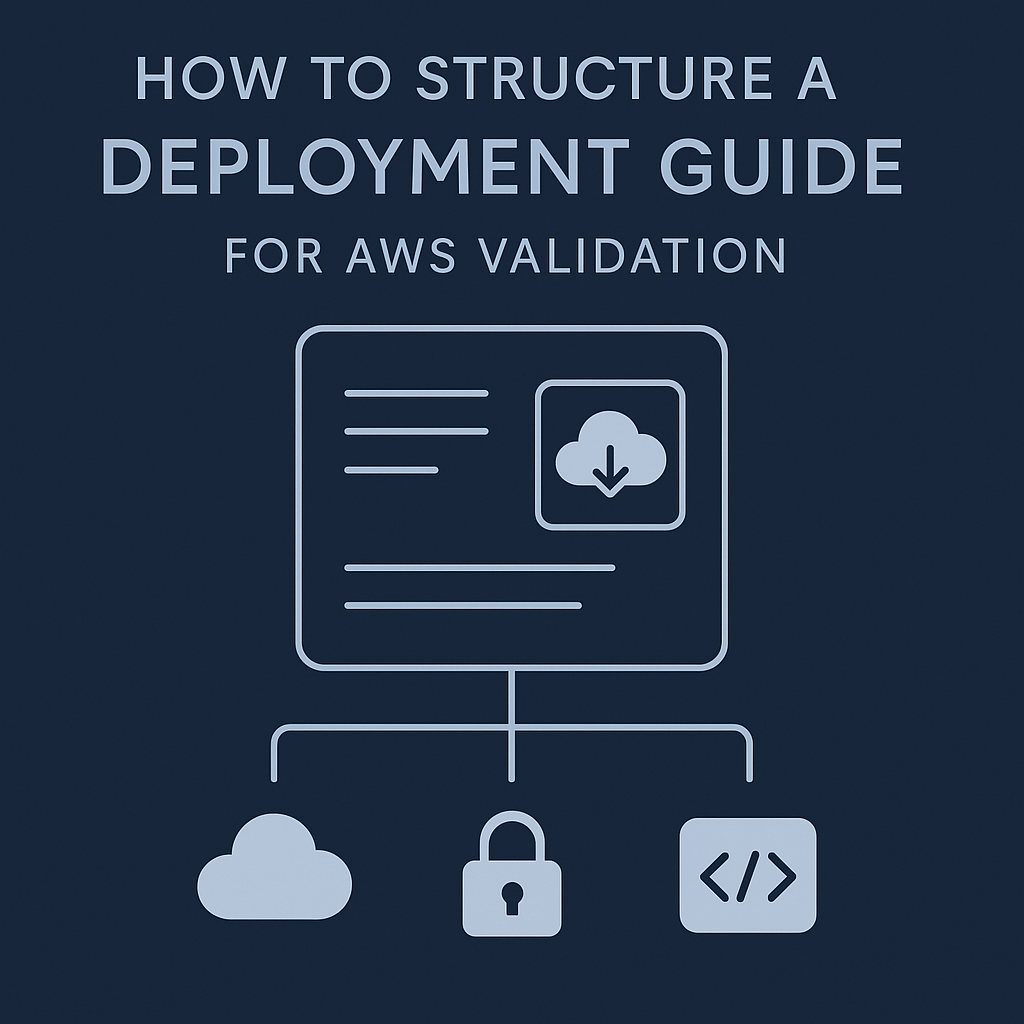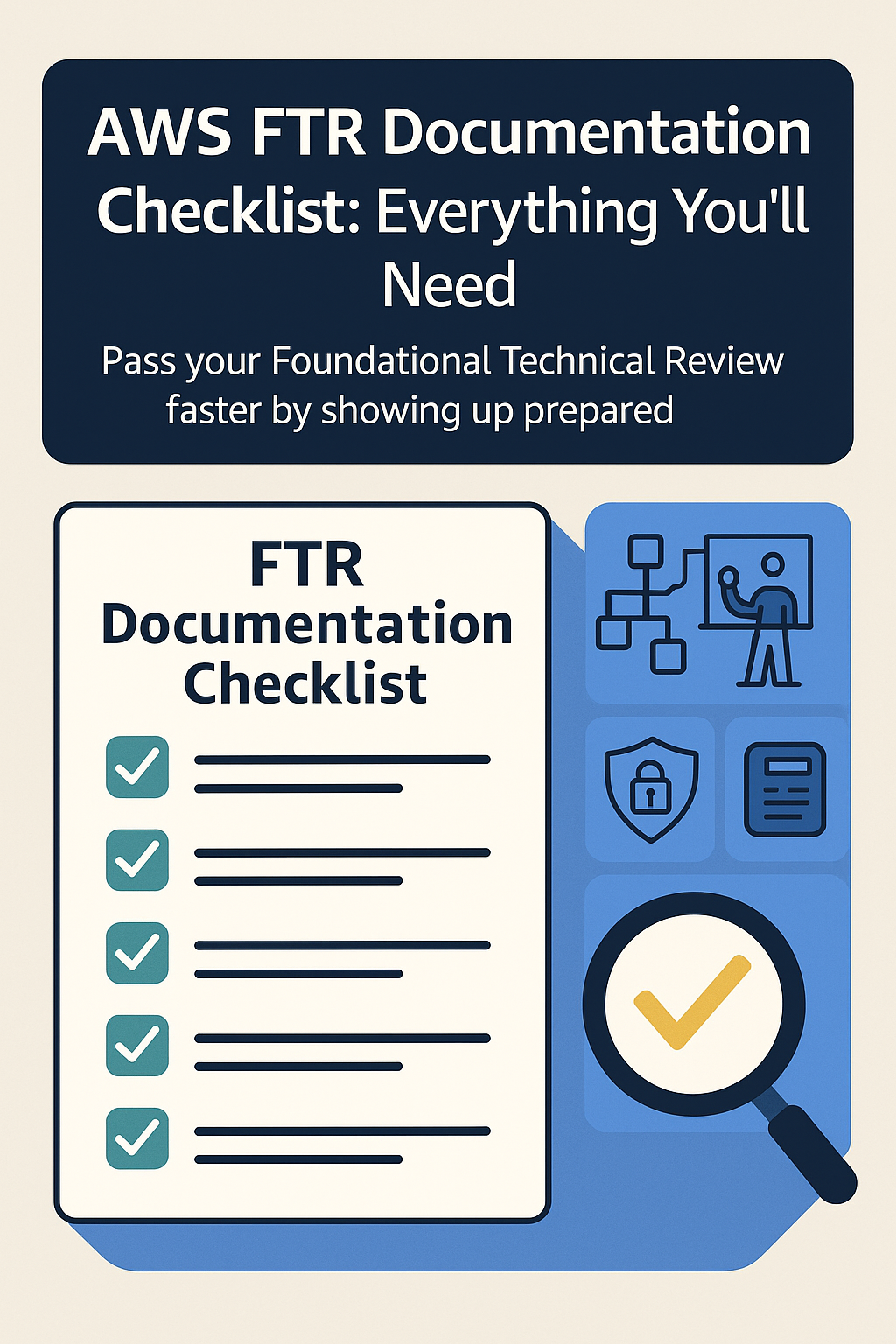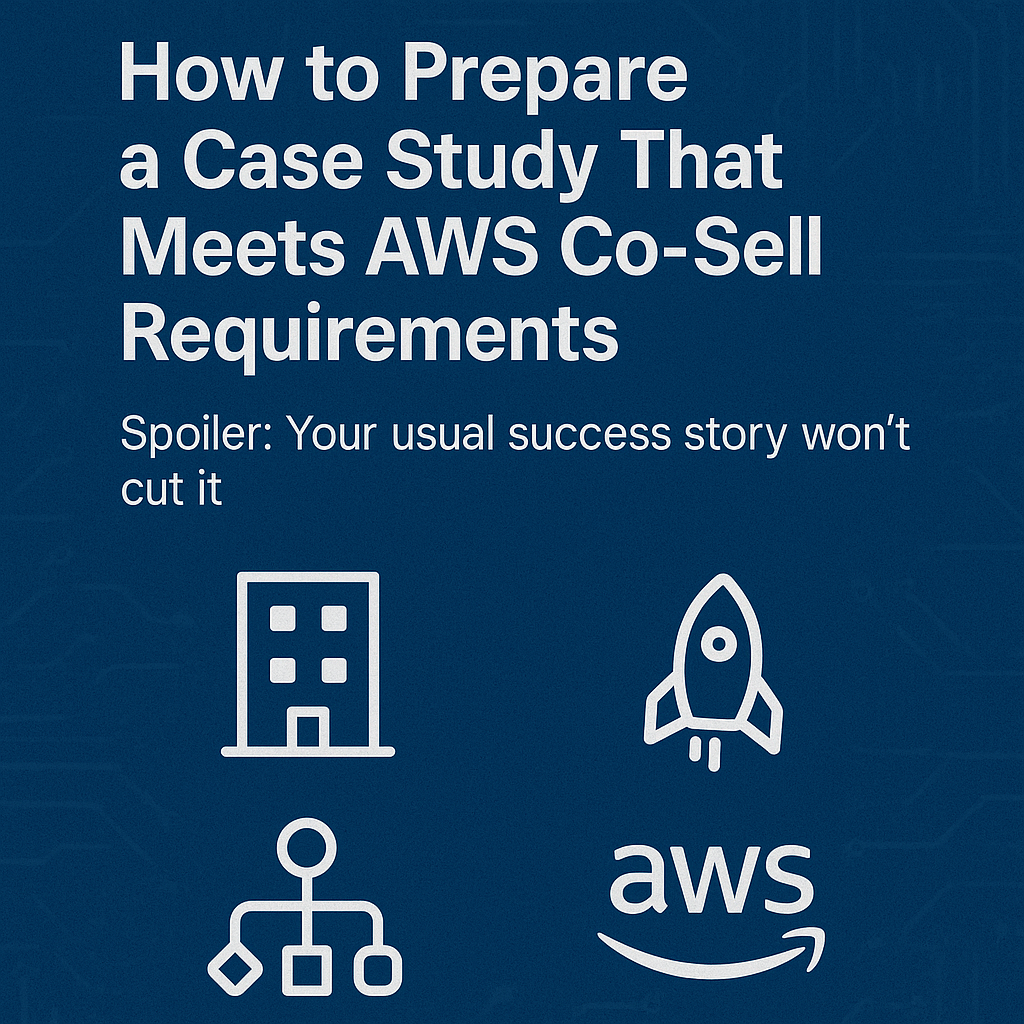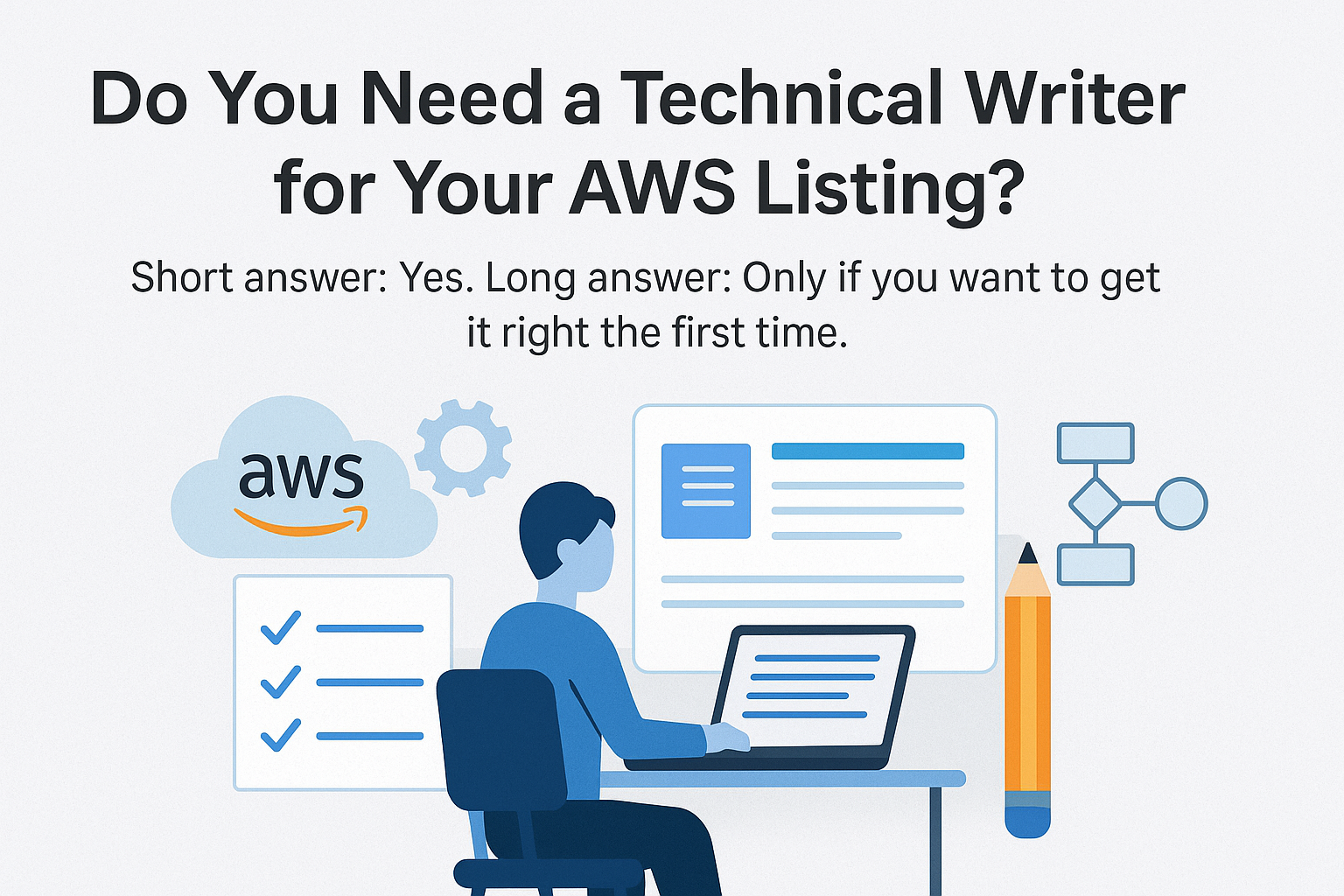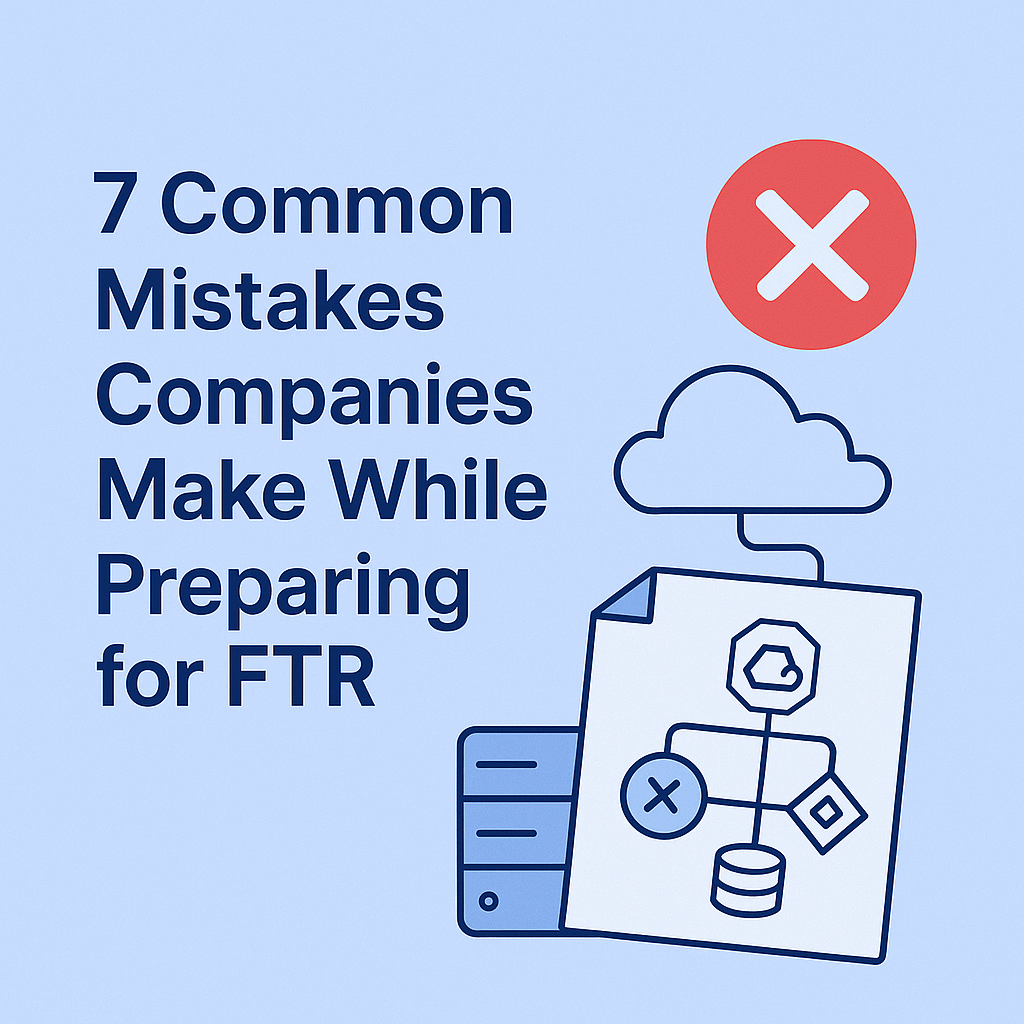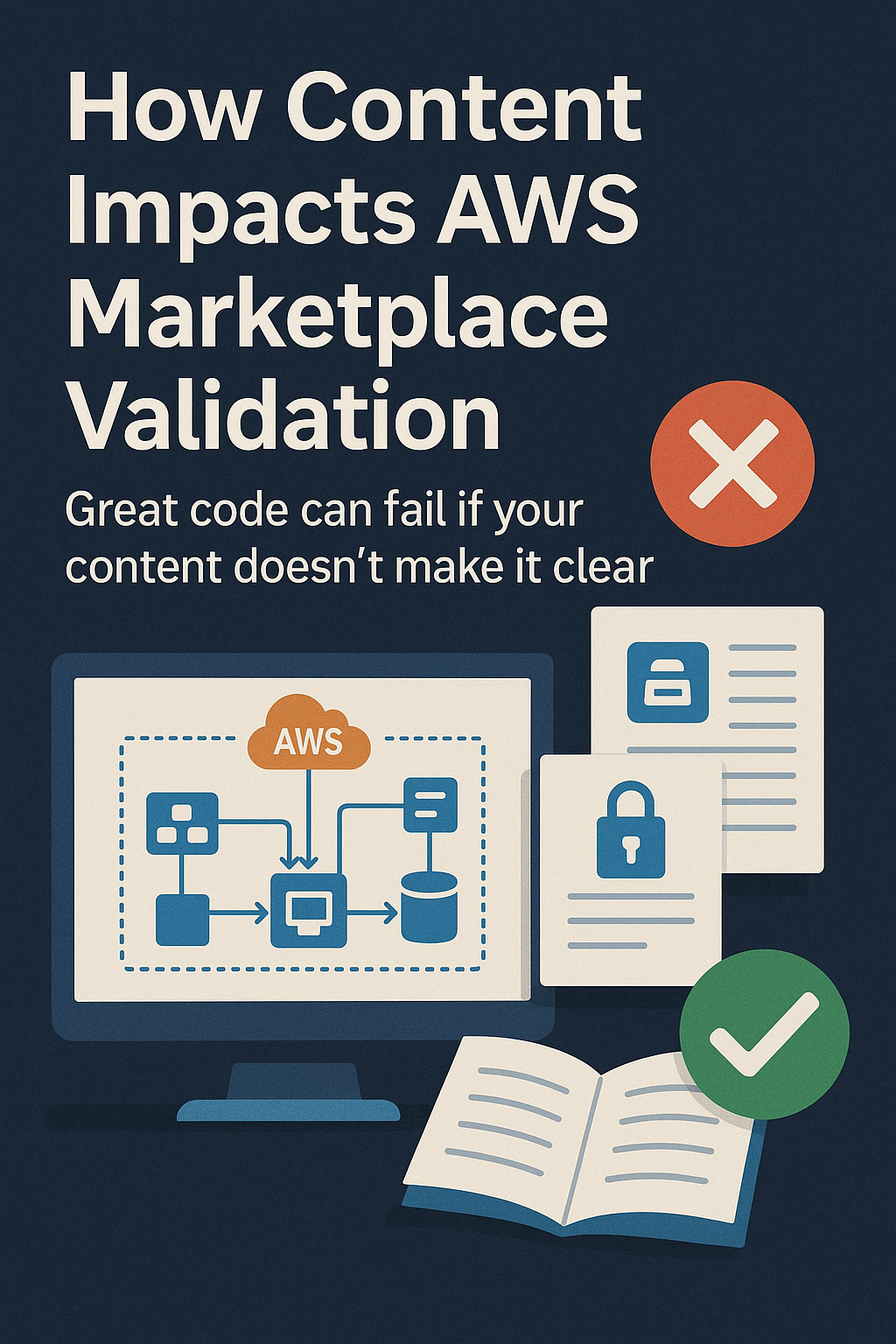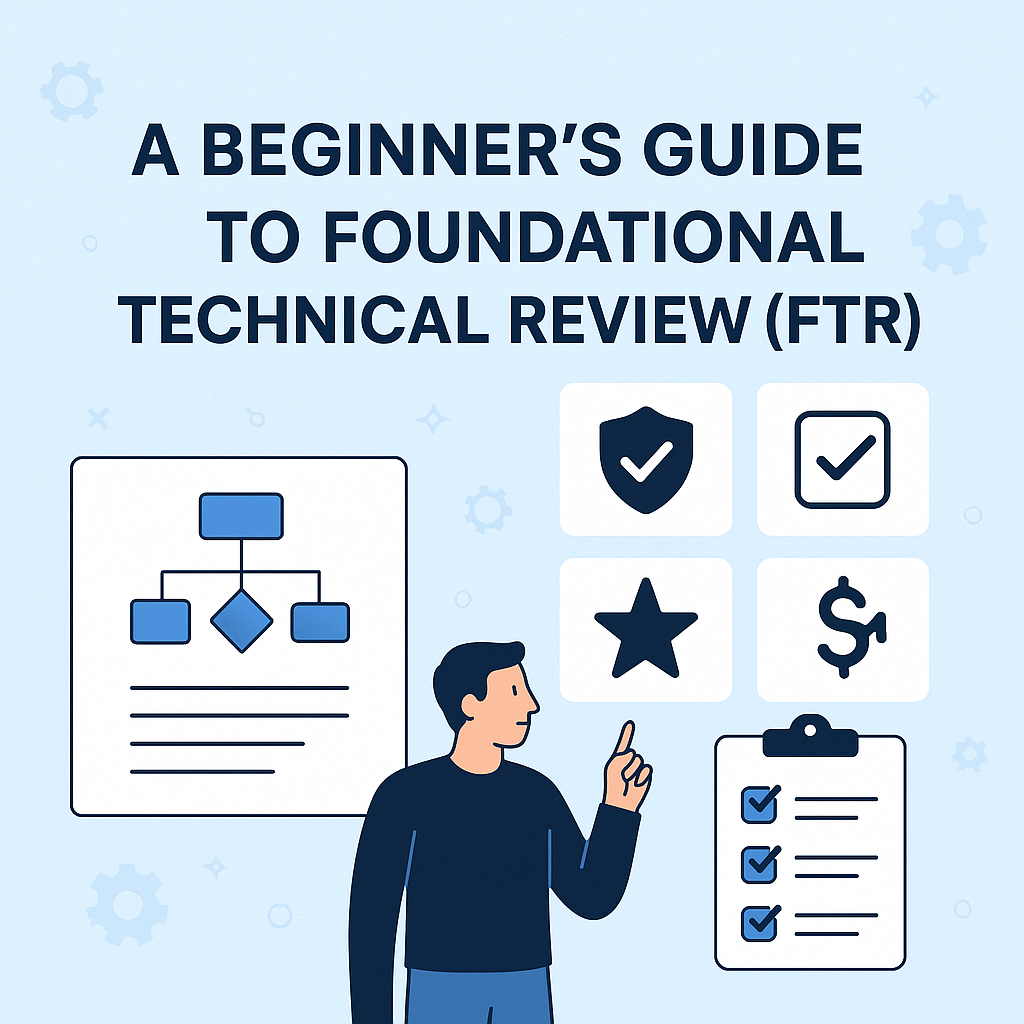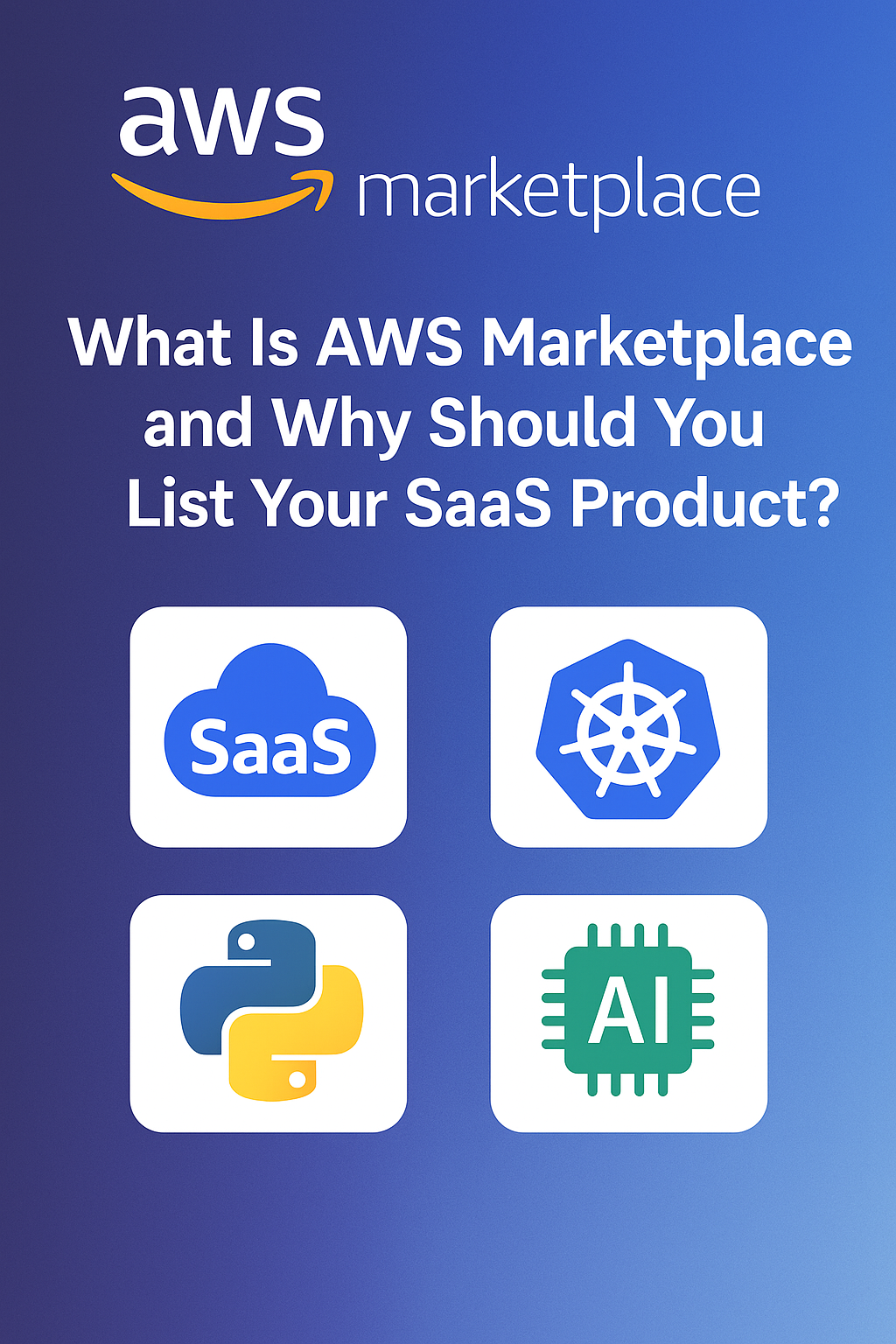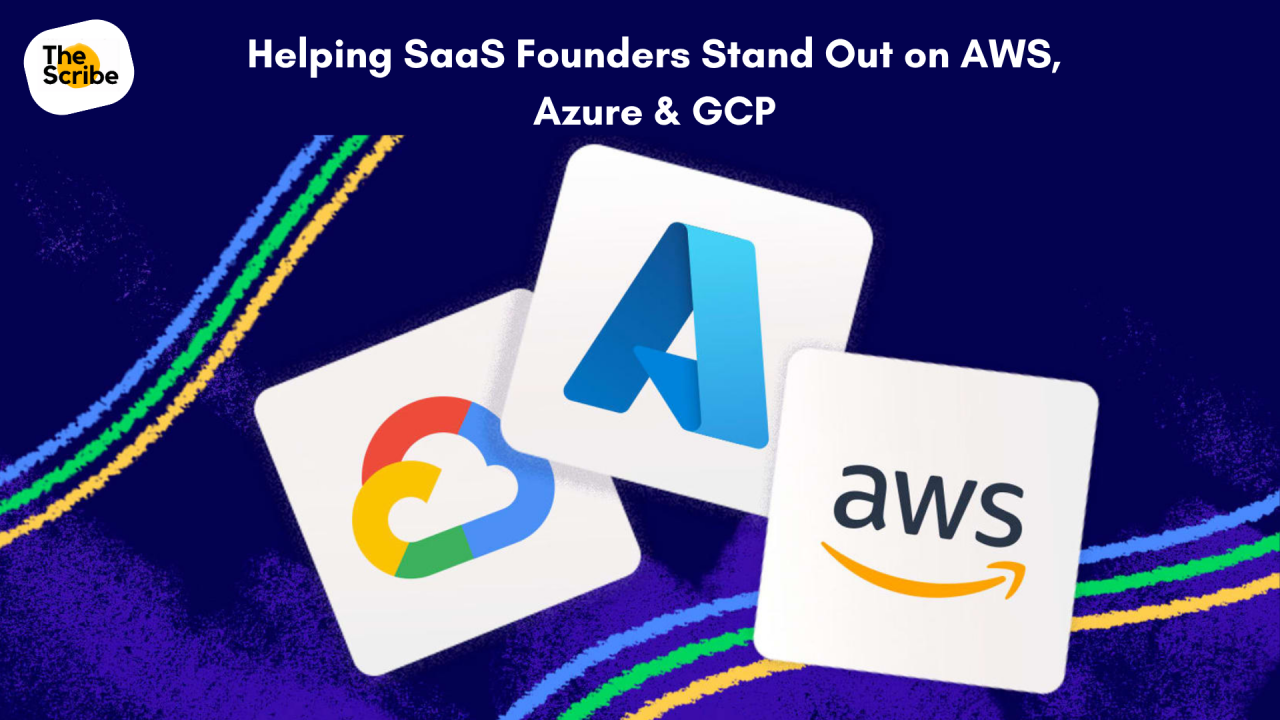Getting listed was step one. Building a pipeline requires much more.
Introduction
So you’re live on AWS Marketplace.
You’ve done the work, passed the Foundational Technical Review (FTR), built a listing, maybe even had a few meetings with your AWS Partner Manager.
But here’s what no one tells you:
Just being listed on AWS Marketplace doesn’t guarantee leads.
In fact, the vast majority of Marketplace listings sit untouched, no pipeline, no private offers, no Co-Sell traction.
Why?
Because most vendors approach AWS Marketplace like it’s a directory listing, not a revenue channel.
In this post, we’ll explore the real reasons your listing isn’t converting and what to do if you want Marketplace to actually drive growth, not just visibility.
Problem 1: Your Listing Was Built for Approval, Not for Conversion
Most listings are written to pass AWS Marketplace requirements, not to convert buyers.
That means:
- Descriptions that are technically accurate but buyer-blind
- Feature lists without real-world outcomes
- One-size-fits-all messaging that doesn’t speak to any specific industry or persona
But here’s the thing: AWS reviewers aren’t your customers.
Your buyers are IT leads, developers, architects, and procurement teams inside AWS accounts and they’re looking for:
- Proof your product solves a real problem
- Confidence it works on AWS (not just in theory)
- Trust that your company is Co-Sell ready and secure
Solution:
Treat your listing like a conversion-optimized landing page.
Structure it like this:
| Section | Purpose |
|---|---|
| Problem Statement | Lead with the buyer’s challenge or pain |
| Use Case Examples | Industry or persona-specific scenarios your product solves |
| AWS Architecture | Show how your product runs on AWS—include a diagram if possible |
| Business Outcomes | Metrics and real-world impact (e.g., “reduced processing time by 43%”) |
| Next Step CTA | Don’t just offer “Subscribe” — include a link to a demo, form, or private offer inquiry |
Problem 2: You Only Offer One Way to Buy
Marketplace offers flexibility, but most listings don’t use it.
You might have:
- One public SaaS contract
- One annual plan
- No Private Offers
That might work for startups or developers evaluating tools, but it’s not built for how enterprise buyers actually buy.
What’s missing?
- Private Offers for pricing negotiations
- Proof-of-Concept (POC) offers to lower initial friction
- CPPO (Channel Partner Private Offers) for reseller or VAR deals
- Contract-based options for enterprise purchasing workflows
Solution:
Create multiple offers to match different buyer stages.
| Offer Type | Use Case |
|---|---|
| Trial/POC Offer | For evaluation-stage teams |
| Public Listing w/ Metered Billing | For dev/test or usage-based pricing |
| Annual Contract + Private Offer | For procurement alignment with AWS EDP |
| CPPO-based Listing | For resellers or AWS sellers driving large deals |
Make your listing flexible. Friction kills deals. Options invite them.
Problem 3: You’re Invisible to the AWS Field Team
You may be listed, but if AWS Partner Managers and Account Executives don’t understand what you do, they won’t co-sell you.
Common visibility gaps:
- Your listing doesn’t clearly state the buyer persona or use case
- You’re not in the right Marketplace category or keyword set
- You haven’t briefed your Partner Manager with real customer wins
- There’s no Co-Sell-ready case study or deck in their hands
Solution:
Treat AWS like a GTM partner, not a hosting platform.
What AWS sellers need to confidently pitch you:
| Asset | Why It Matters |
|---|---|
| One-Pager or Co-Sell Deck | Makes it easy for Partner Managers to position you internally |
| Case Study (Co-Sell format) | Provides proof and vertical alignment |
| Reference Architecture | Helps Partner SAs explain your value to technical buyers |
| ACE Pipeline Entry | Makes you eligible for deal tracking and support |
The more AWS knows how to position you, the more deals you’ll be invited into.
Problem 4: You Haven’t Built a Funnel Around the Listing
Too many vendors “list and leave.”
They assume AWS will drive all the traffic.
But AWS Marketplace is not a search-first platform like Google.
You need to drive traffic yourself.
Solution: Build a Marketplace-Centric Funnel
Here’s how:
| Funnel Stage | Action |
|---|---|
| Awareness | LinkedIn content, blog posts, webinars promoting the listing |
| Interest | Create gated content (architecture PDF, case study) linked to your listing |
| Consideration | Run campaigns with CTAs that drive to Private Offers |
| Decision | Use CPPO or custom pricing via Private Offers |
Also:
- Link to your listing from your website, demo page, and nurture emails
- Use UTM parameters to track traffic by channel
- Create a Microsite or landing page about “Buying [Your Product] on AWS Marketplace”
Pro Tip: Track the Right Metrics
Don’t just look at “views” or “clicks.”
Start measuring:
- Demo requests from your listing
- Private offer volume
- Co-Sell influenced pipeline (via ACE)
- Lead quality by channel
- Time to deal close (Marketplace vs non-Marketplace)
This gives you insight into where to invest next.
Conclusion
If your AWS Marketplace listing isn’t driving leads, it’s likely not a tech issue.
It’s a strategy issue.
Here’s your recap checklist:
- Rewrite your listing for buyers, not just reviewers
- Offer multiple pricing paths to reduce friction
- Enable AWS field teams with real GTM collateral
- Build a content funnel that drives traffic and captures demand
- Track metrics that go beyond vanity views
Want a full audit of your listing with a custom lead-gen strategy?
Contact us for more details.
